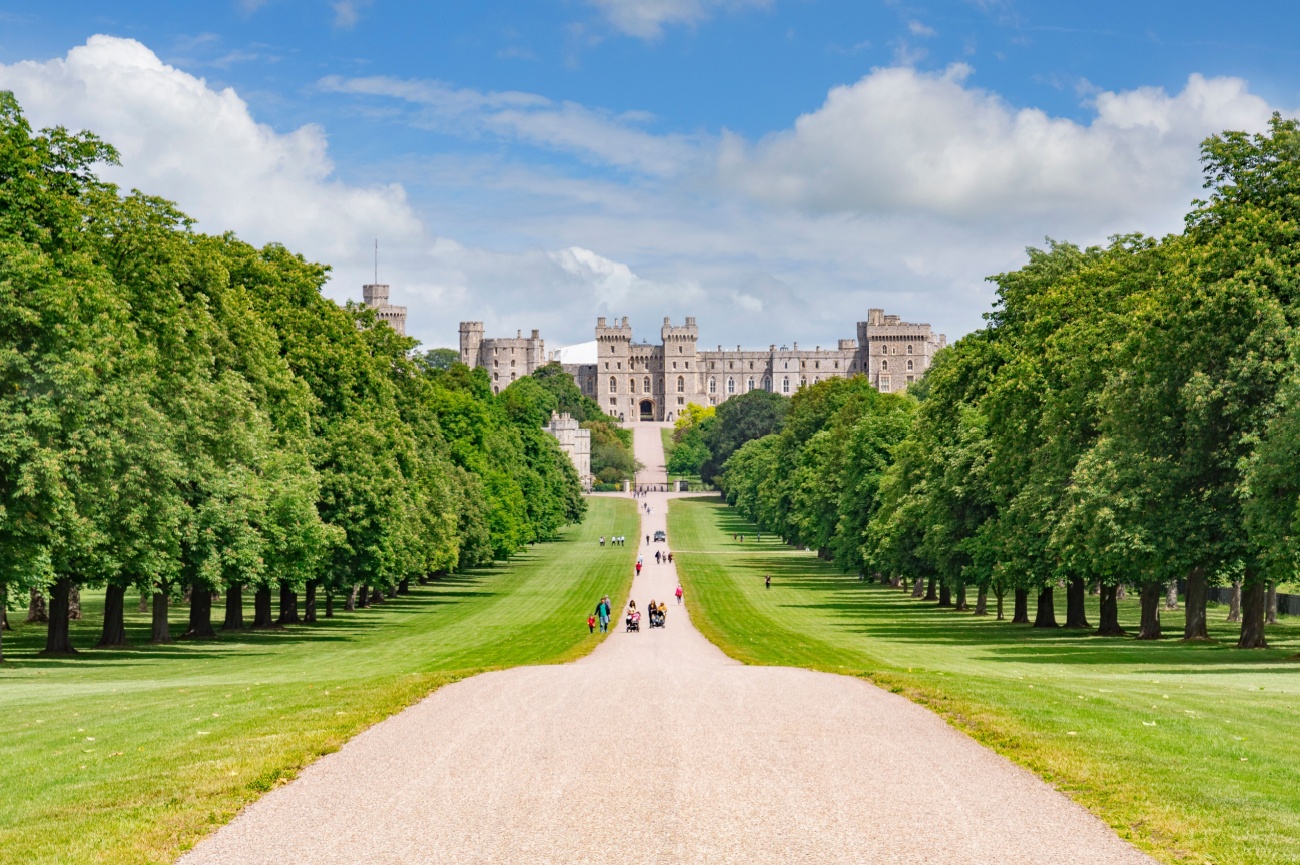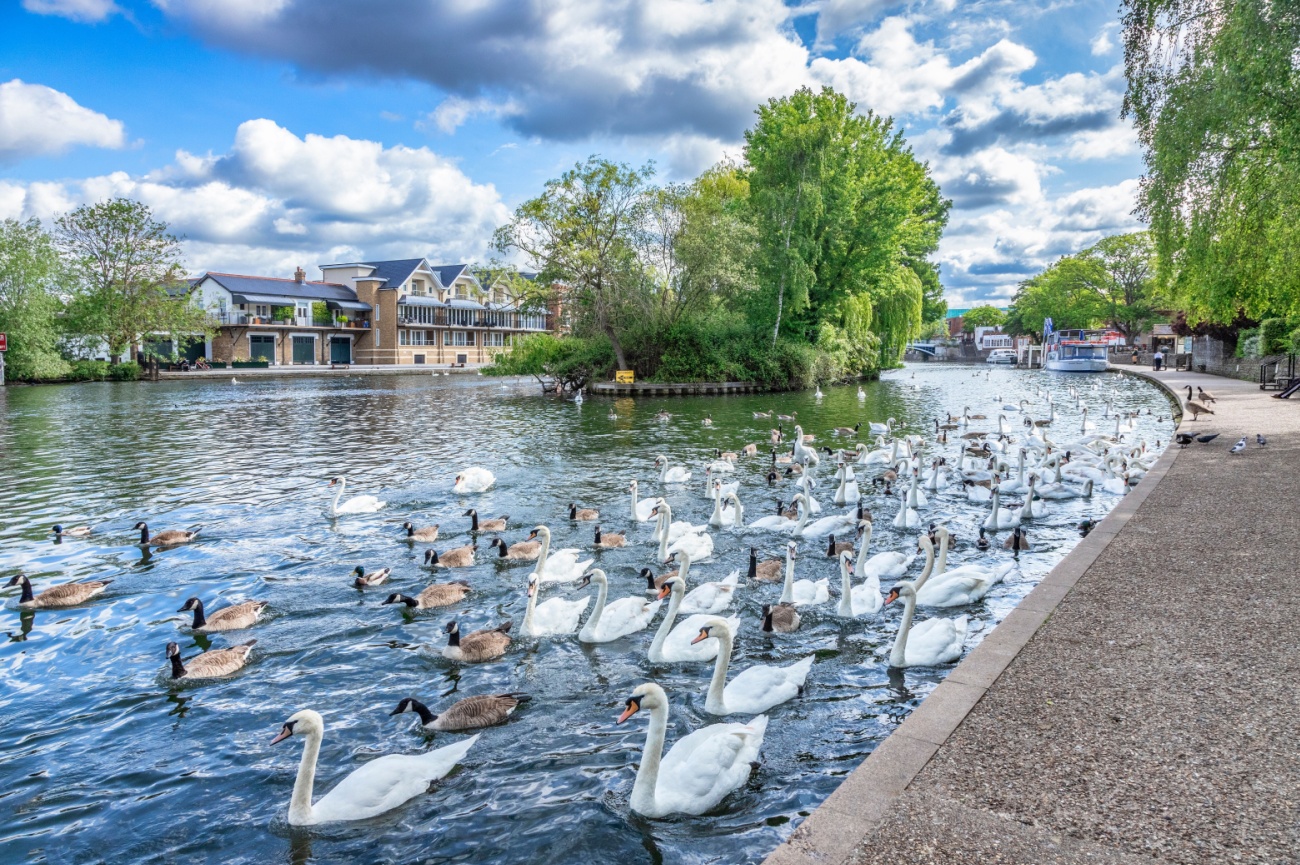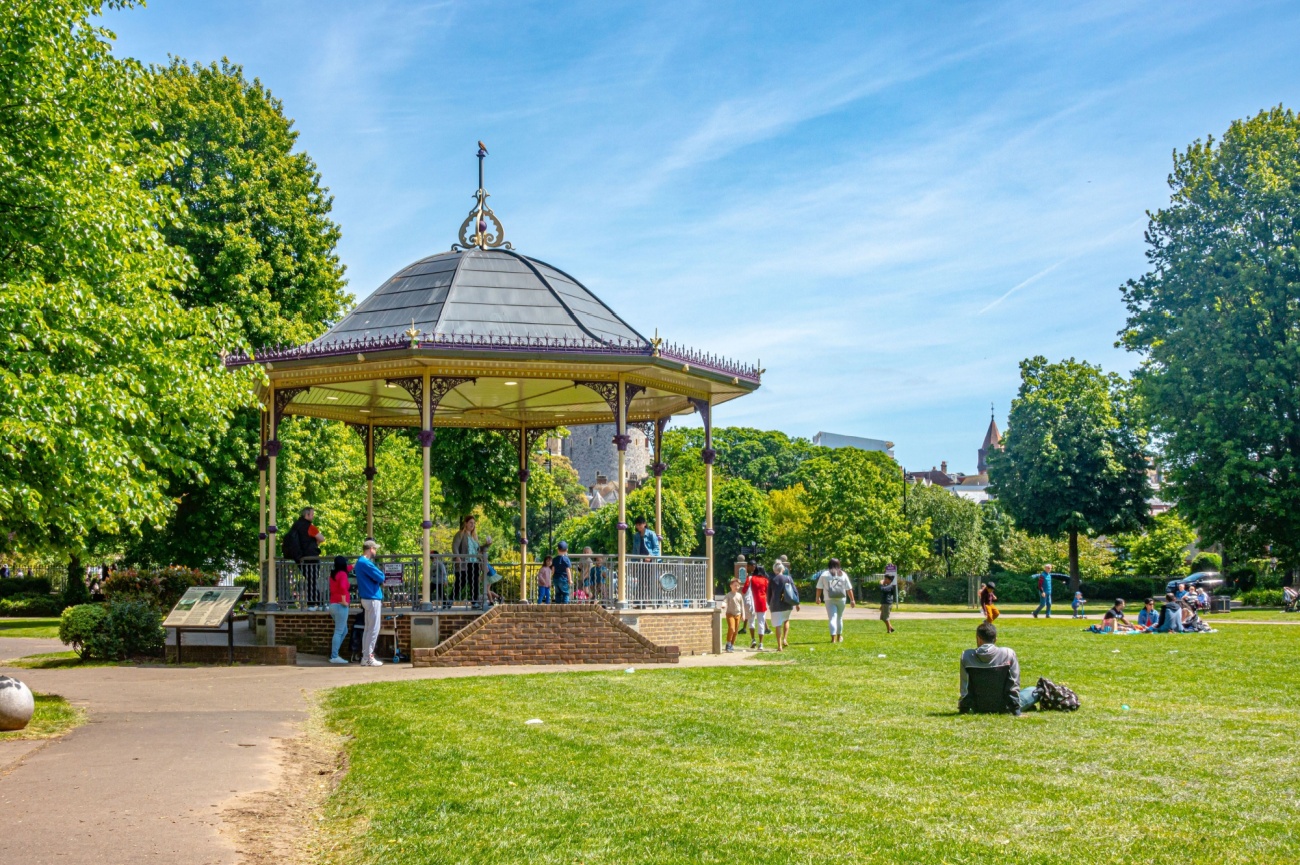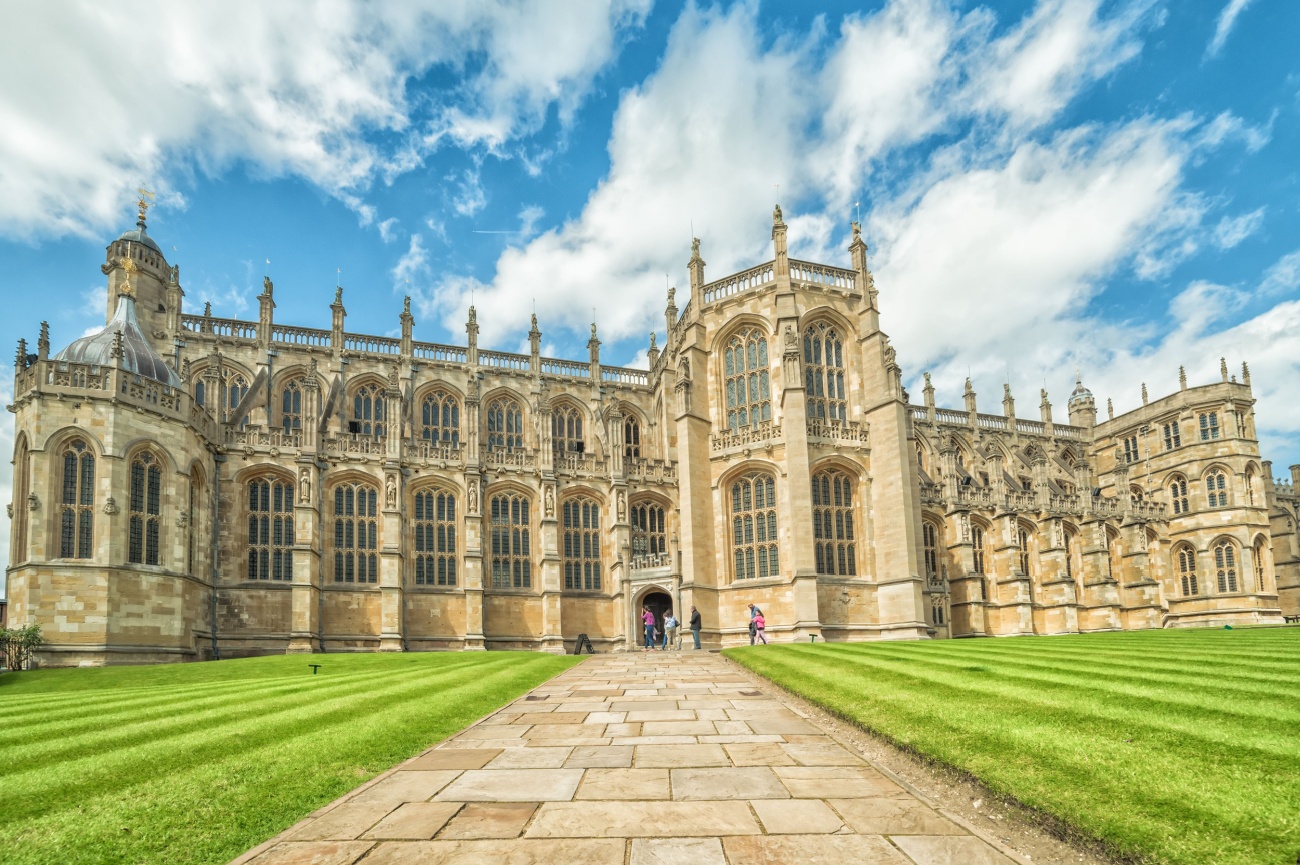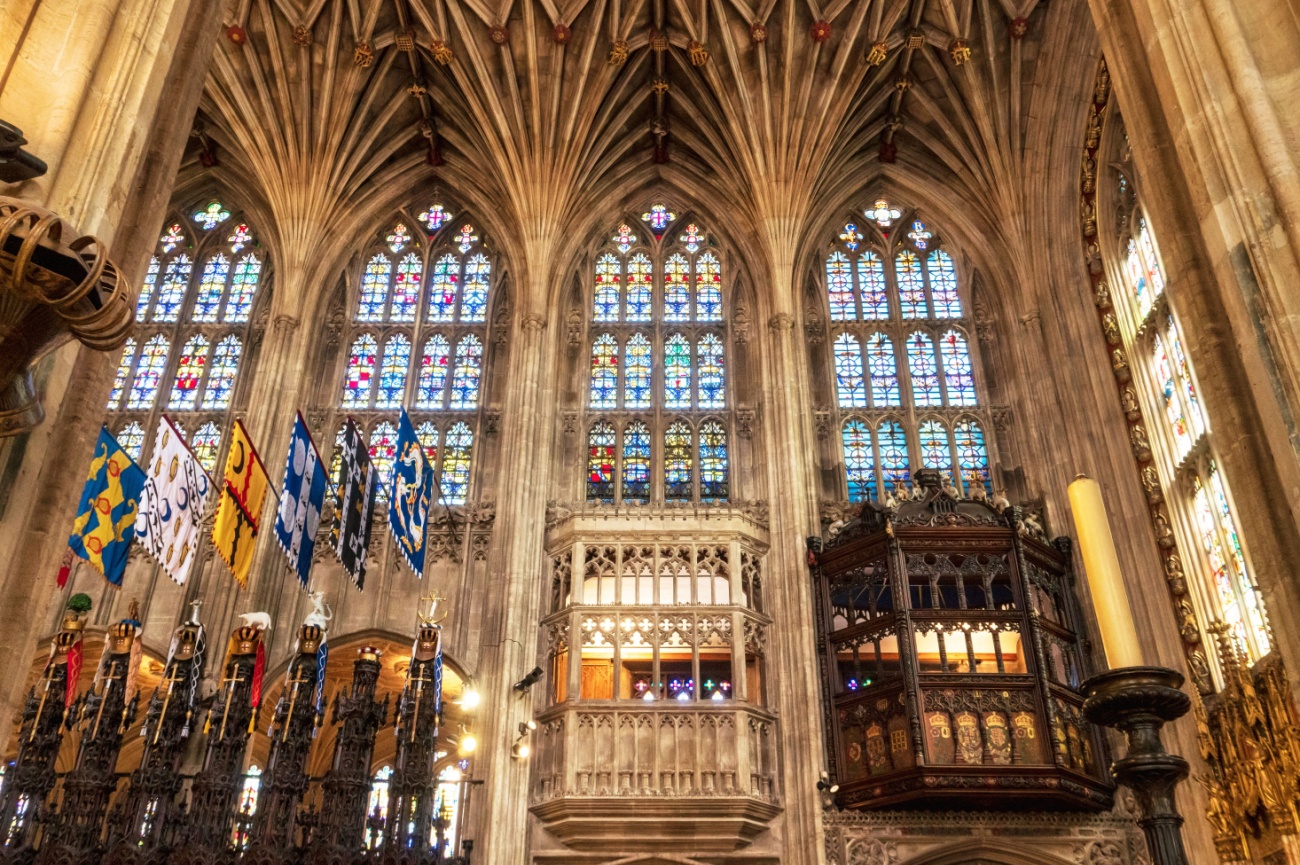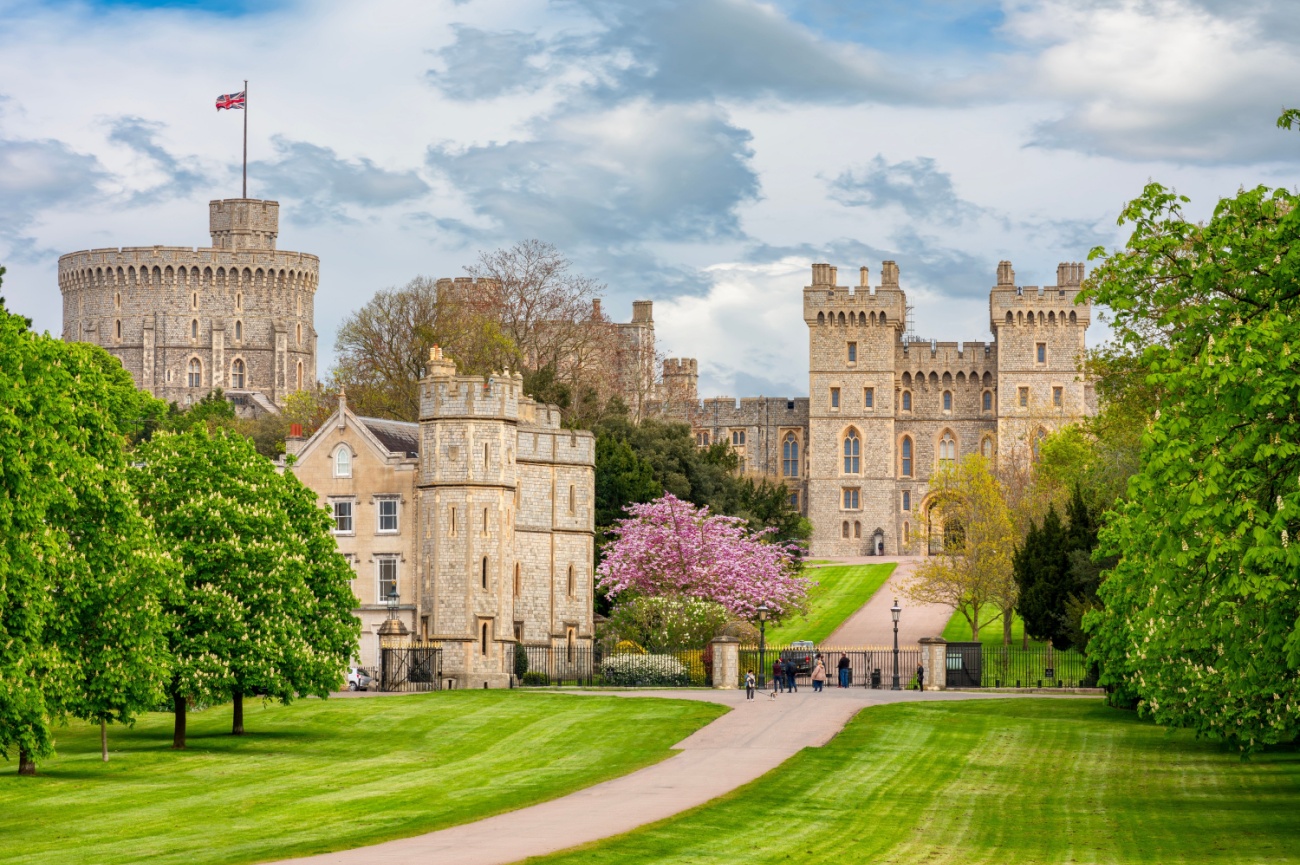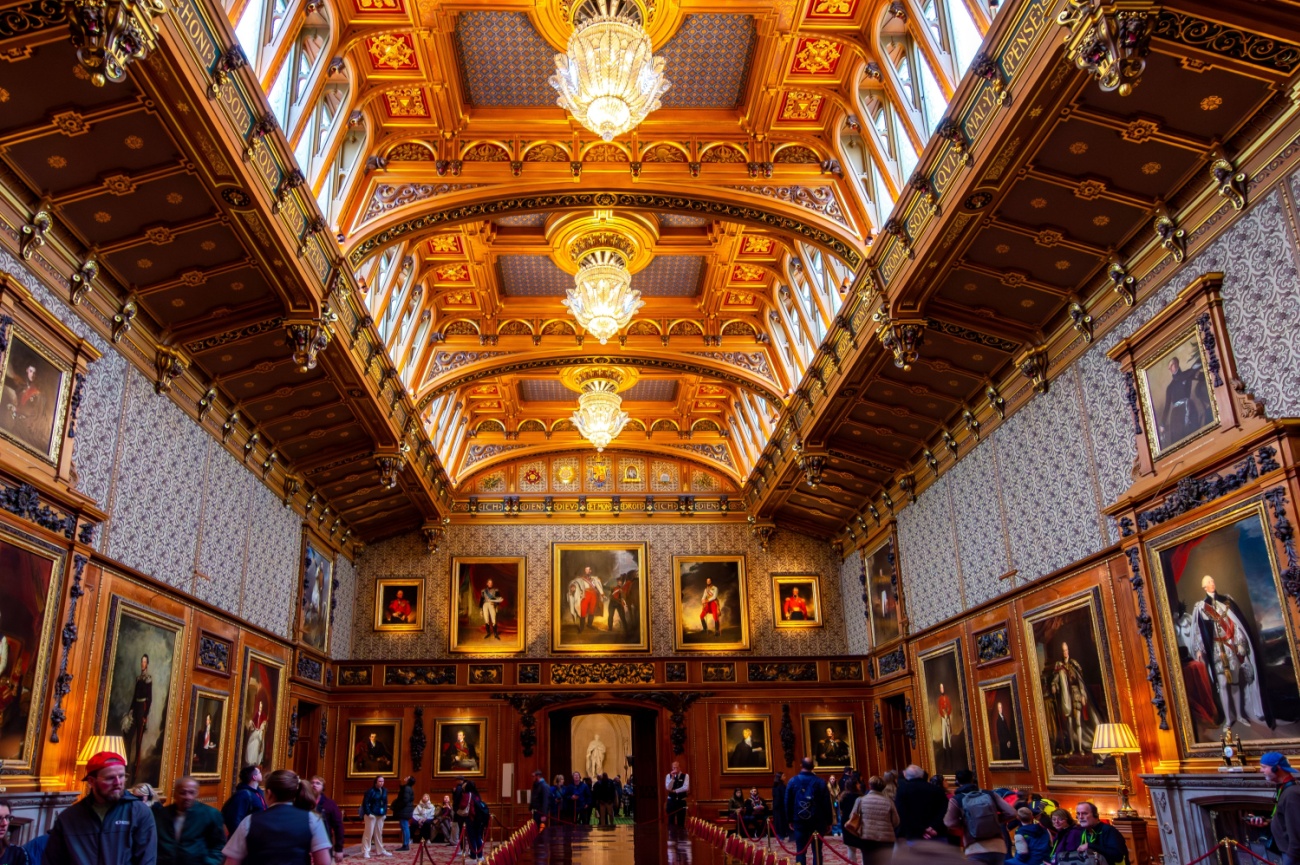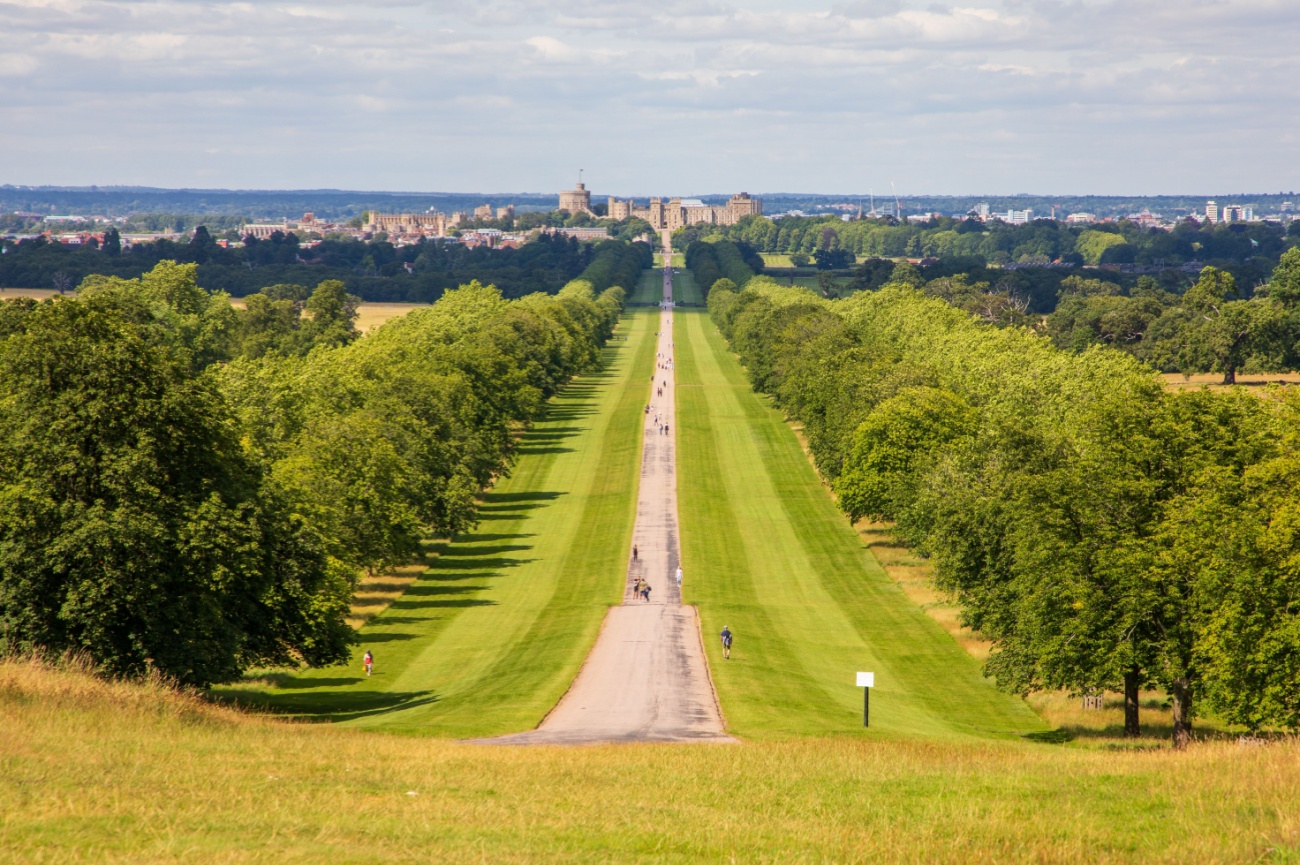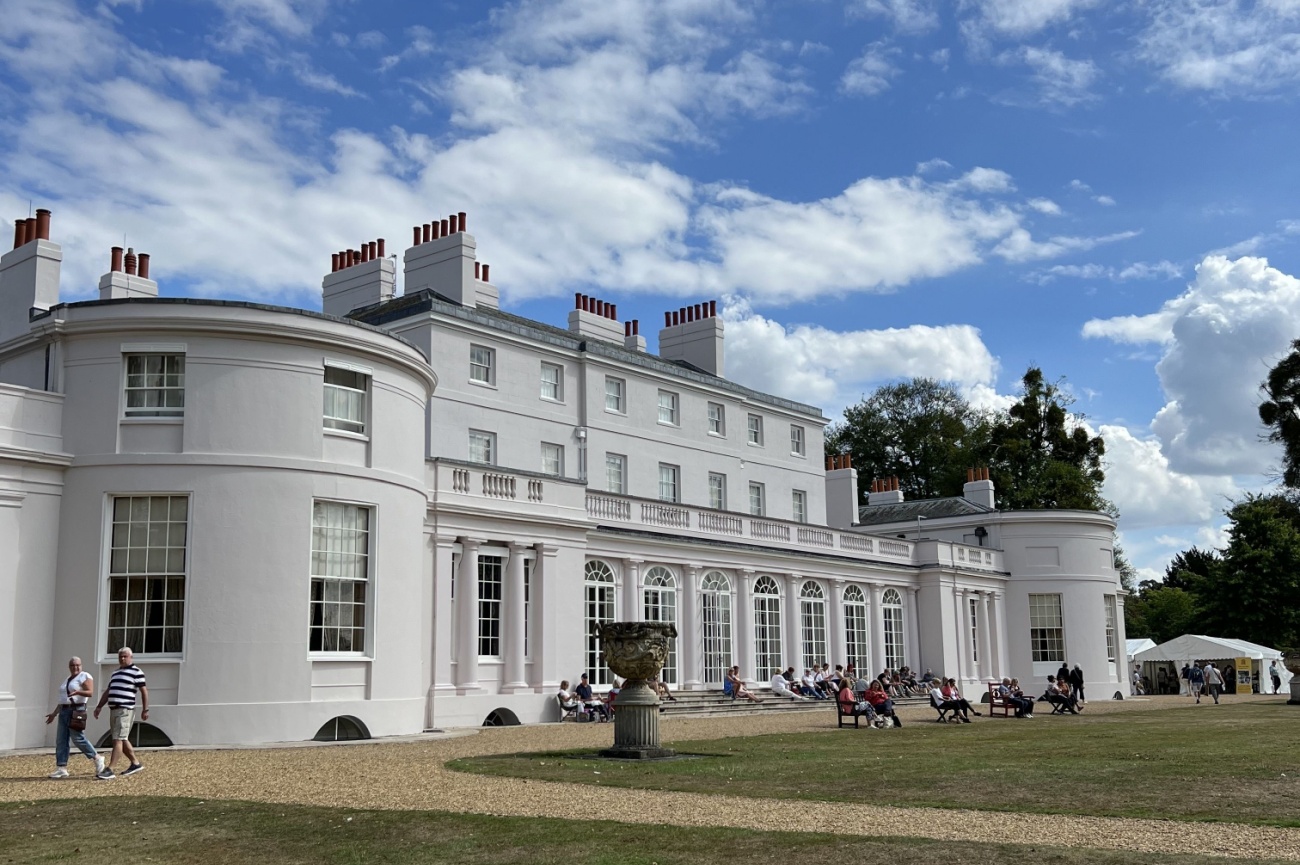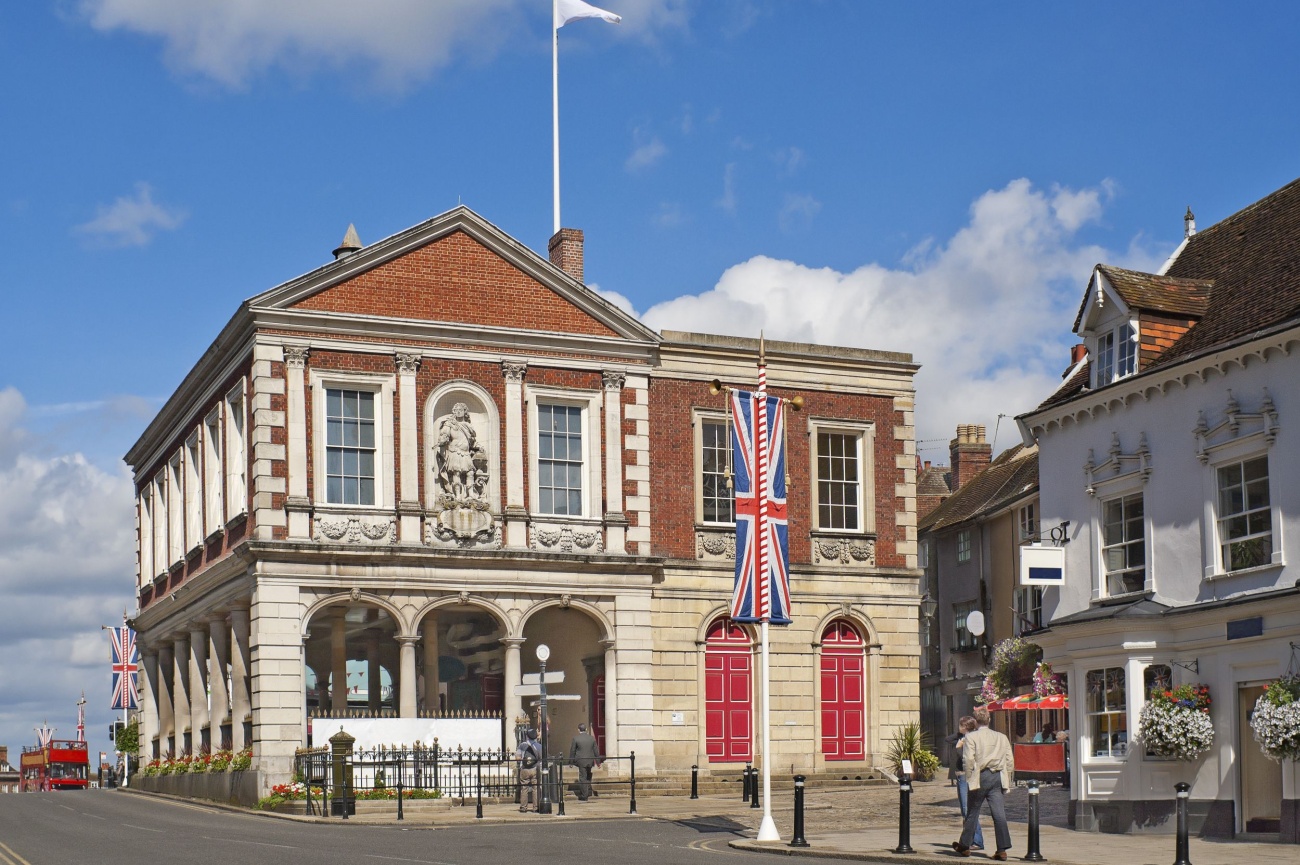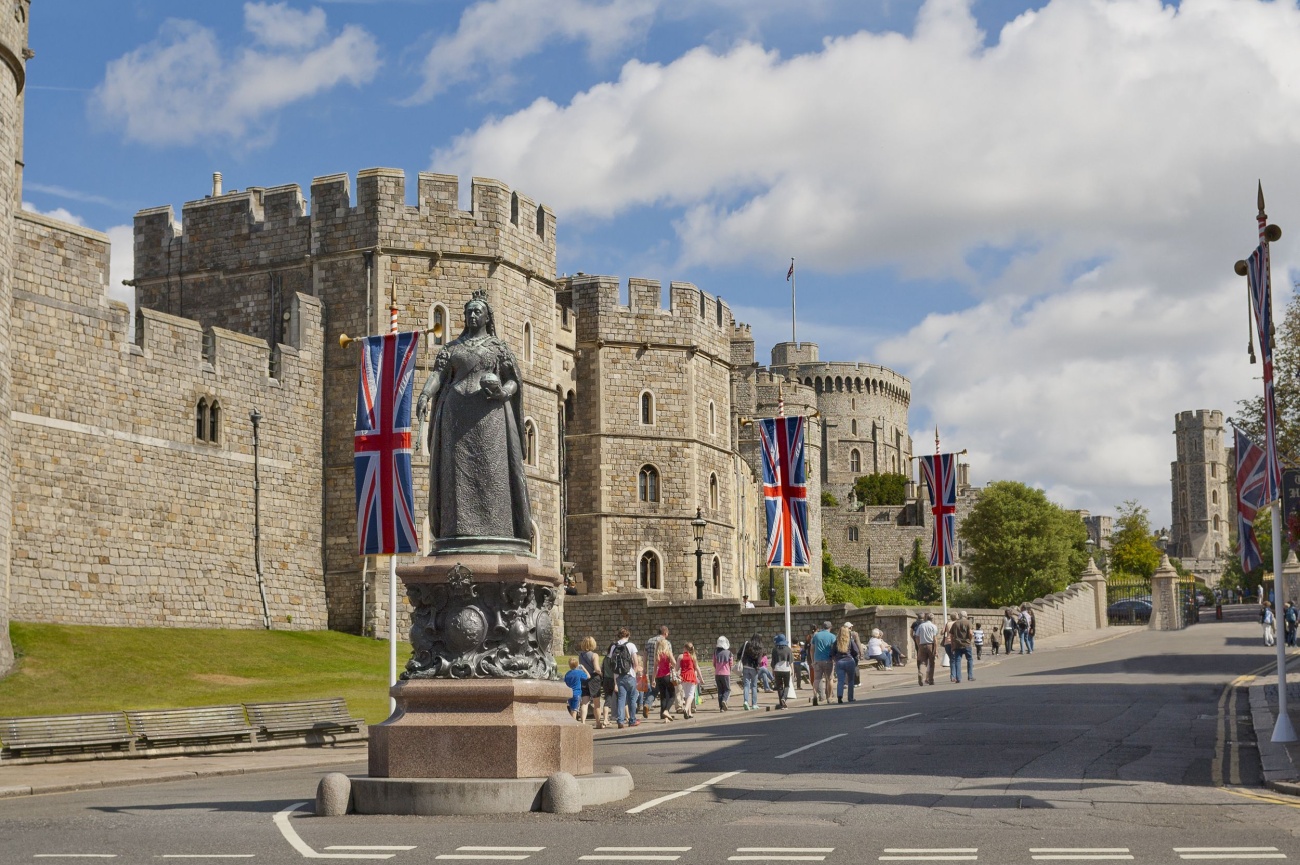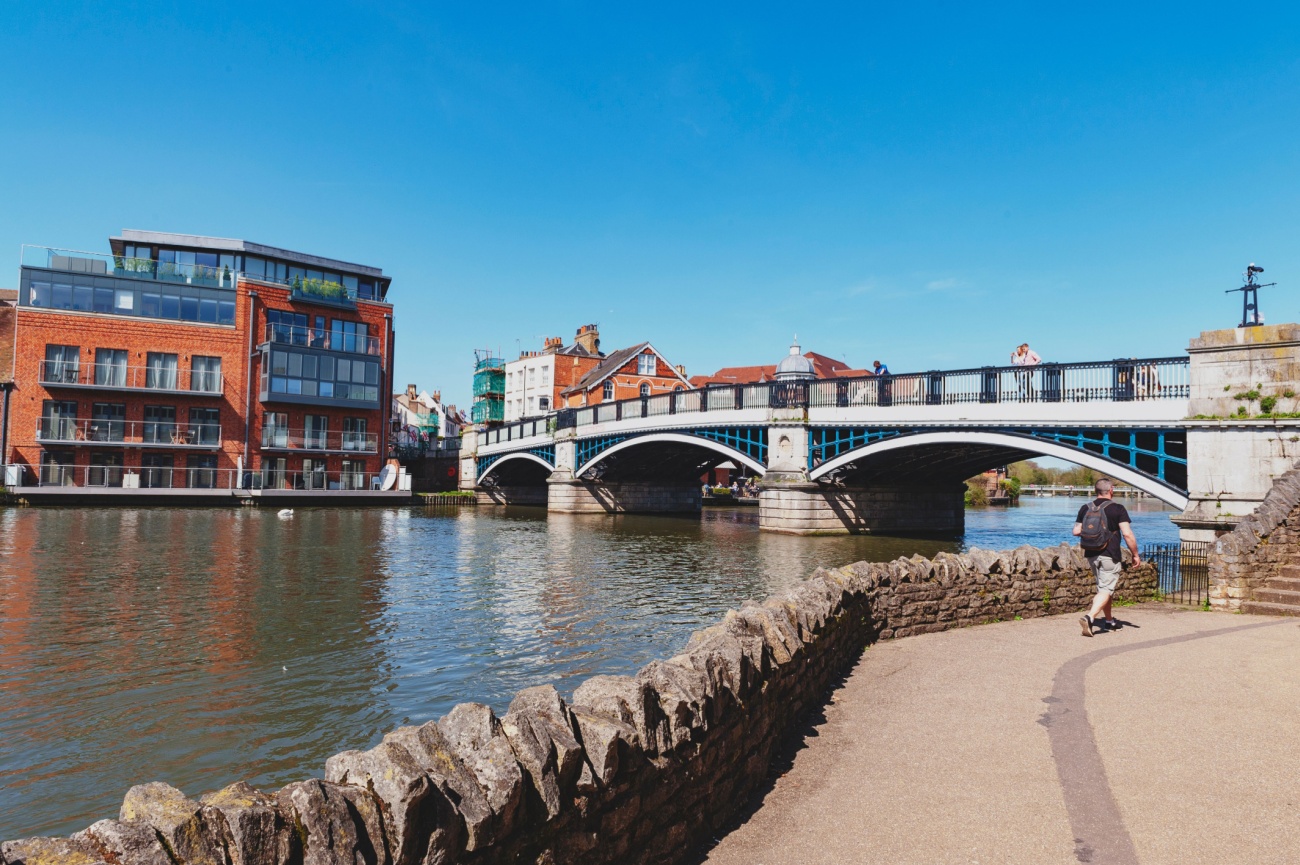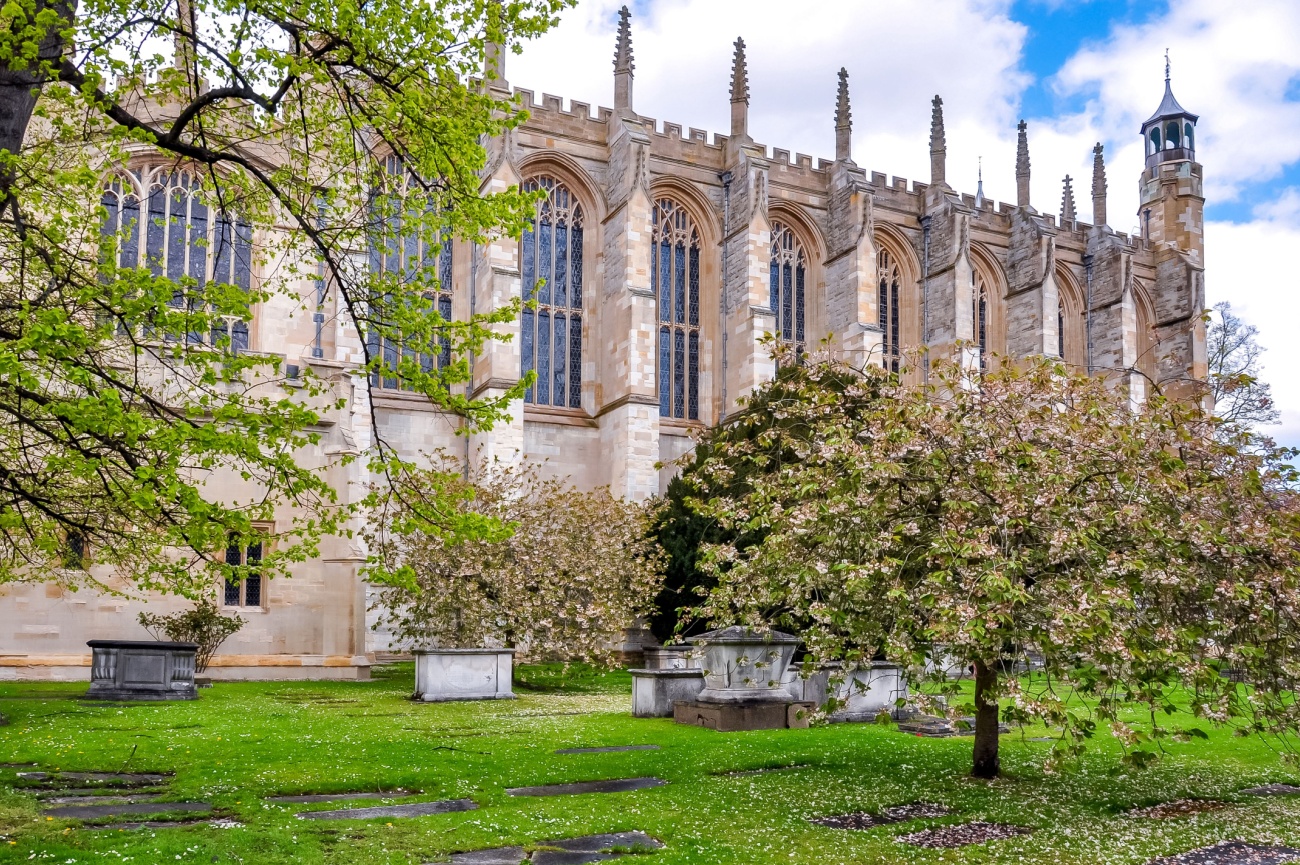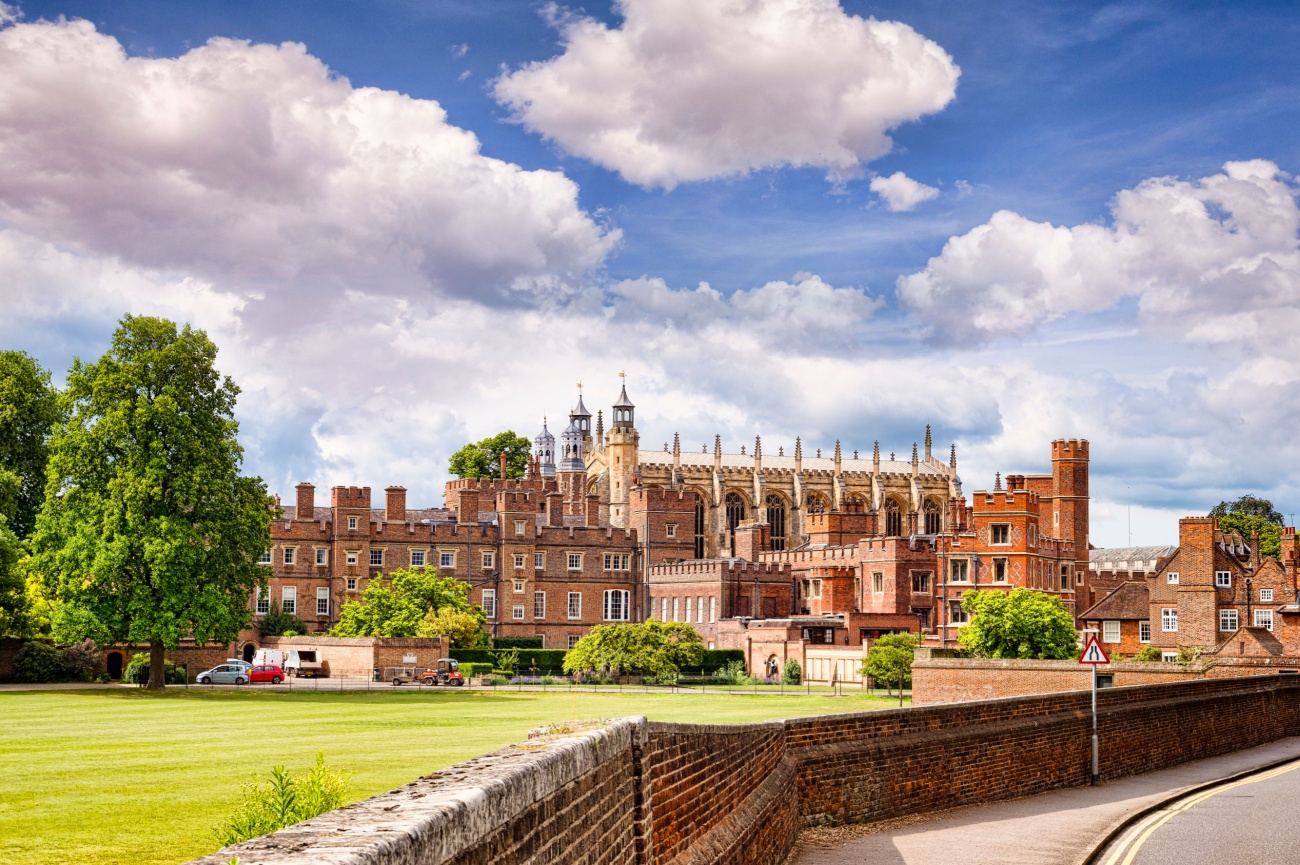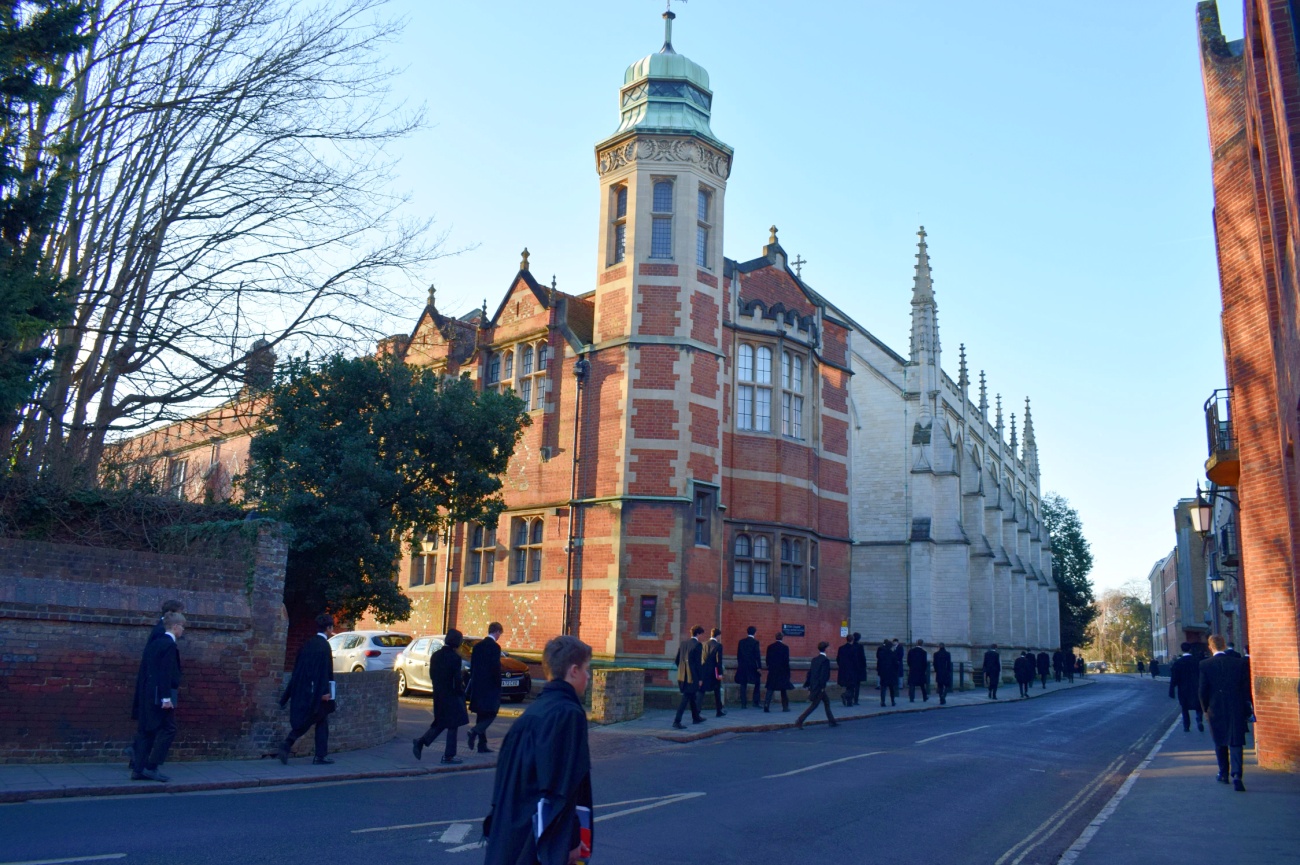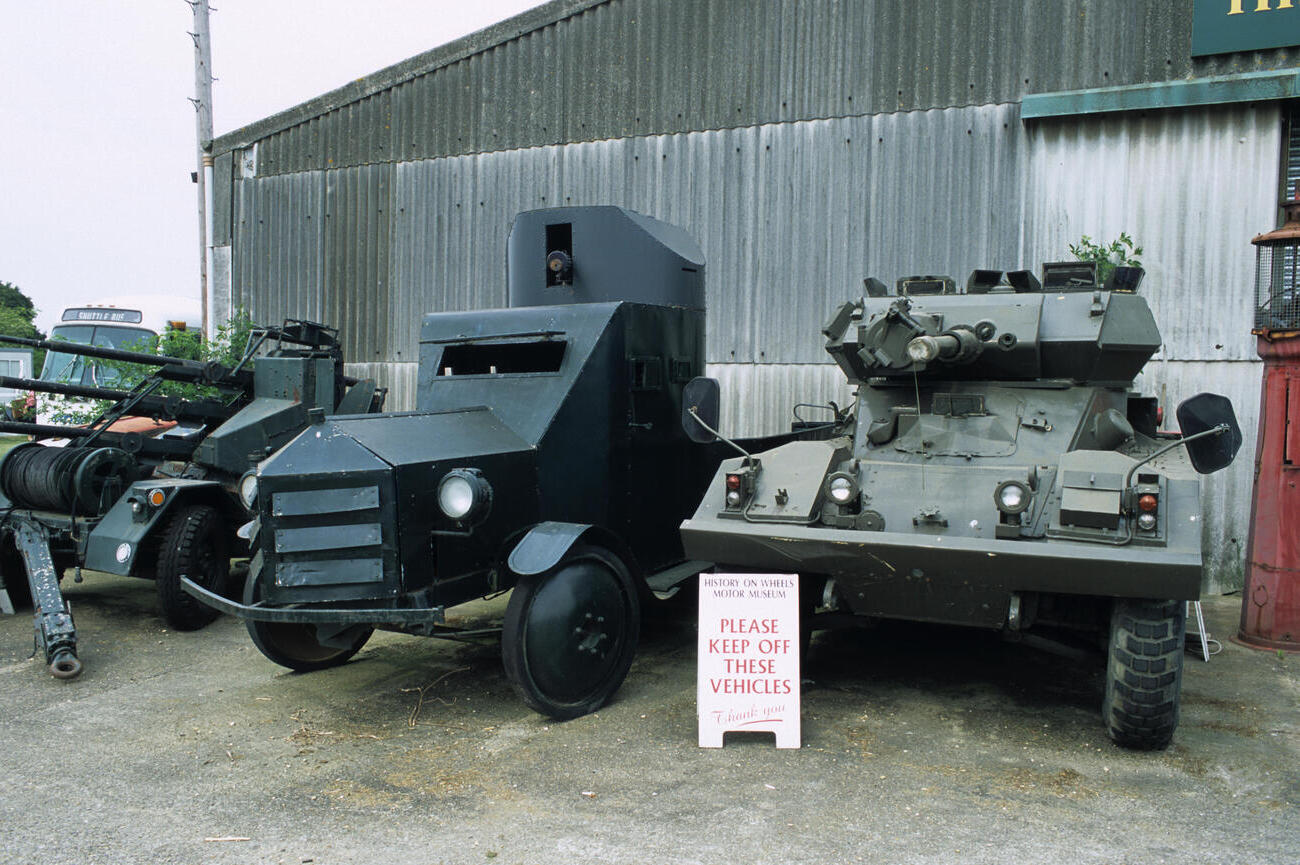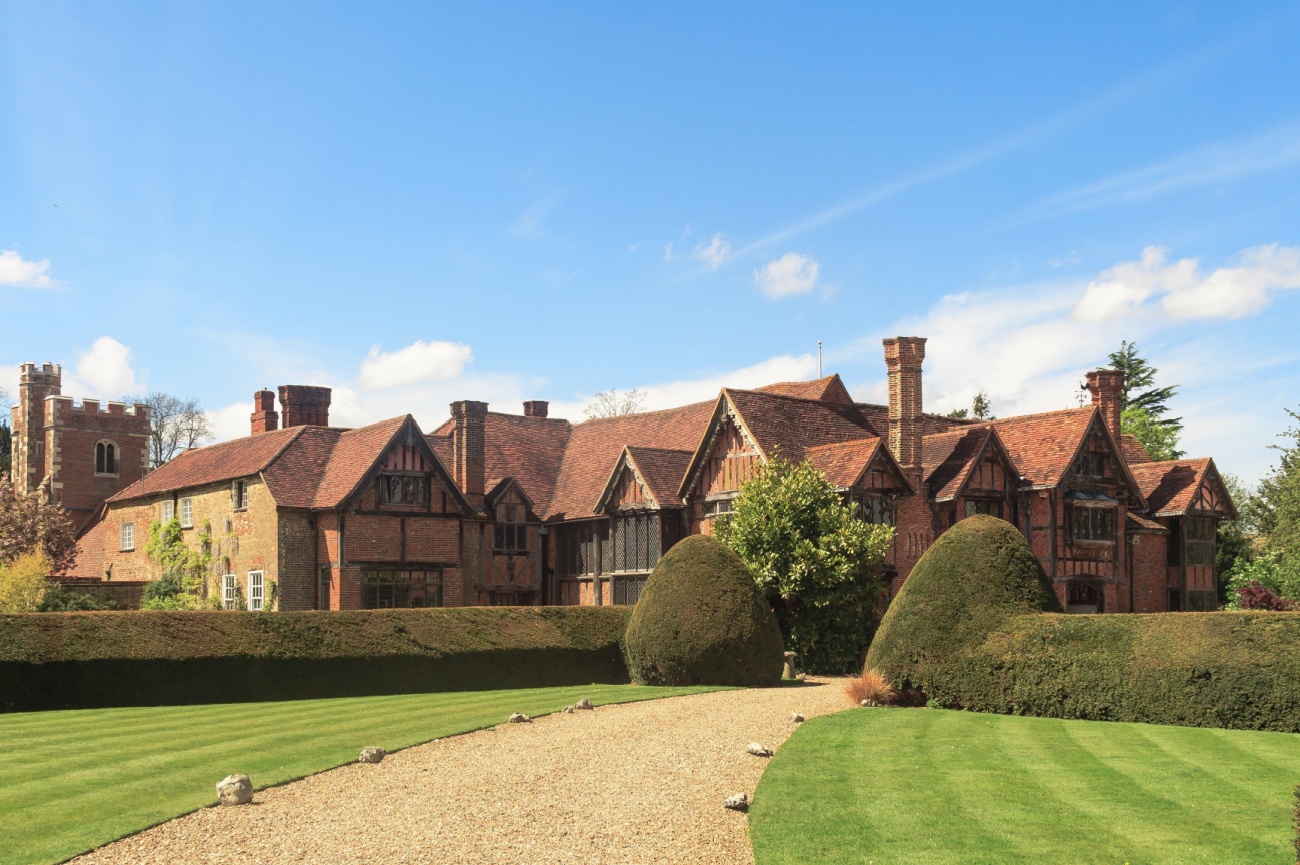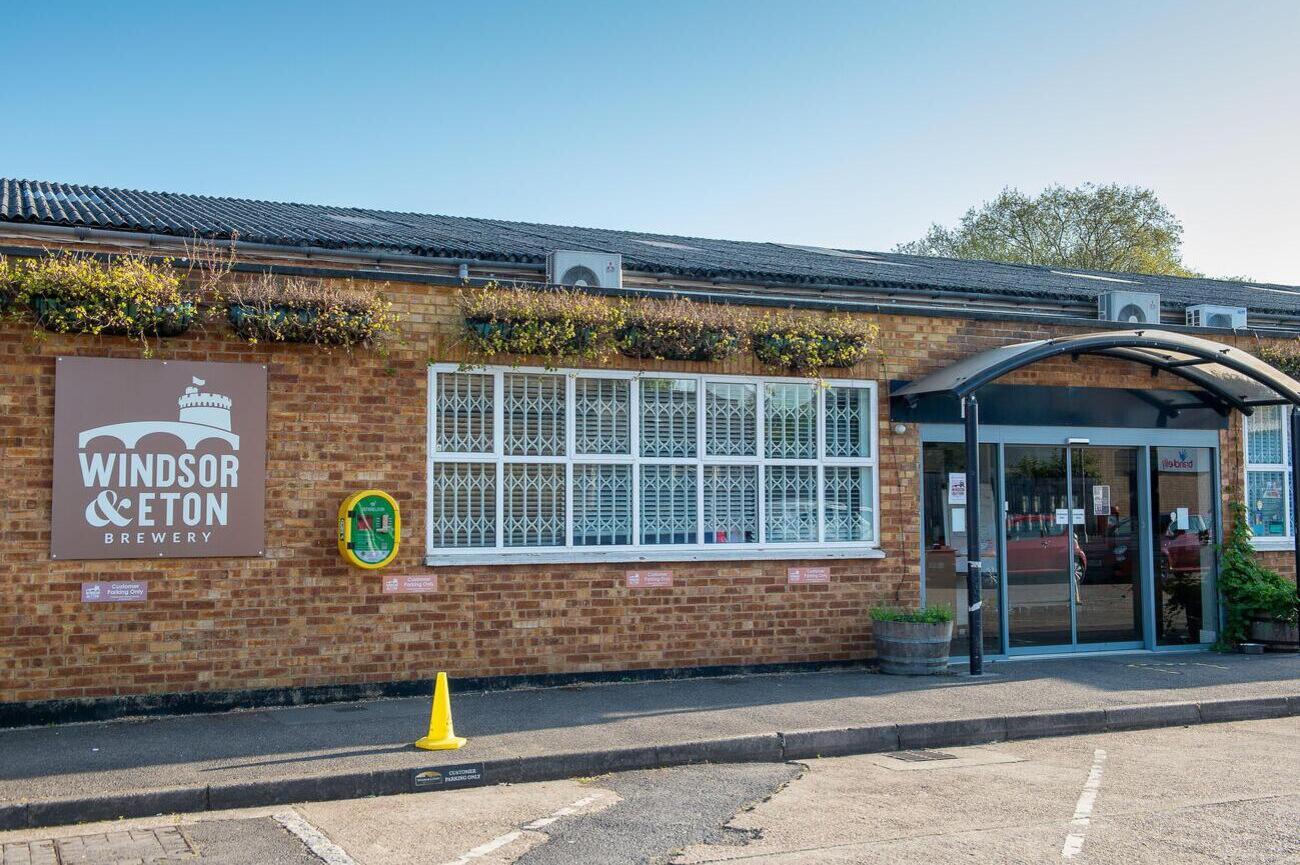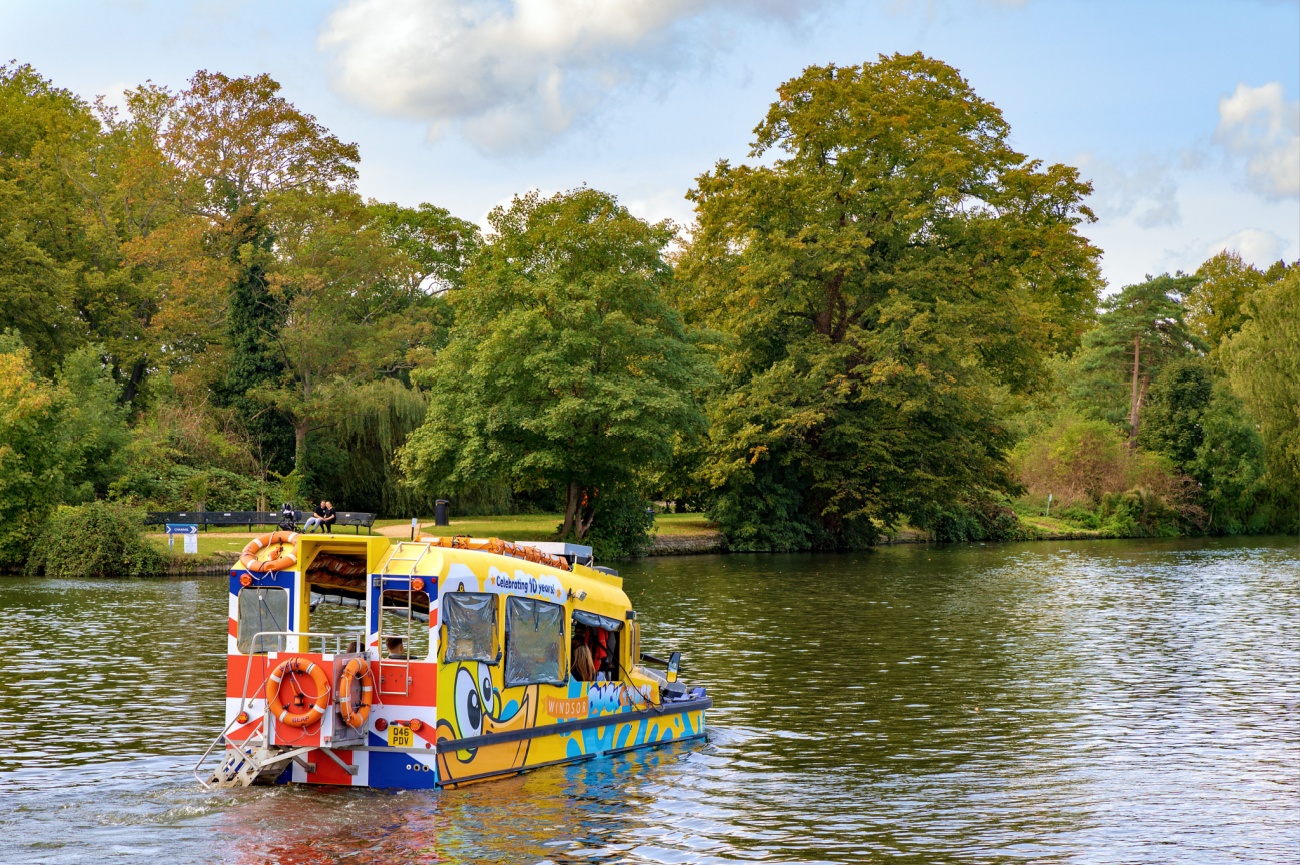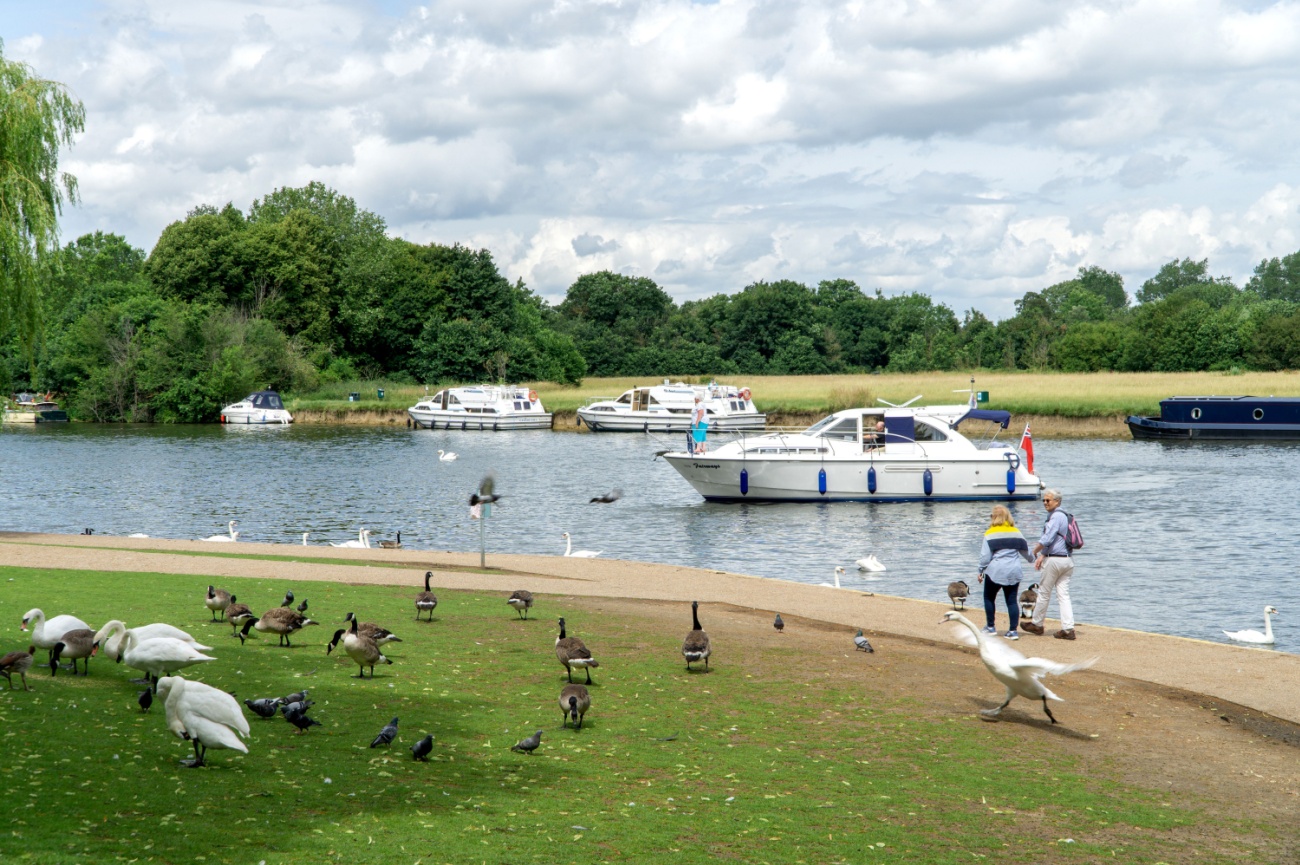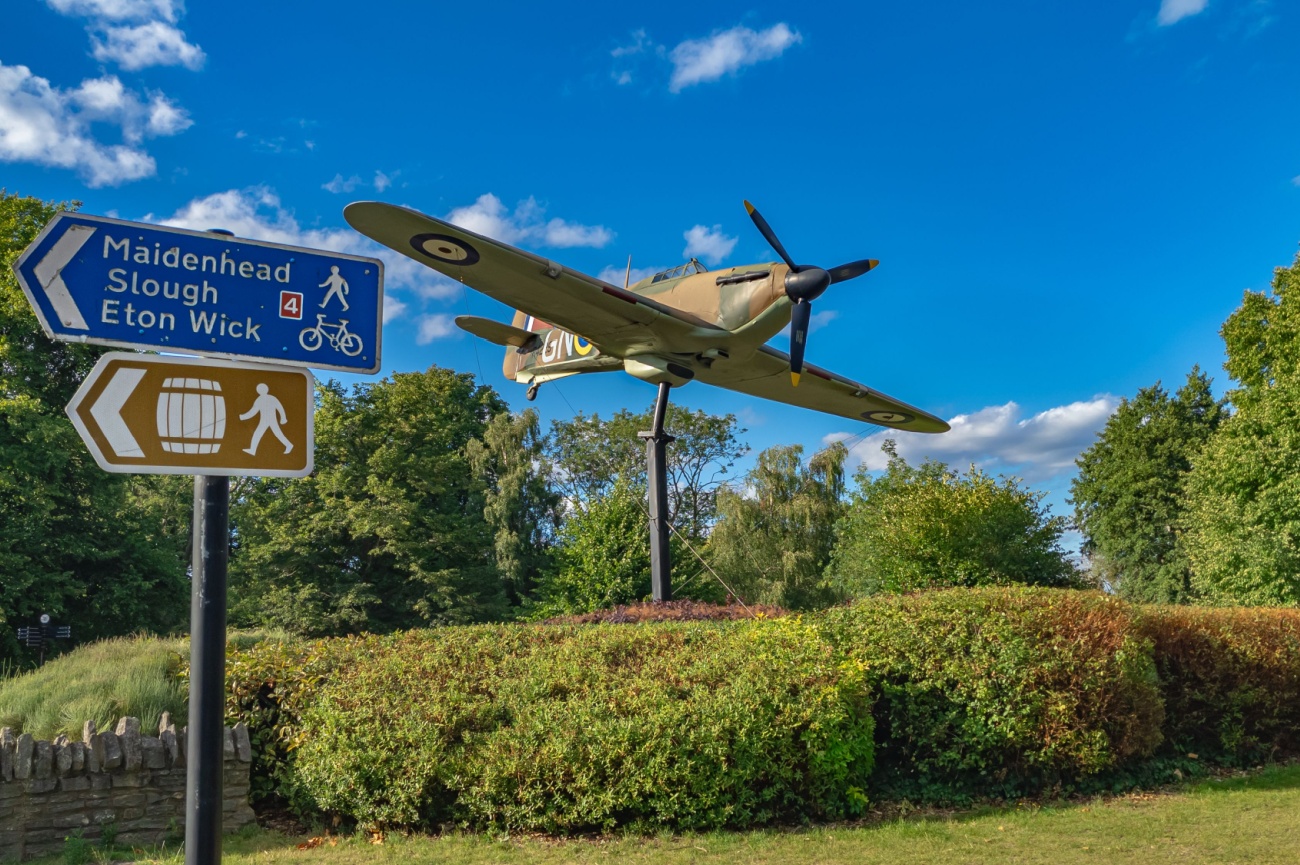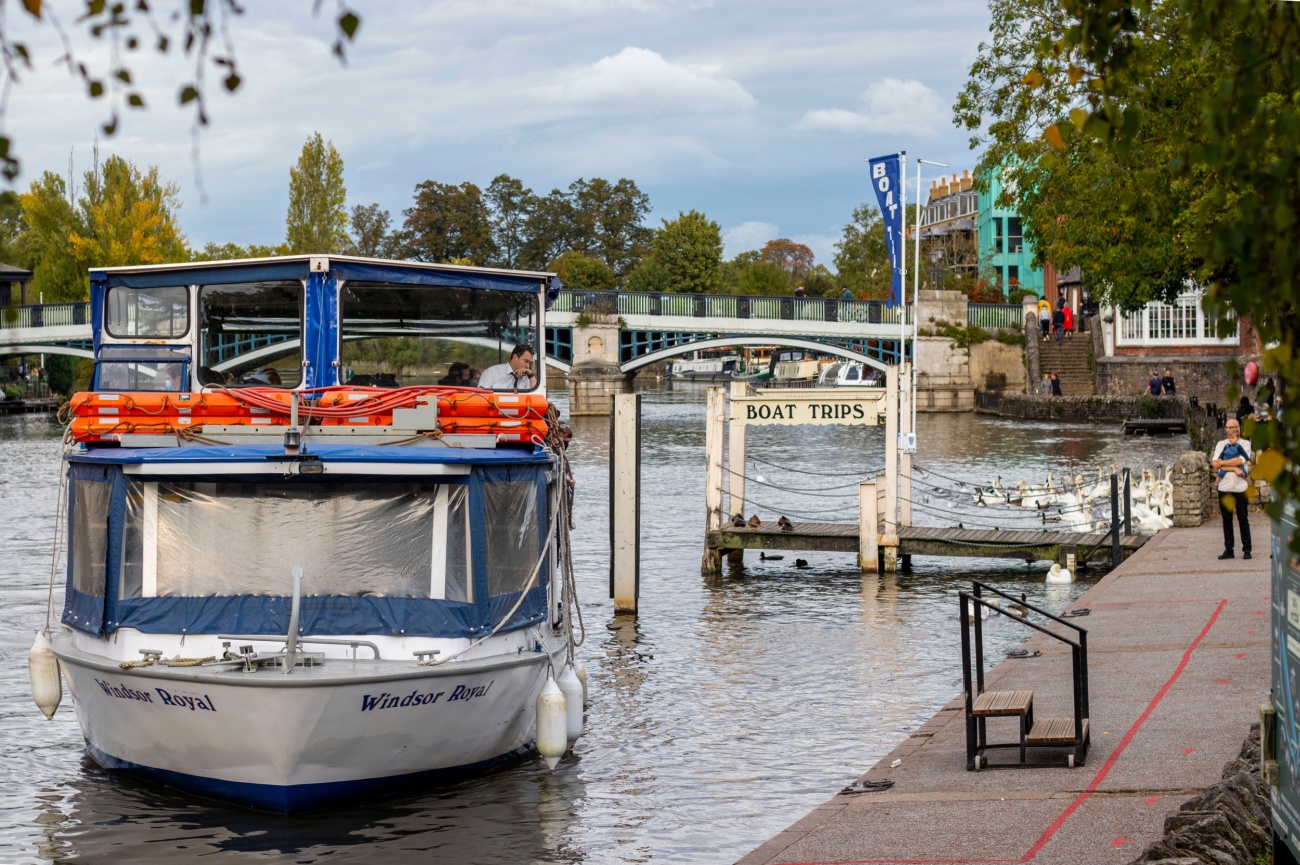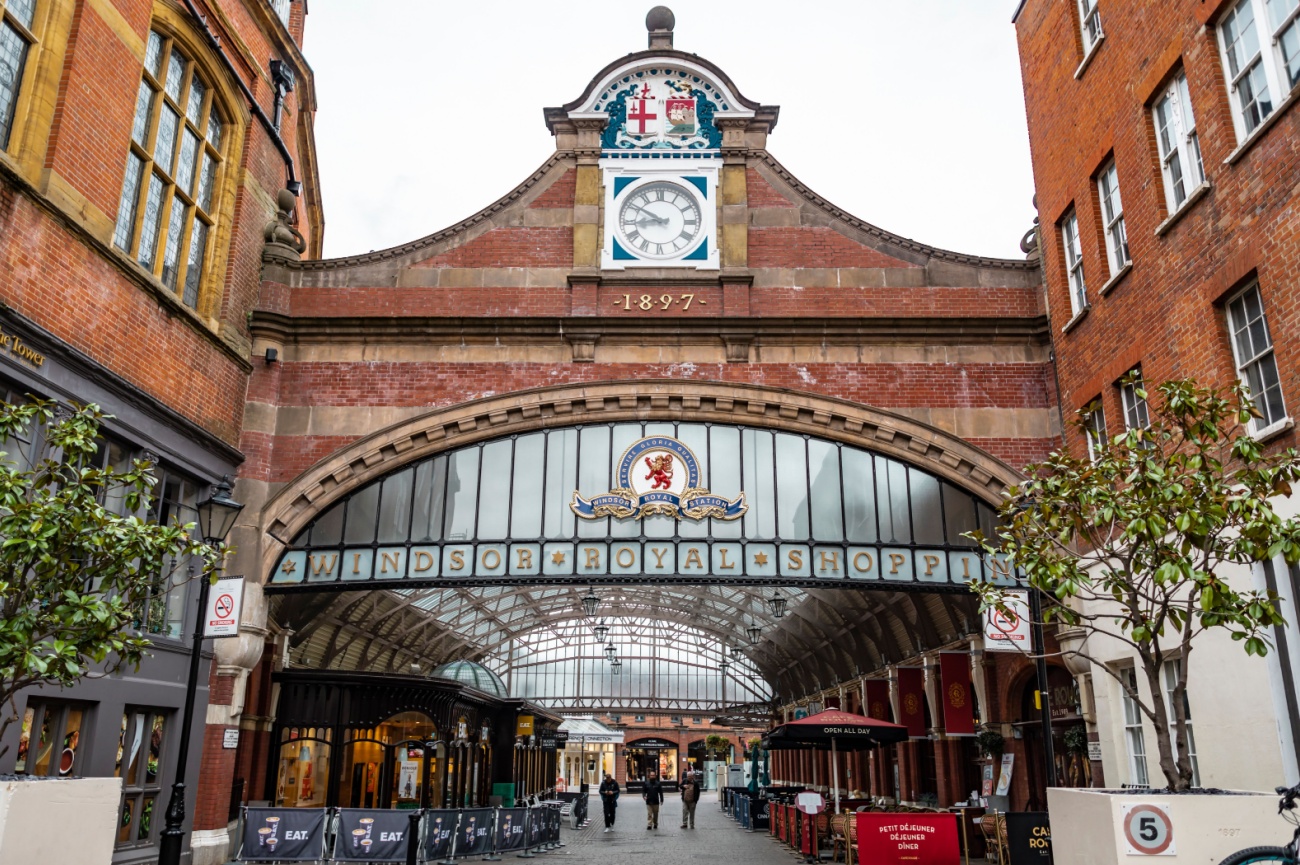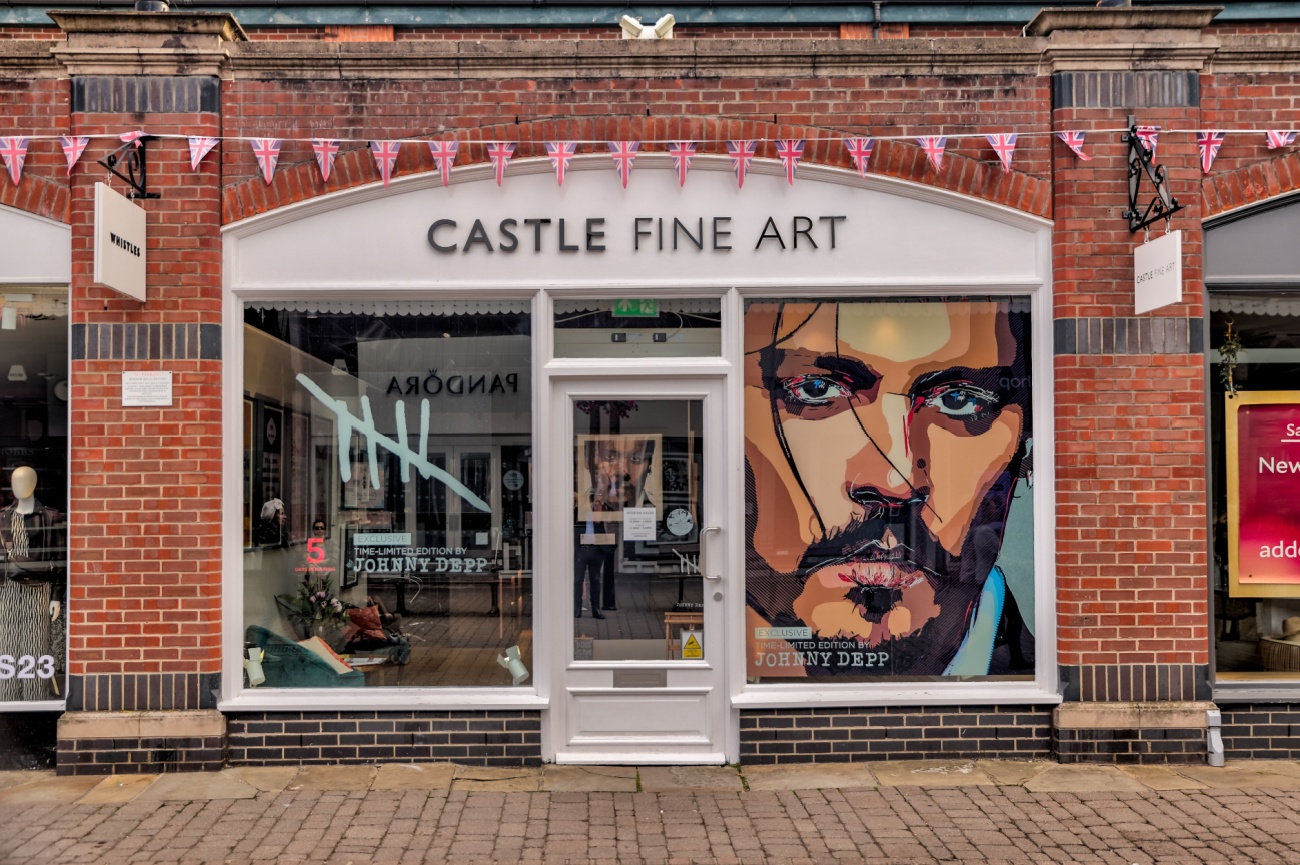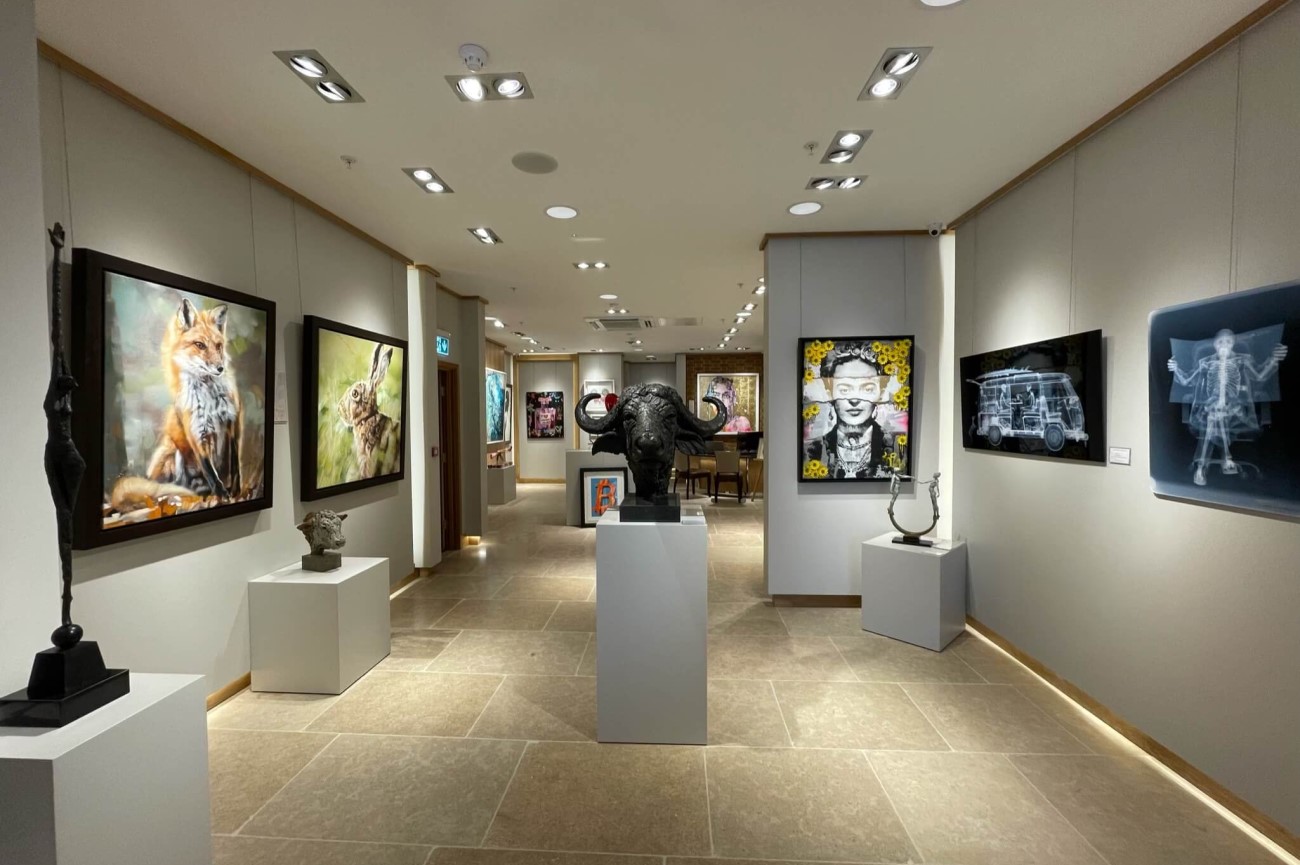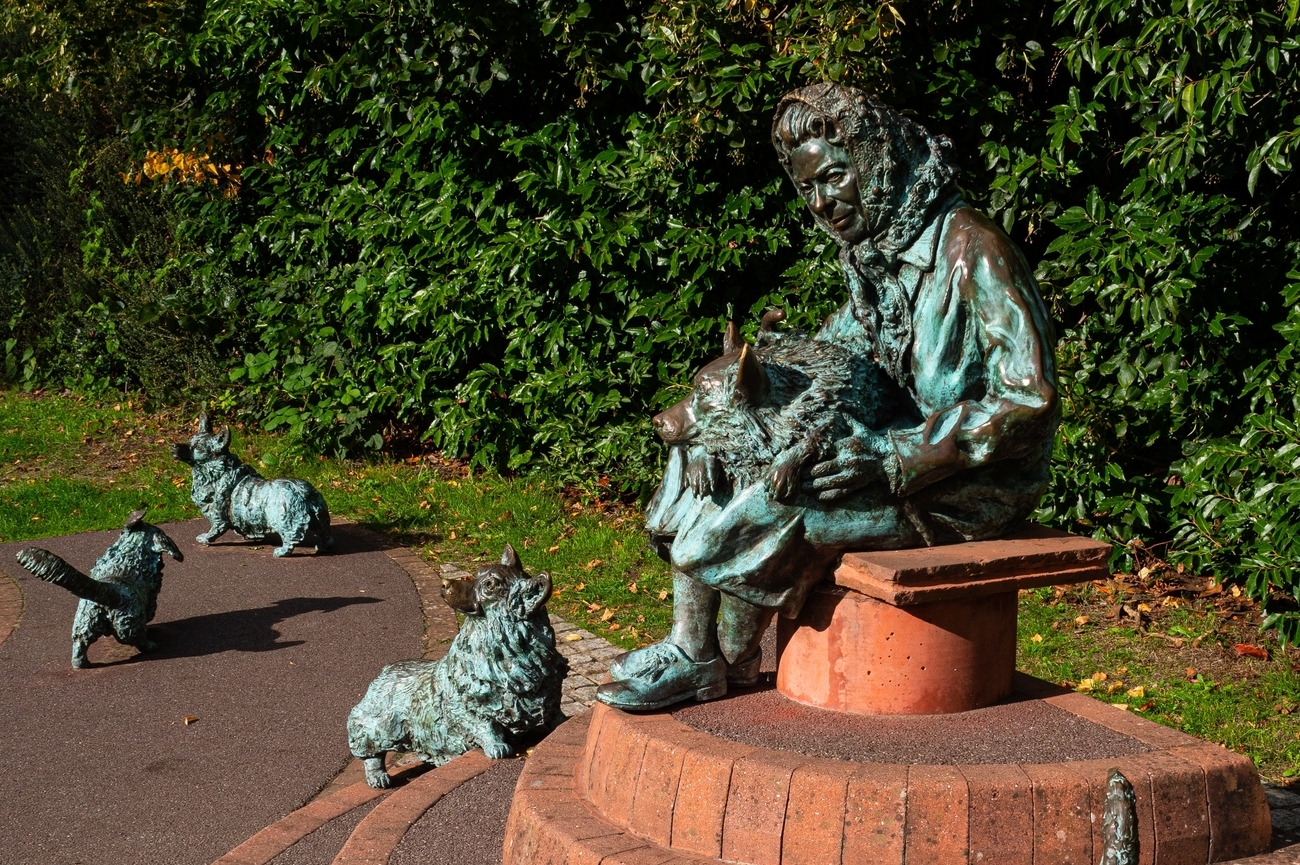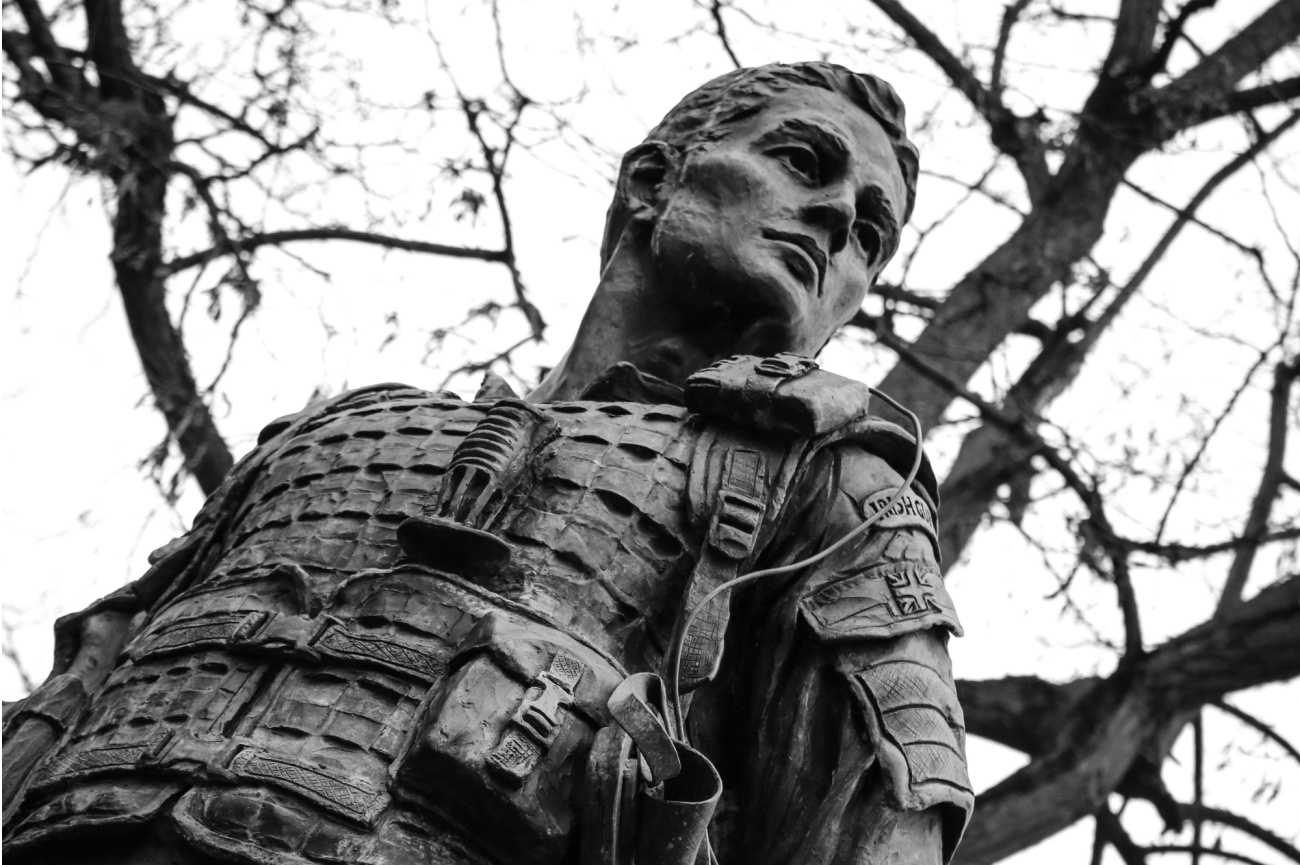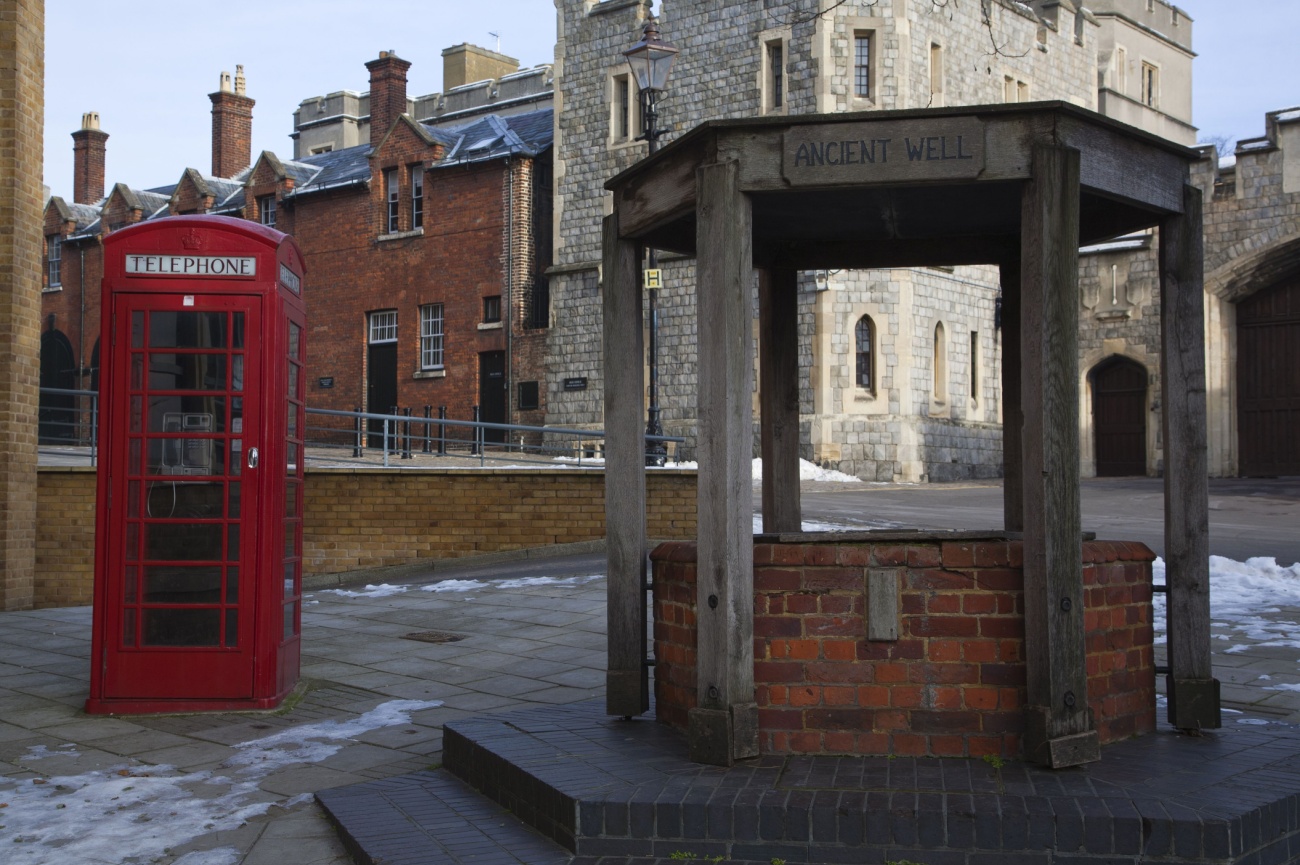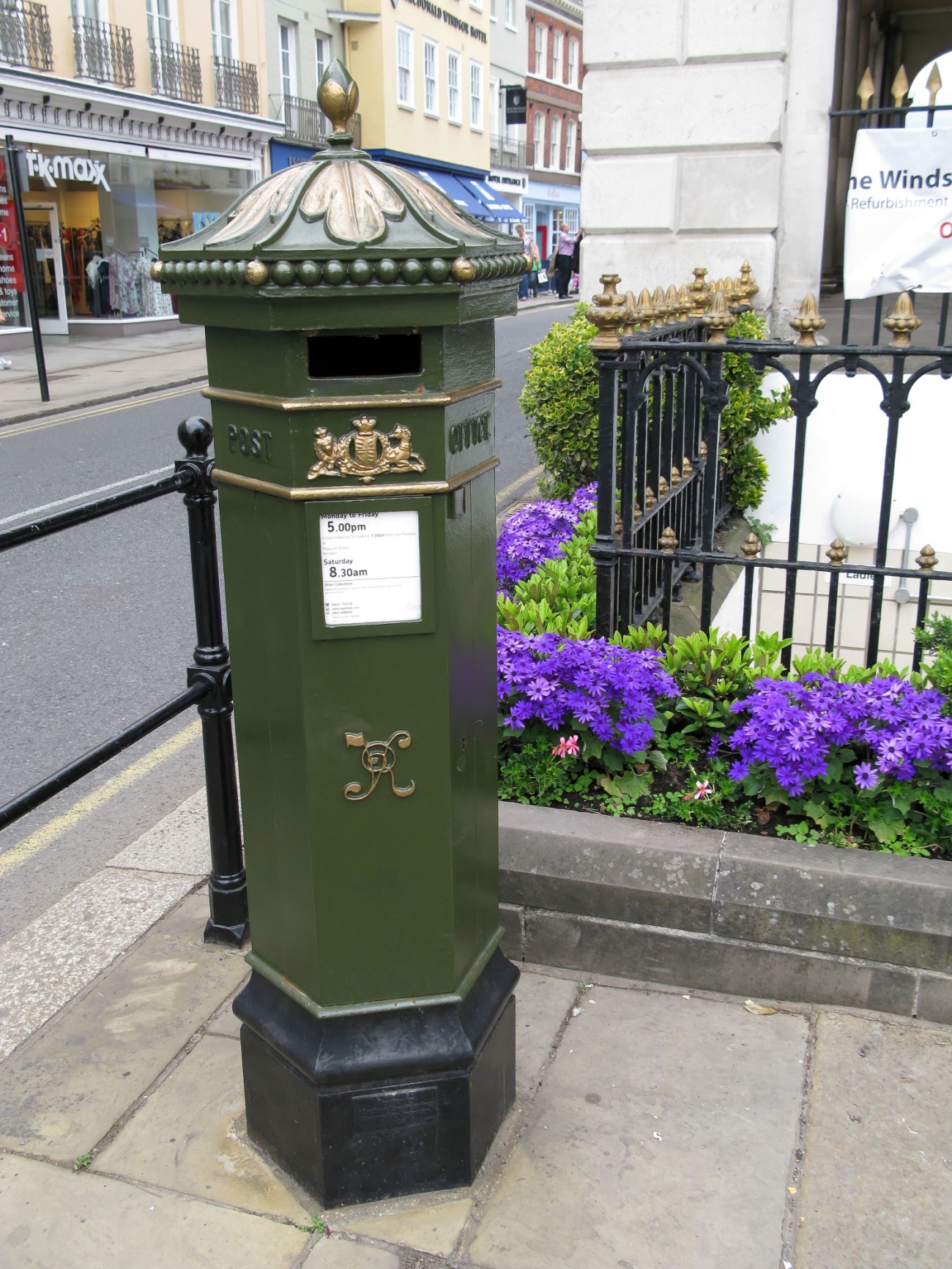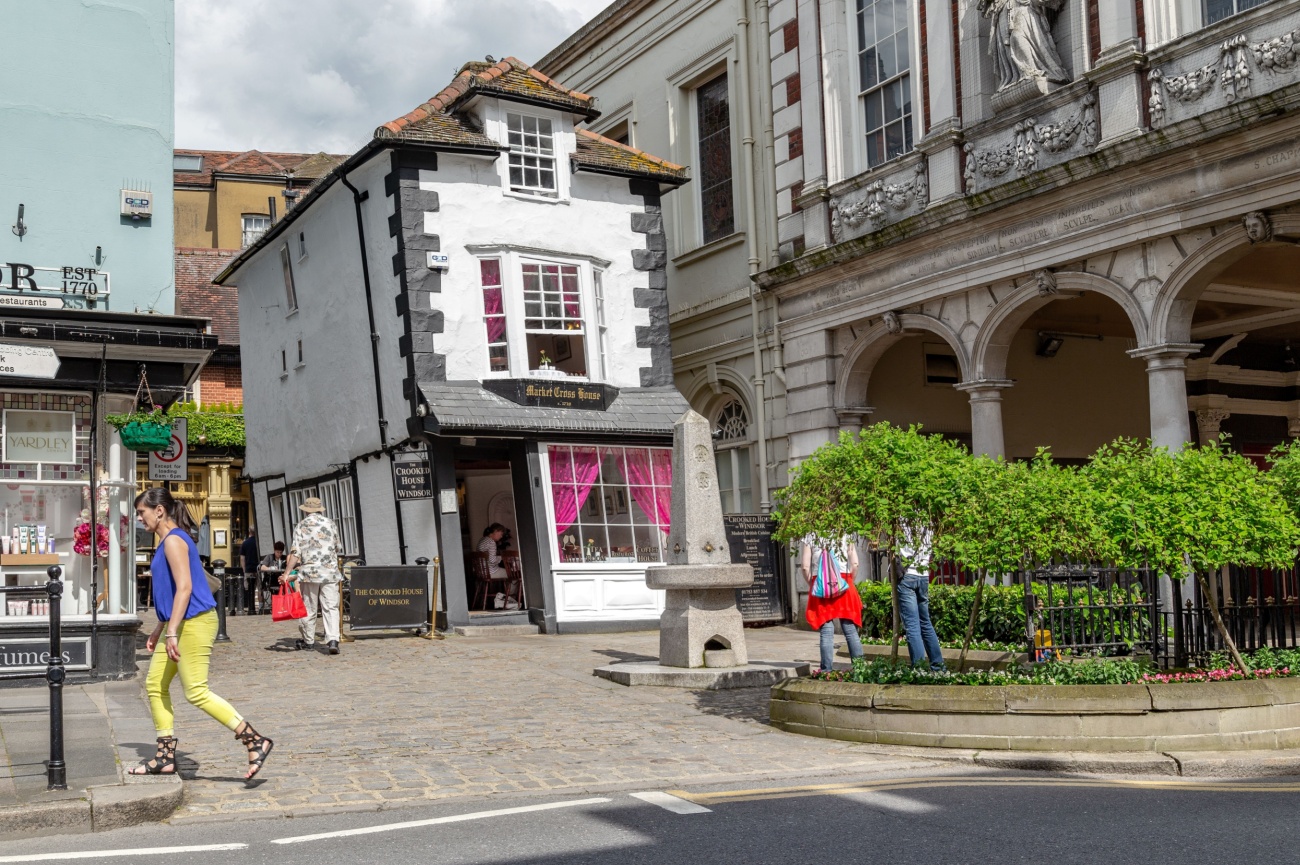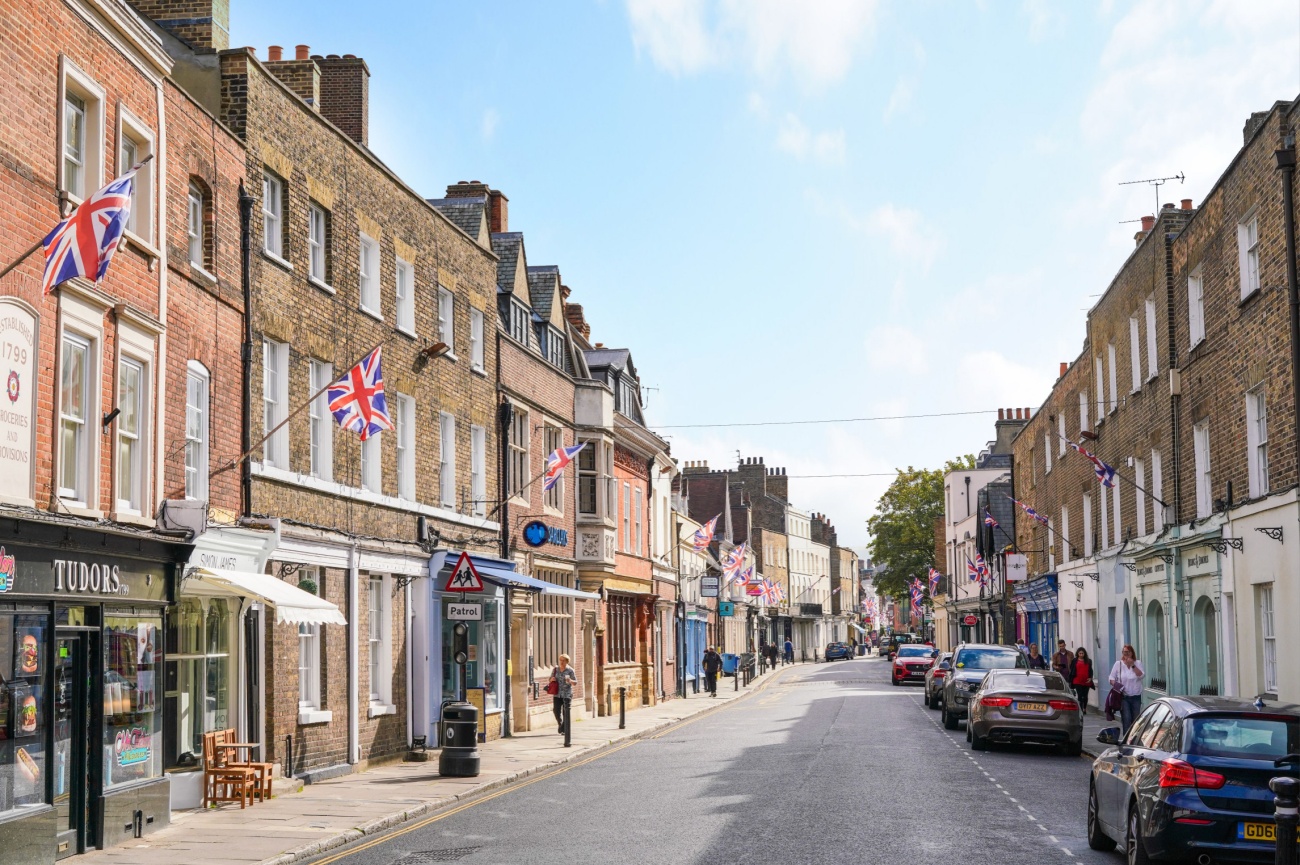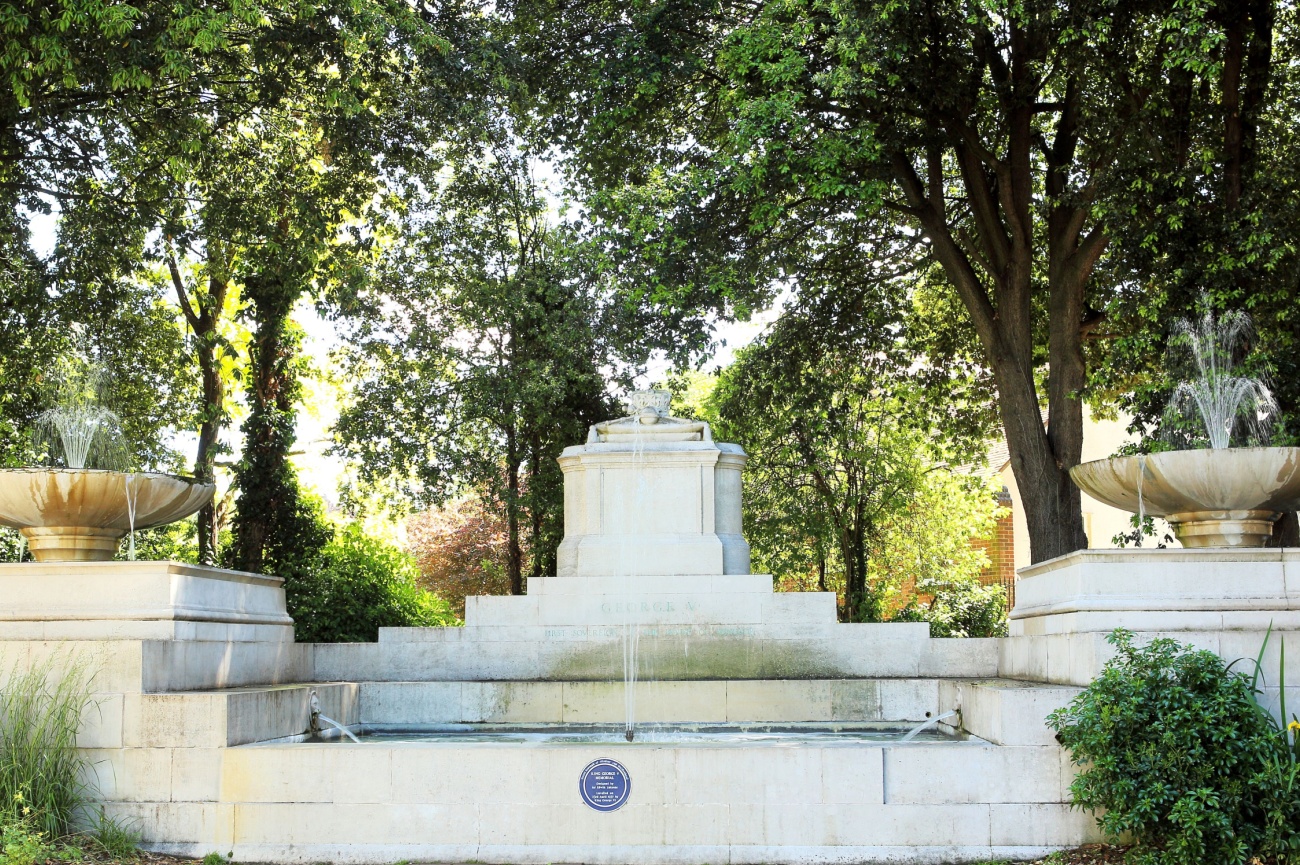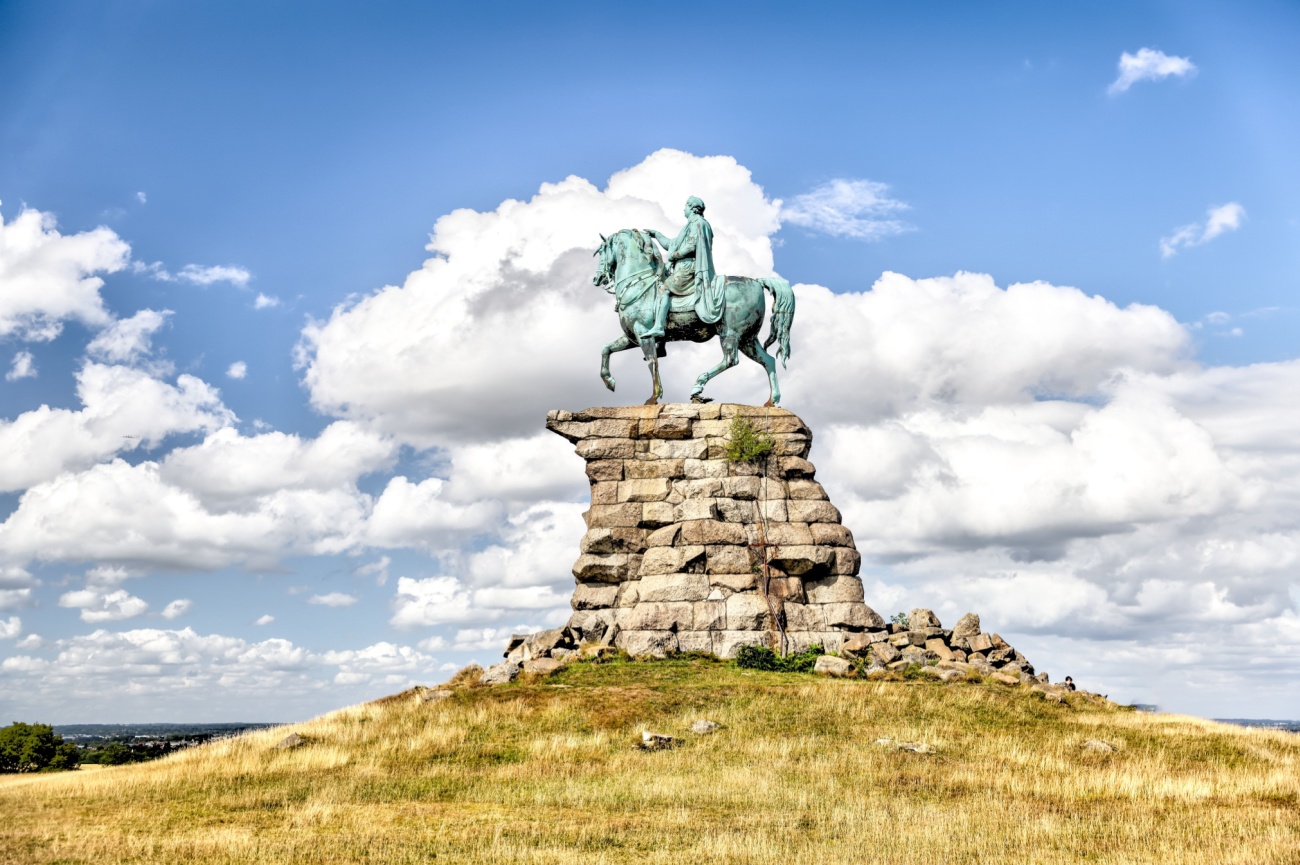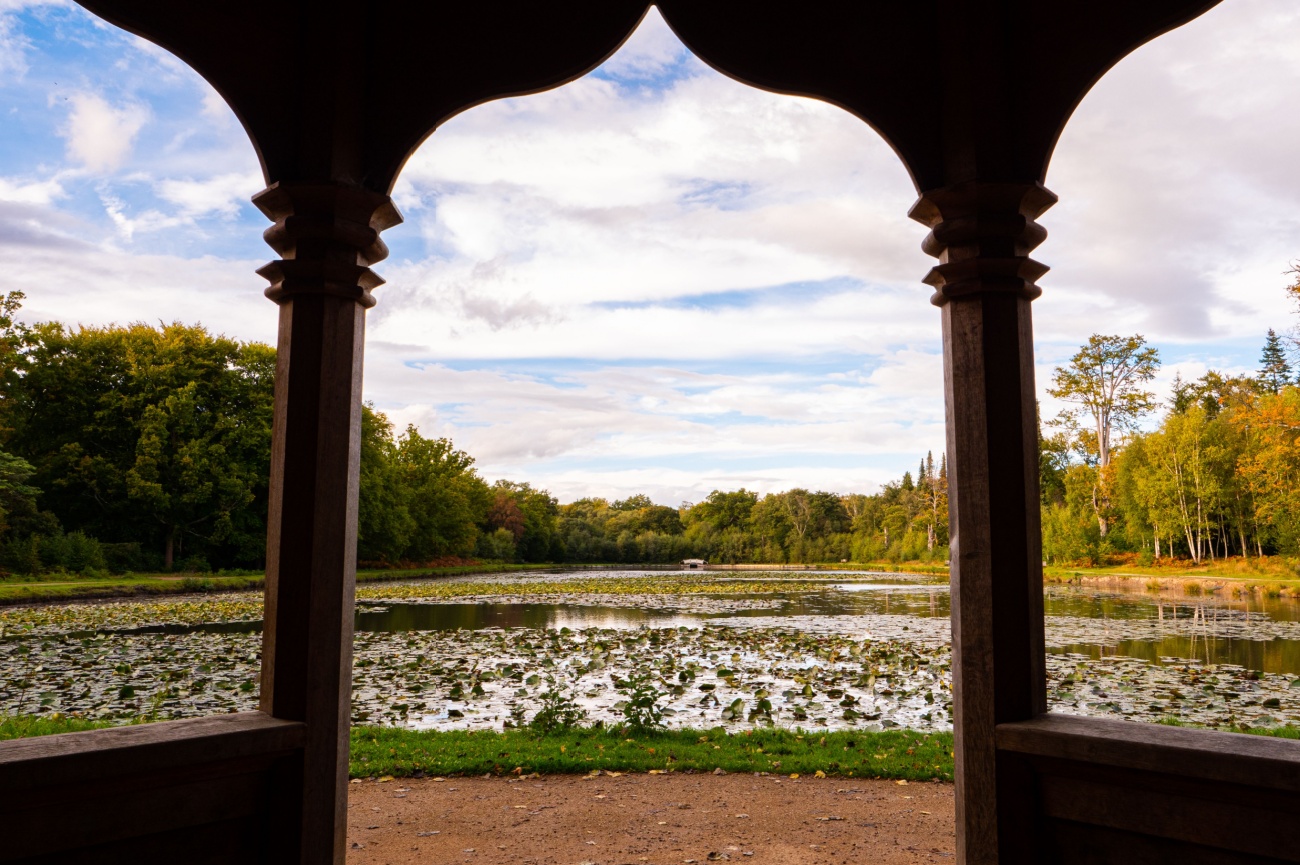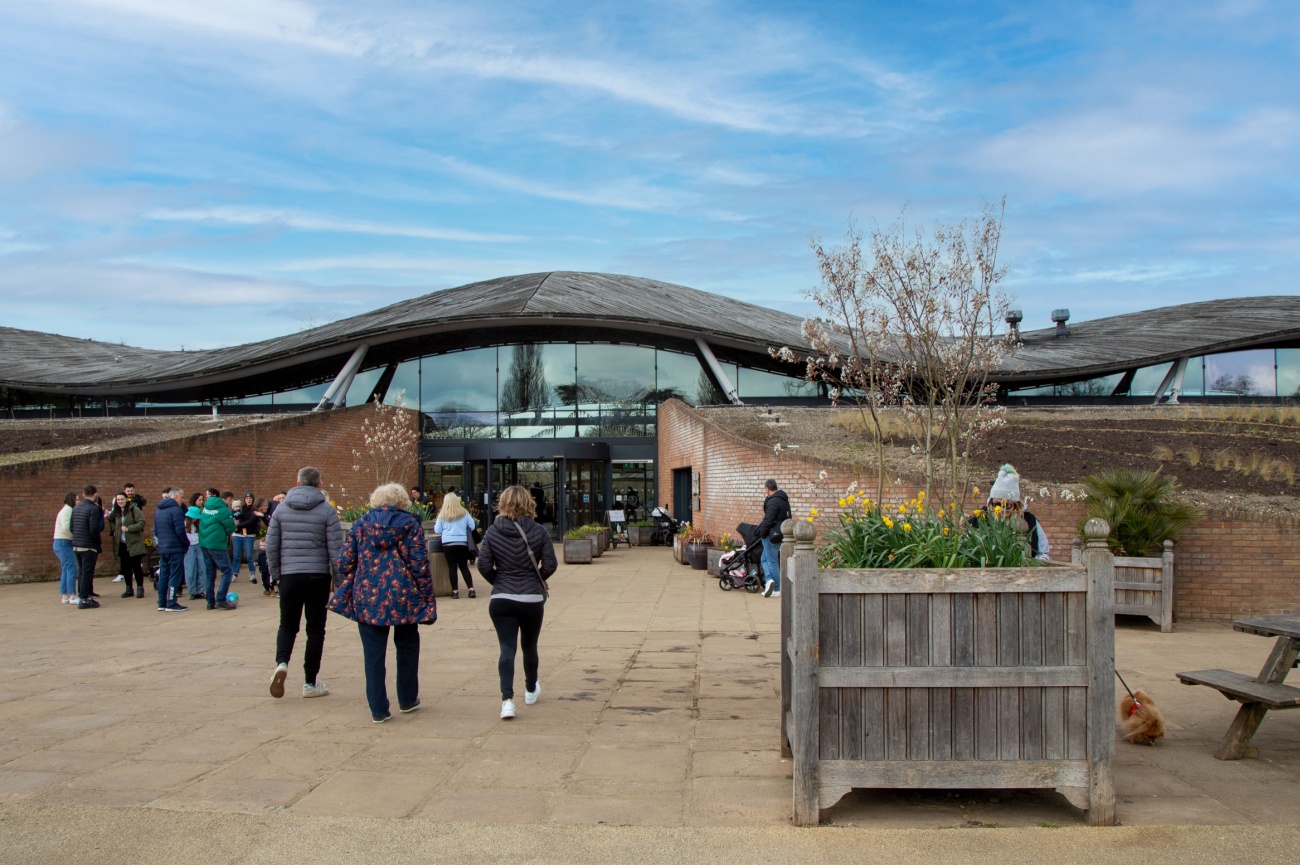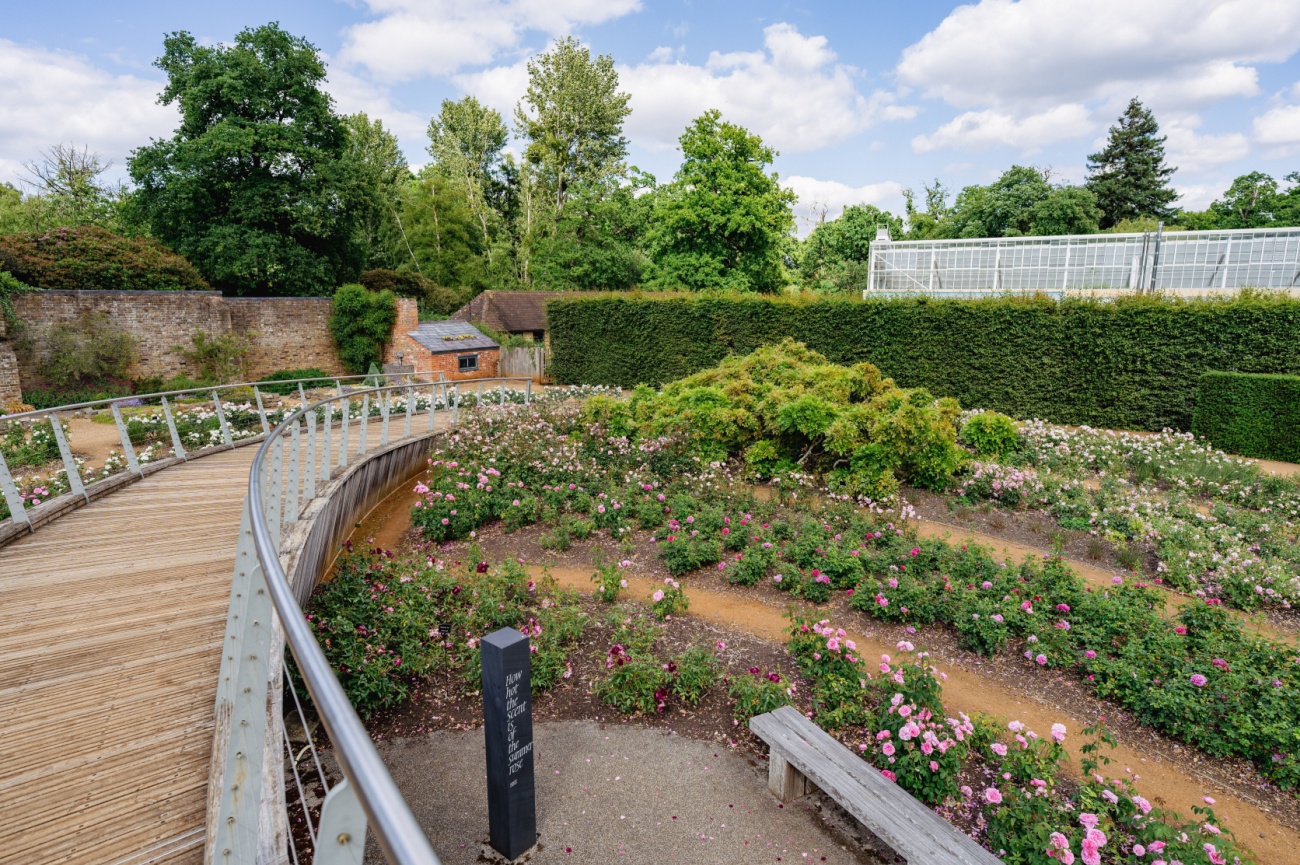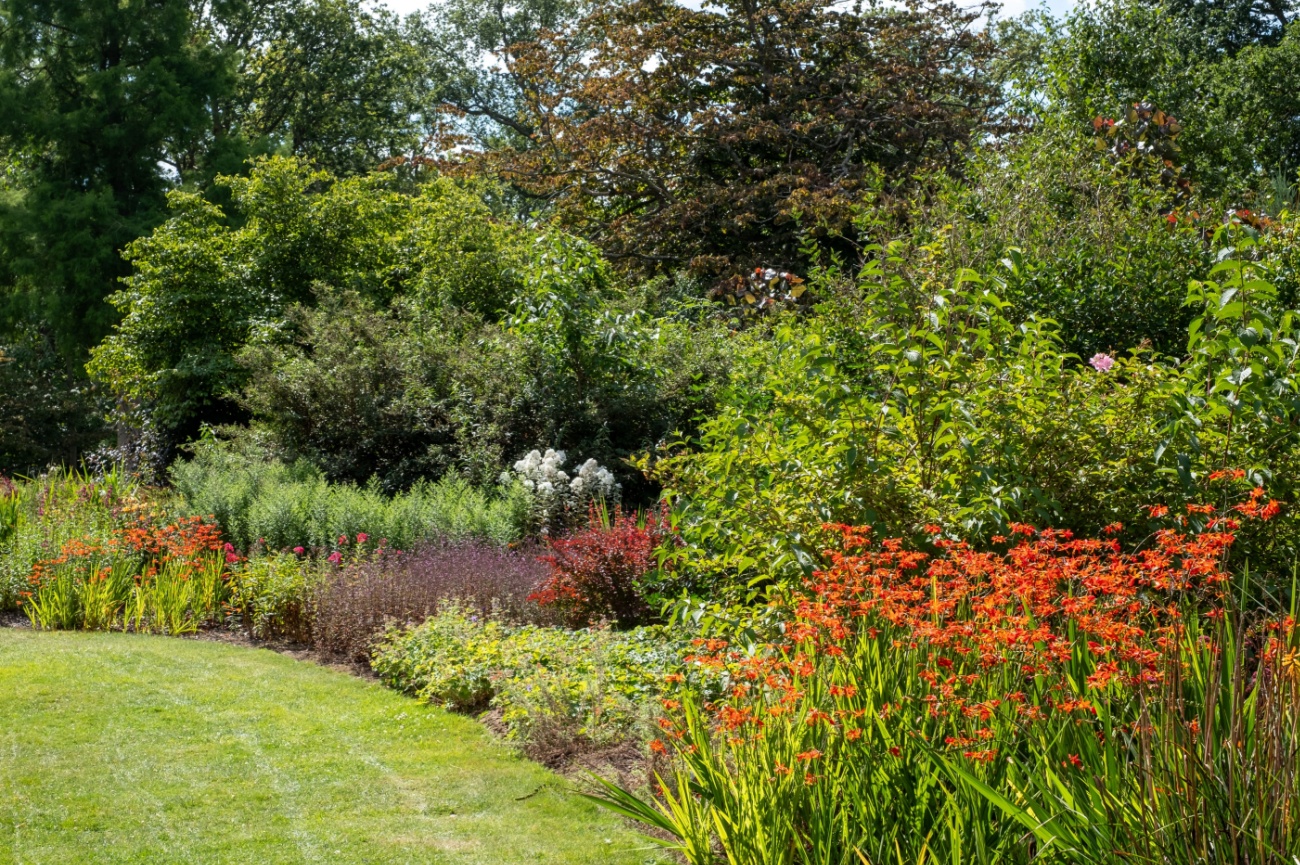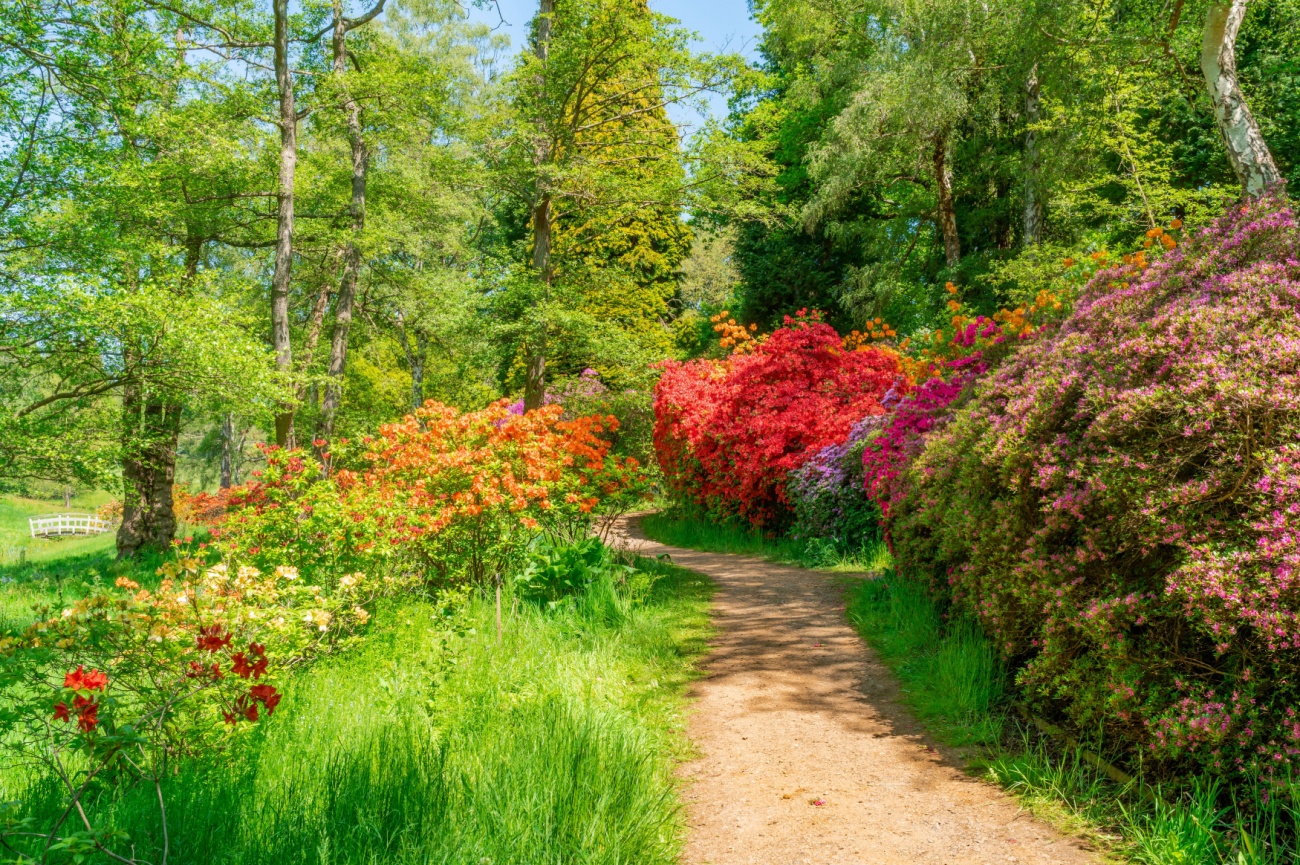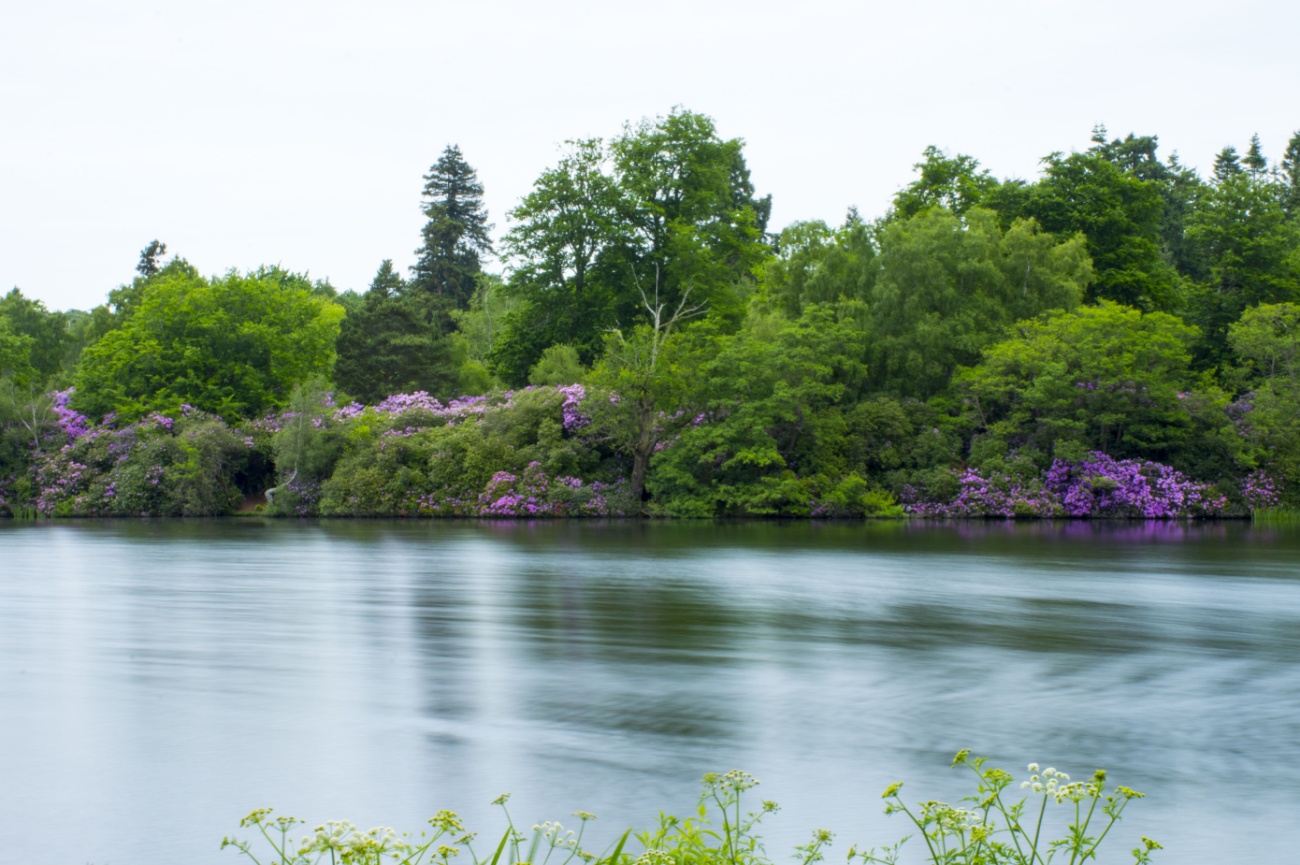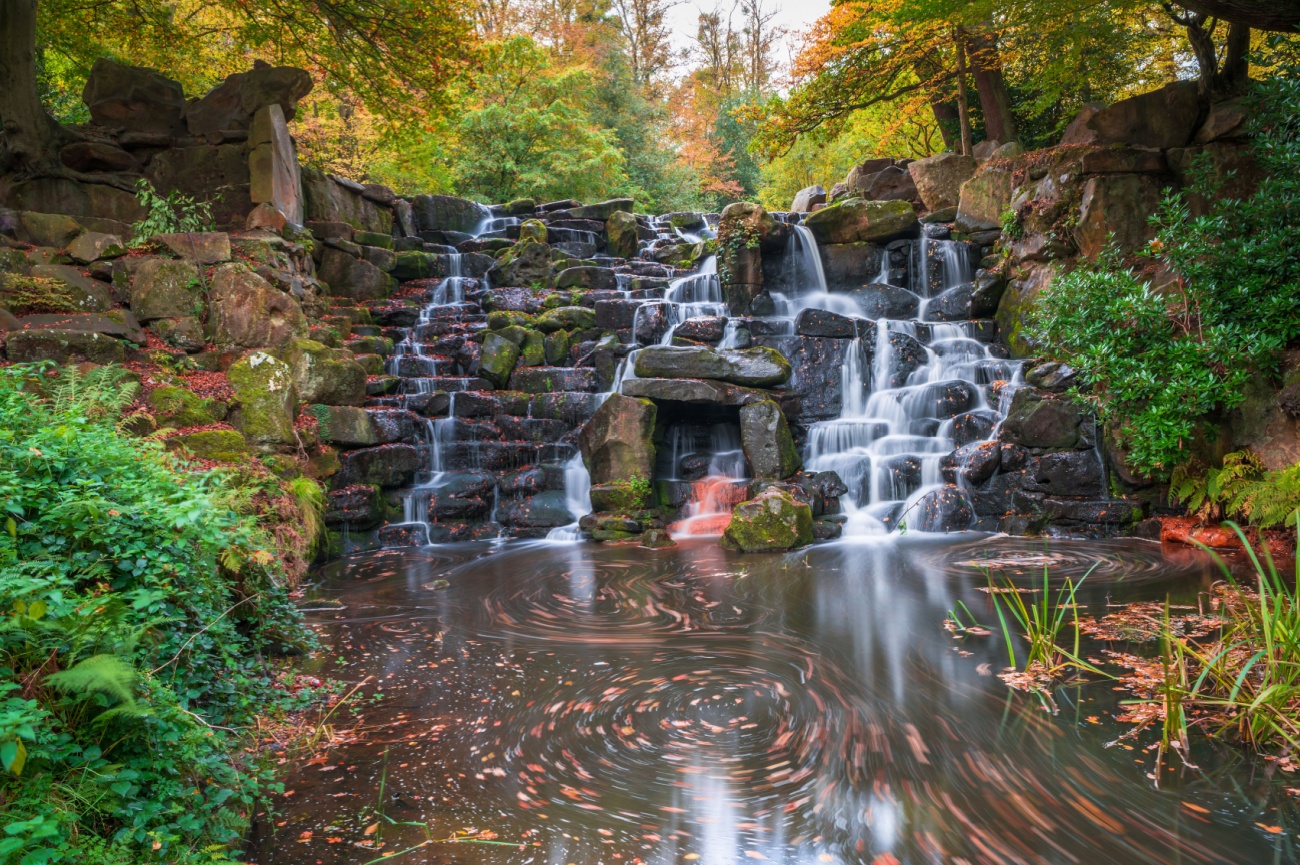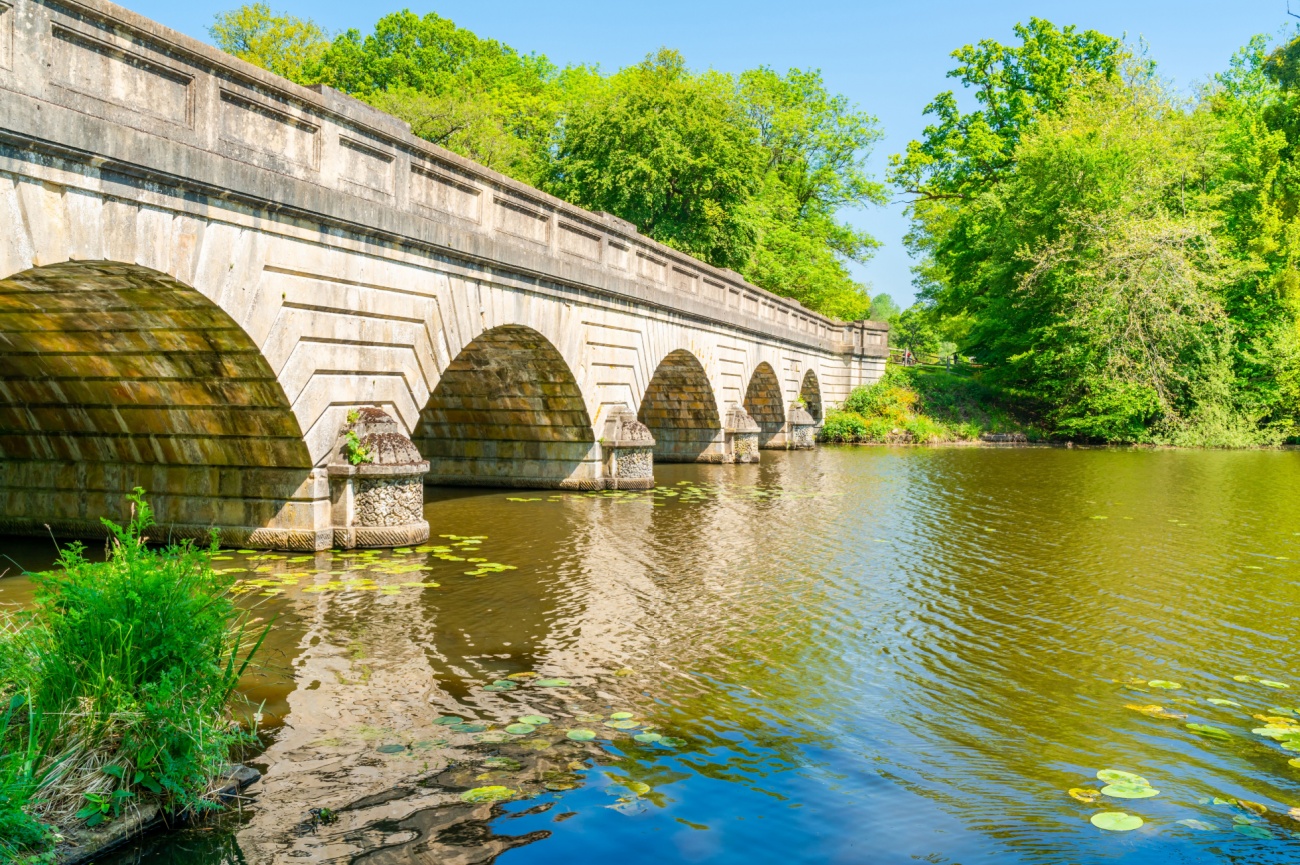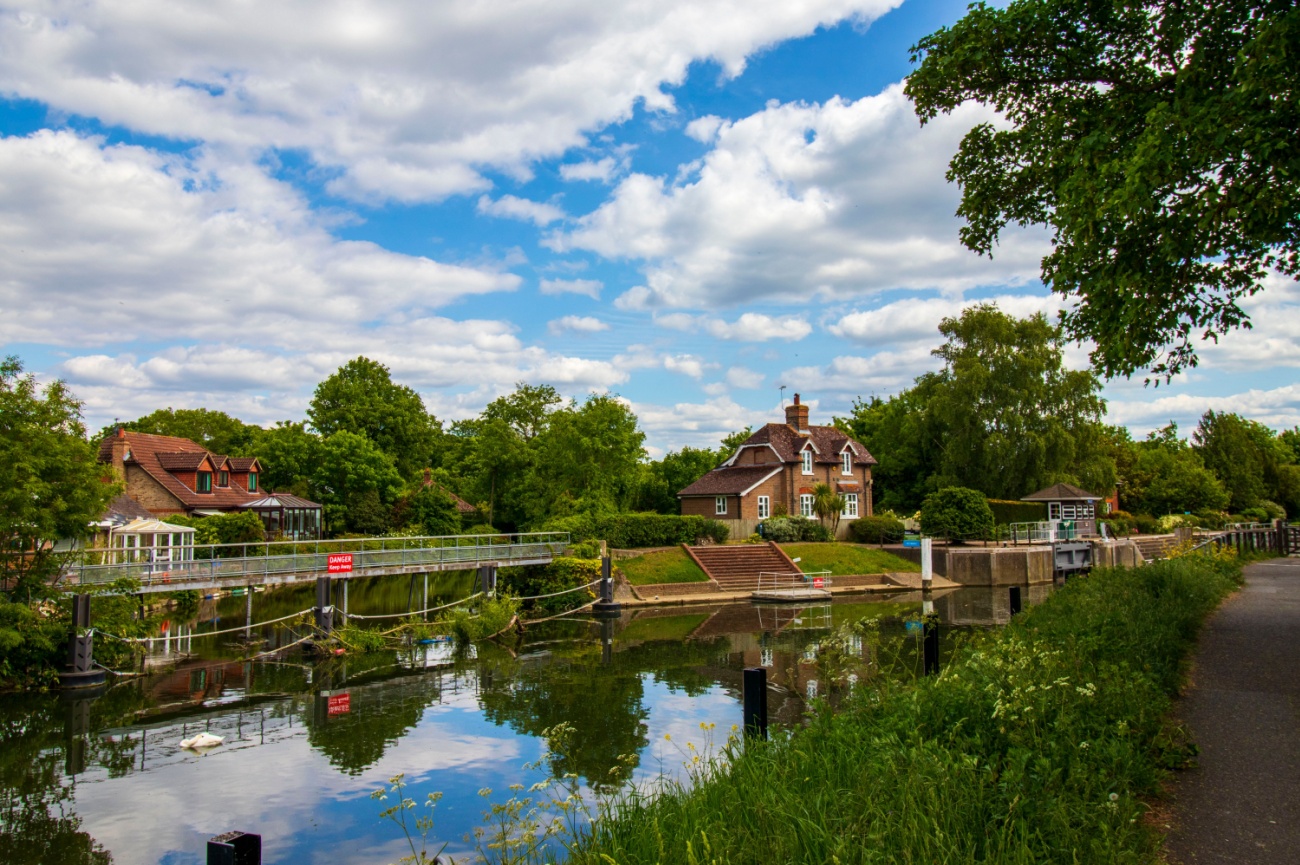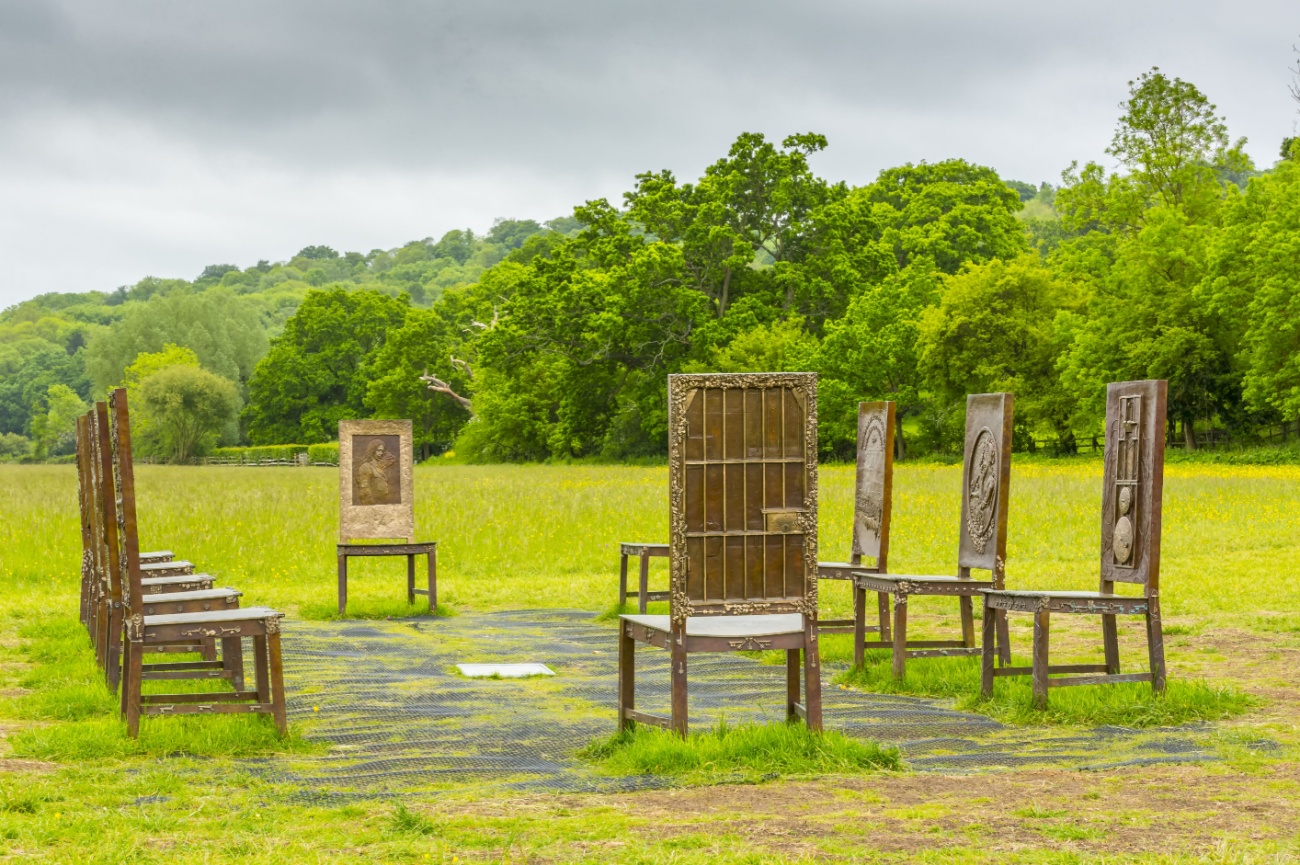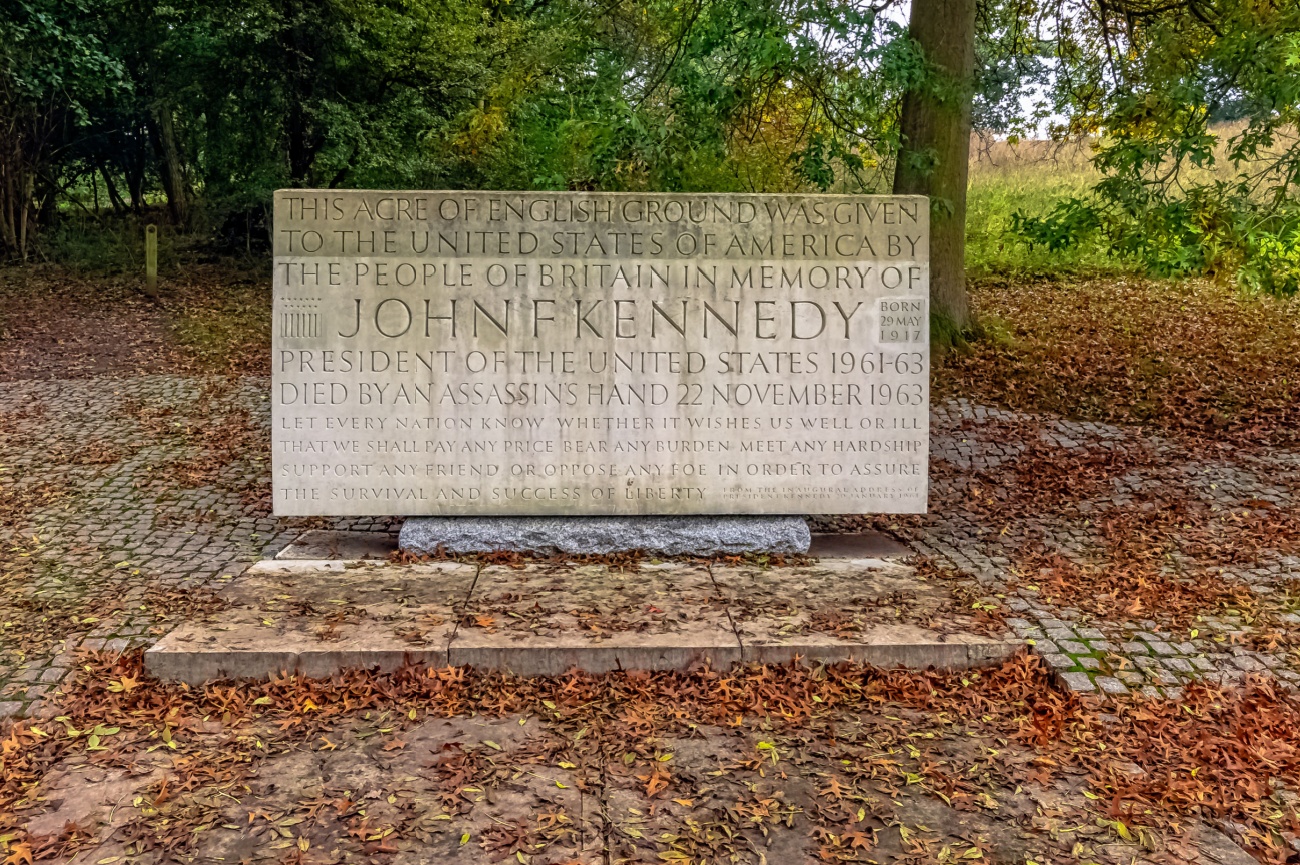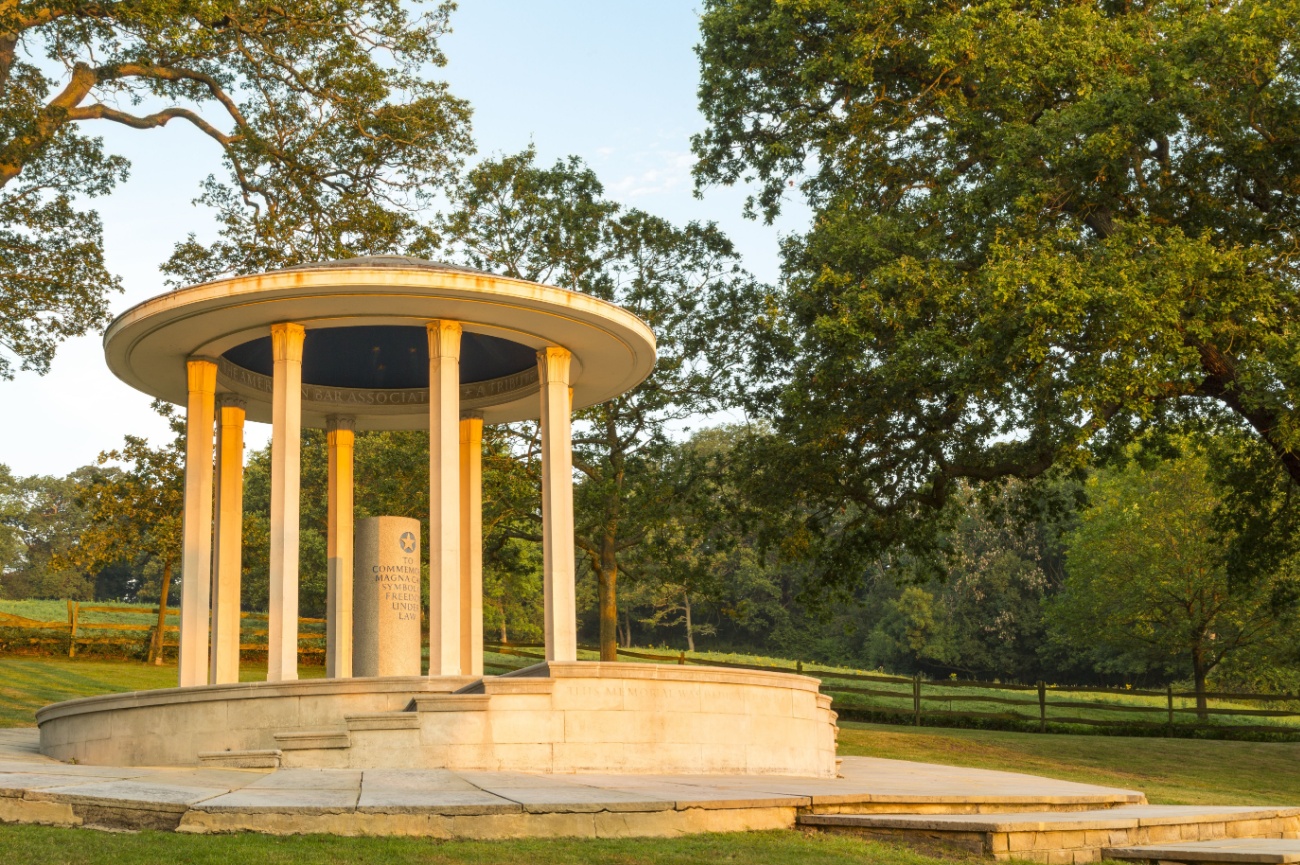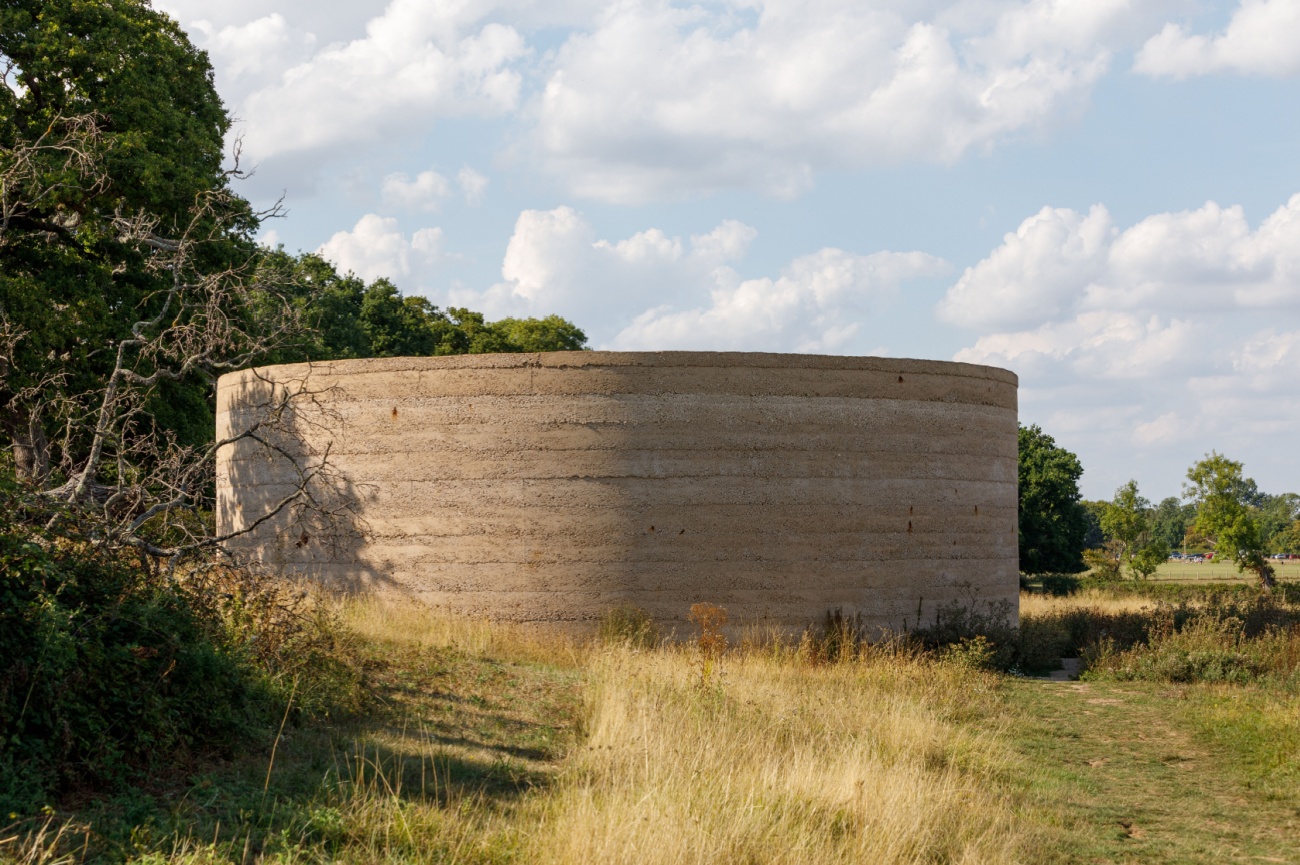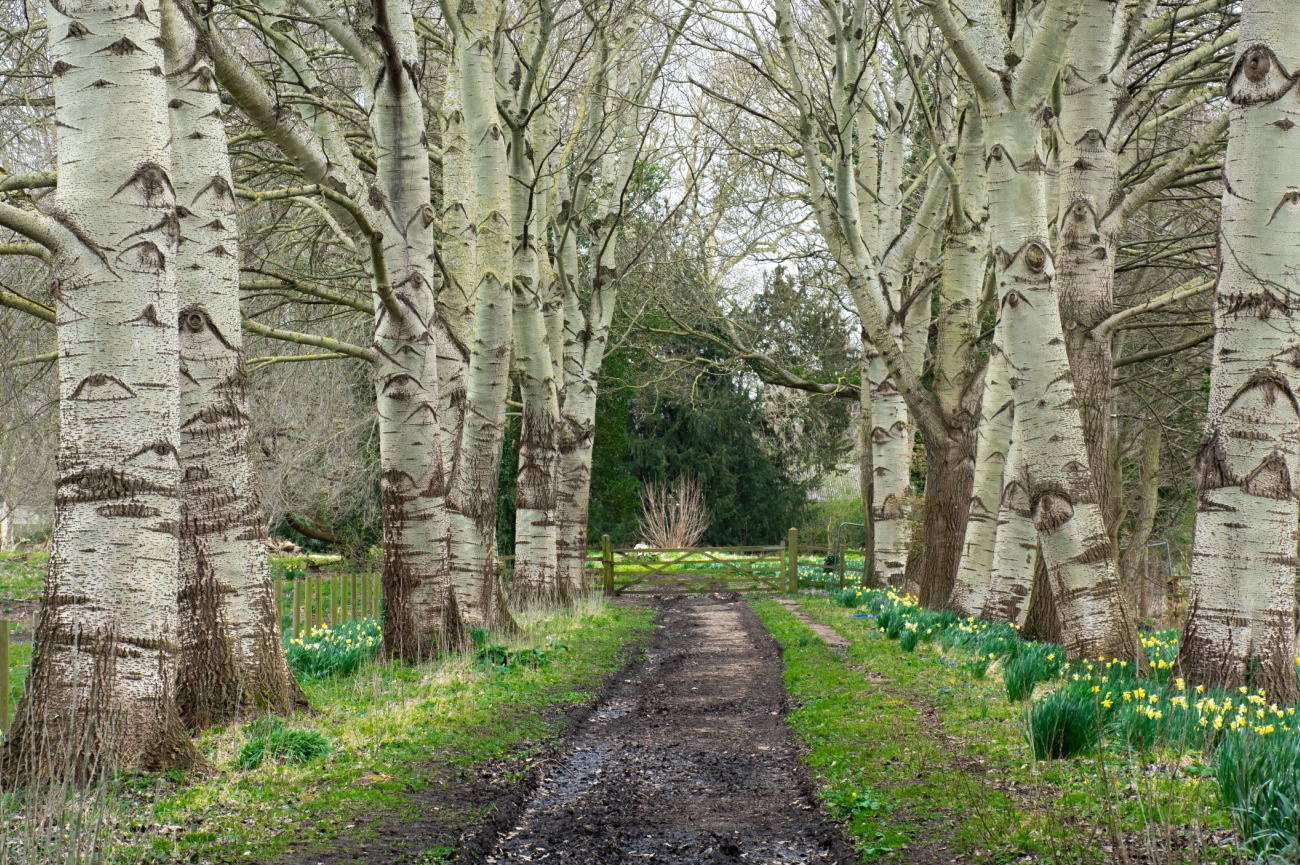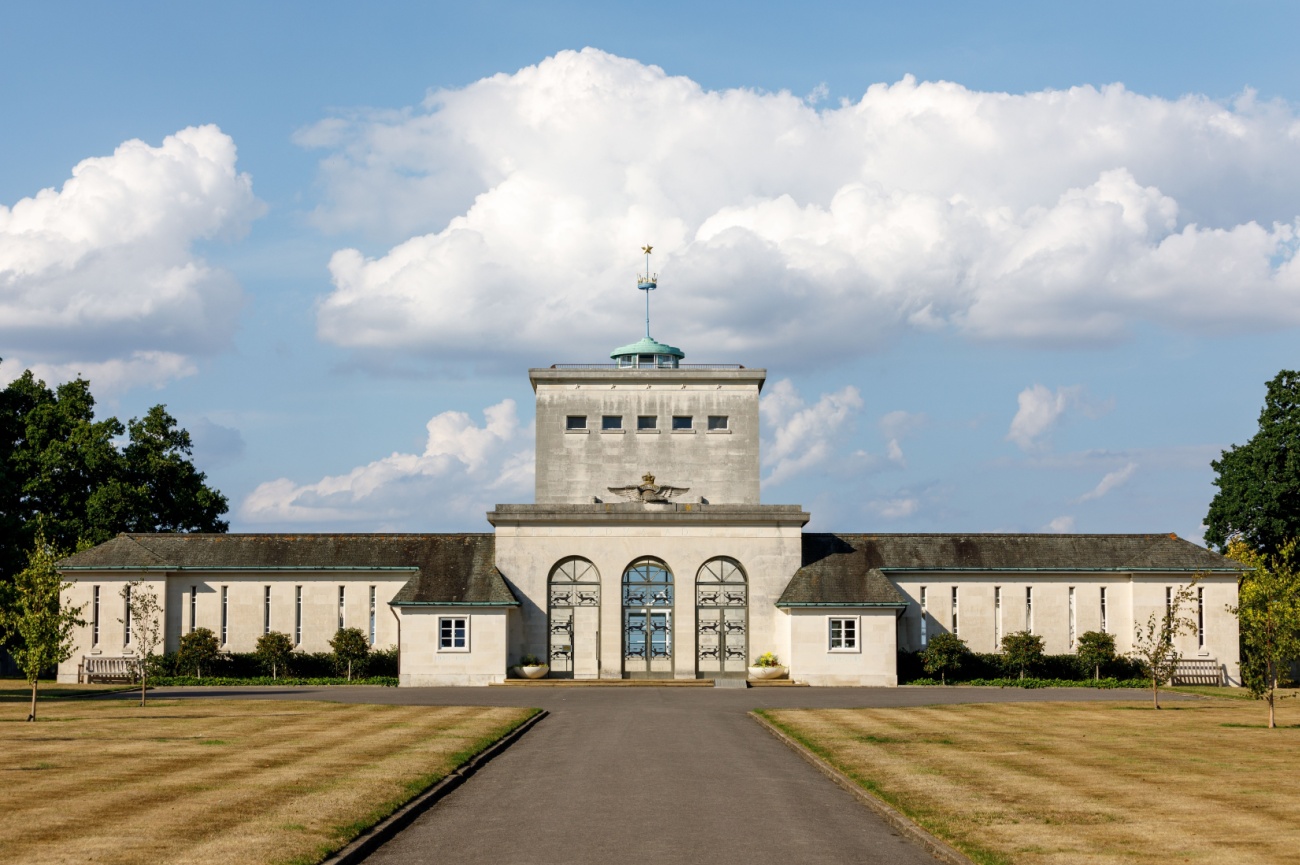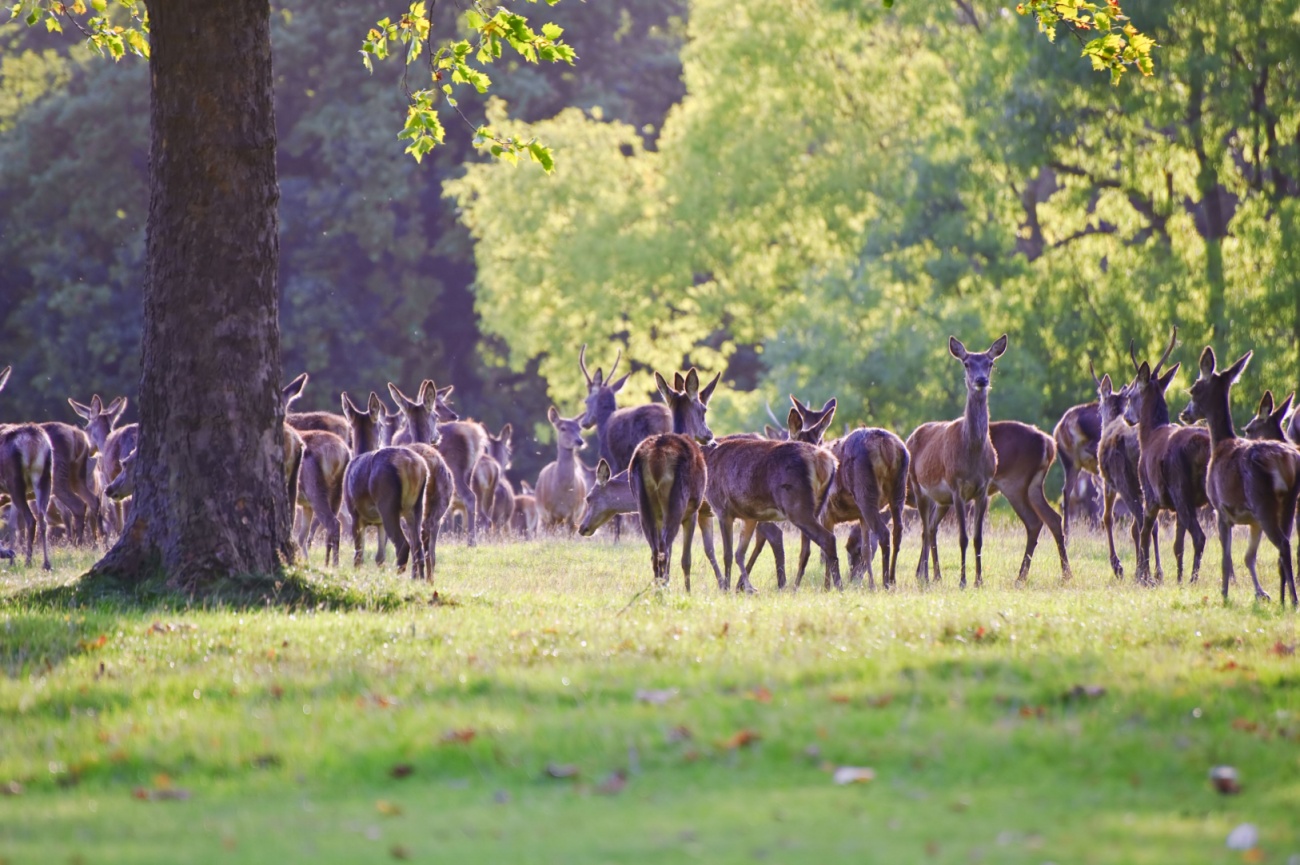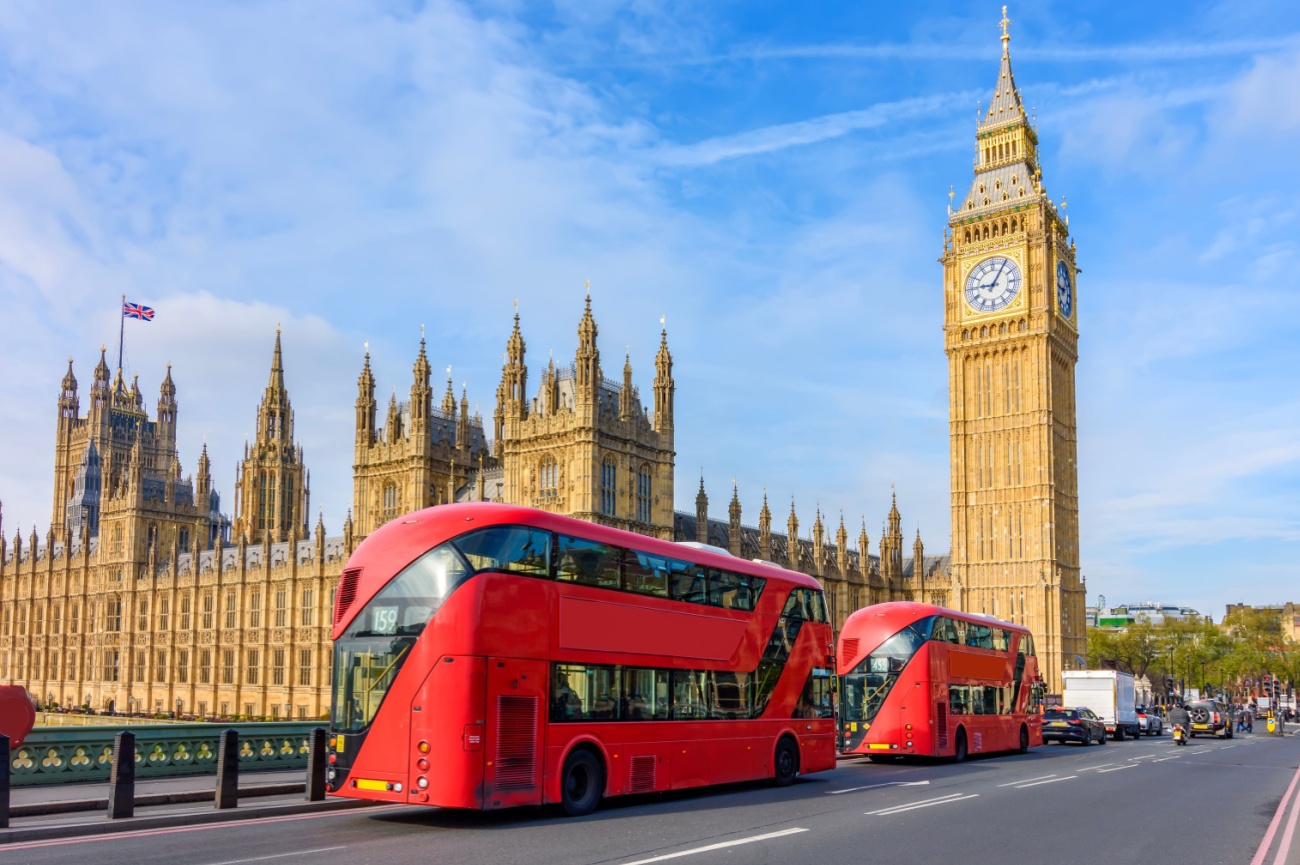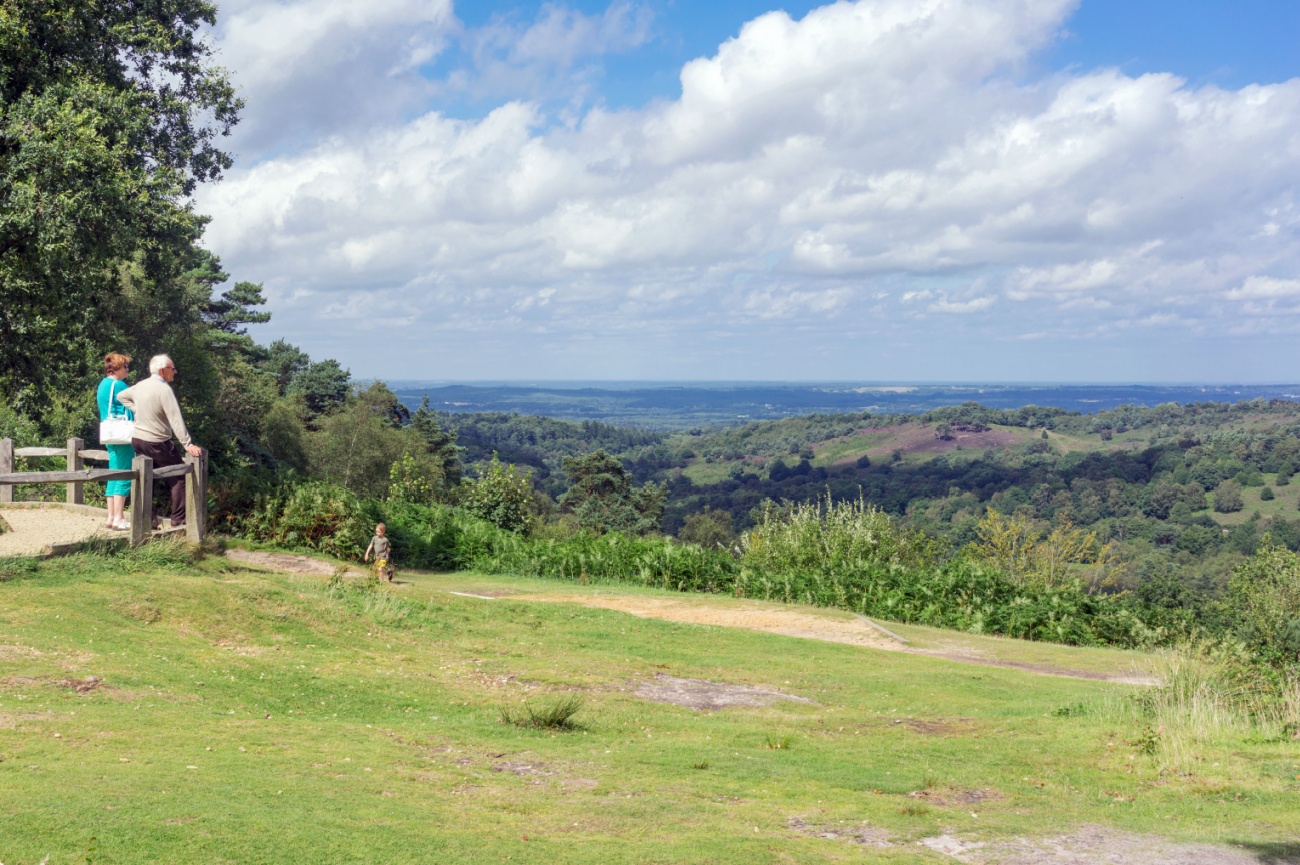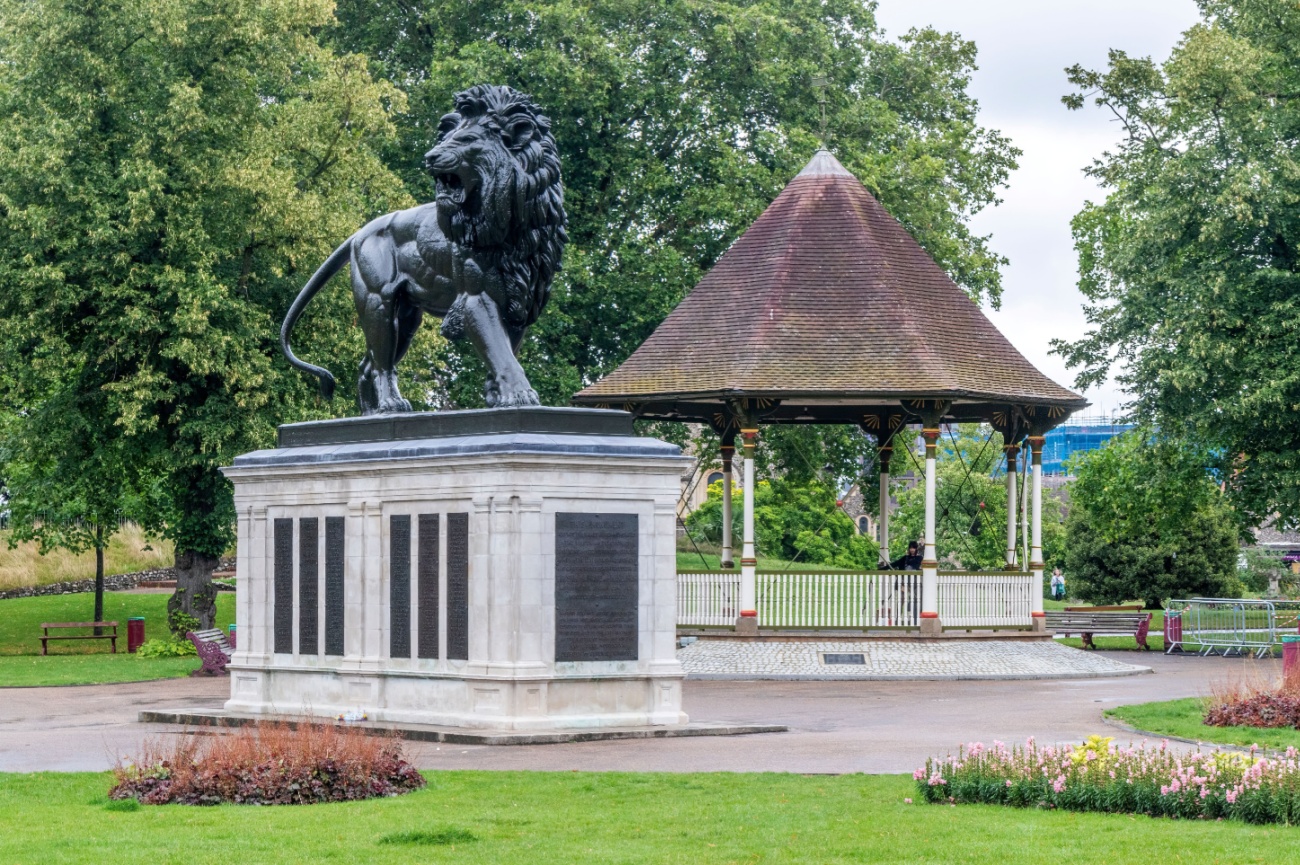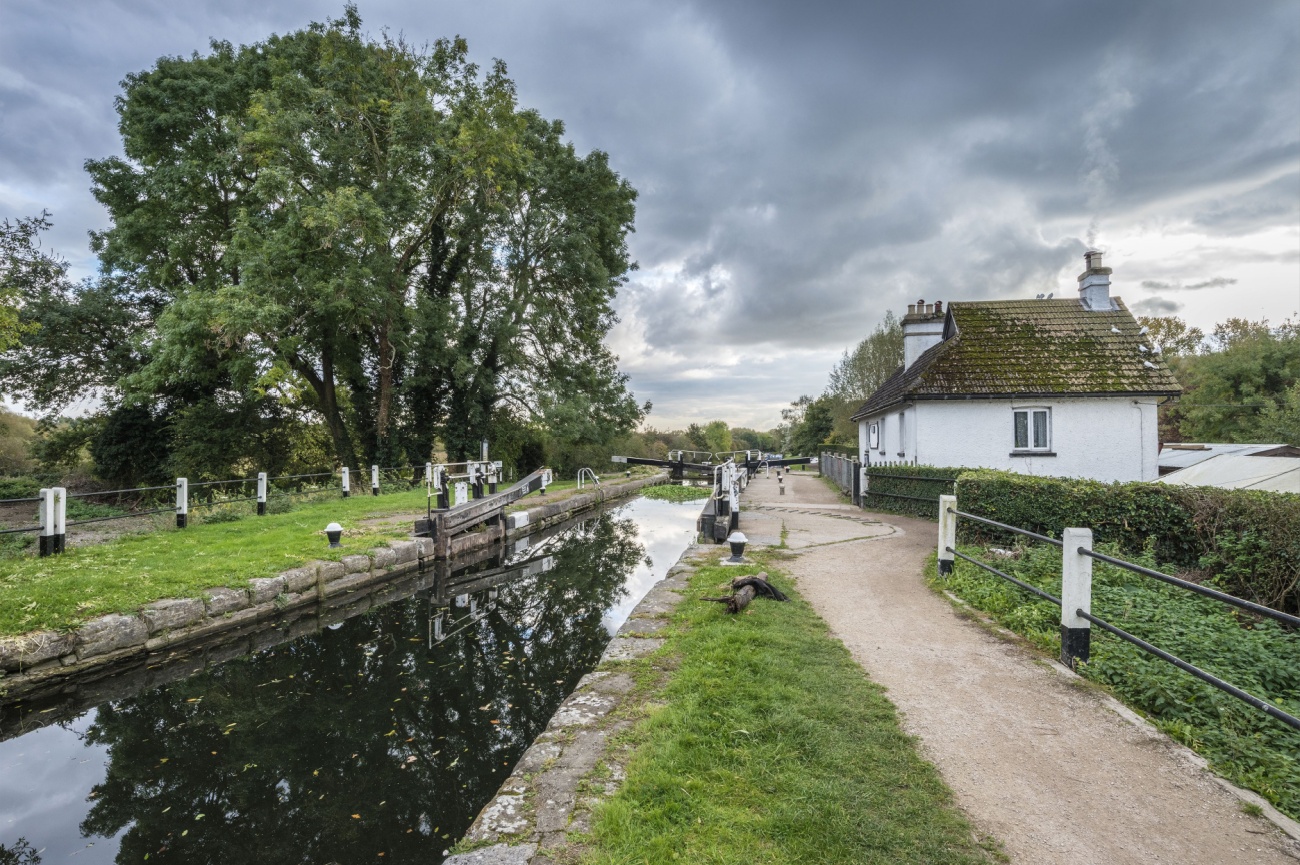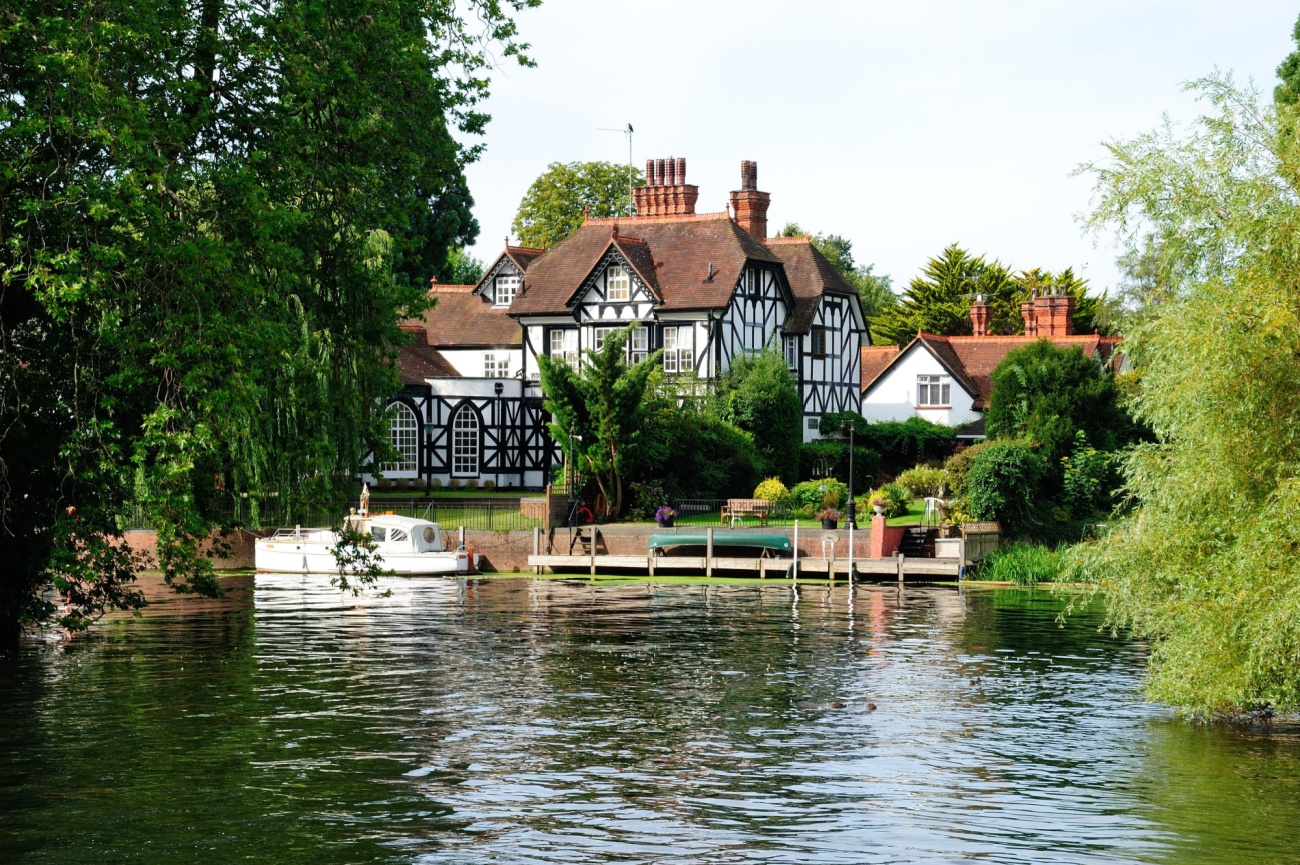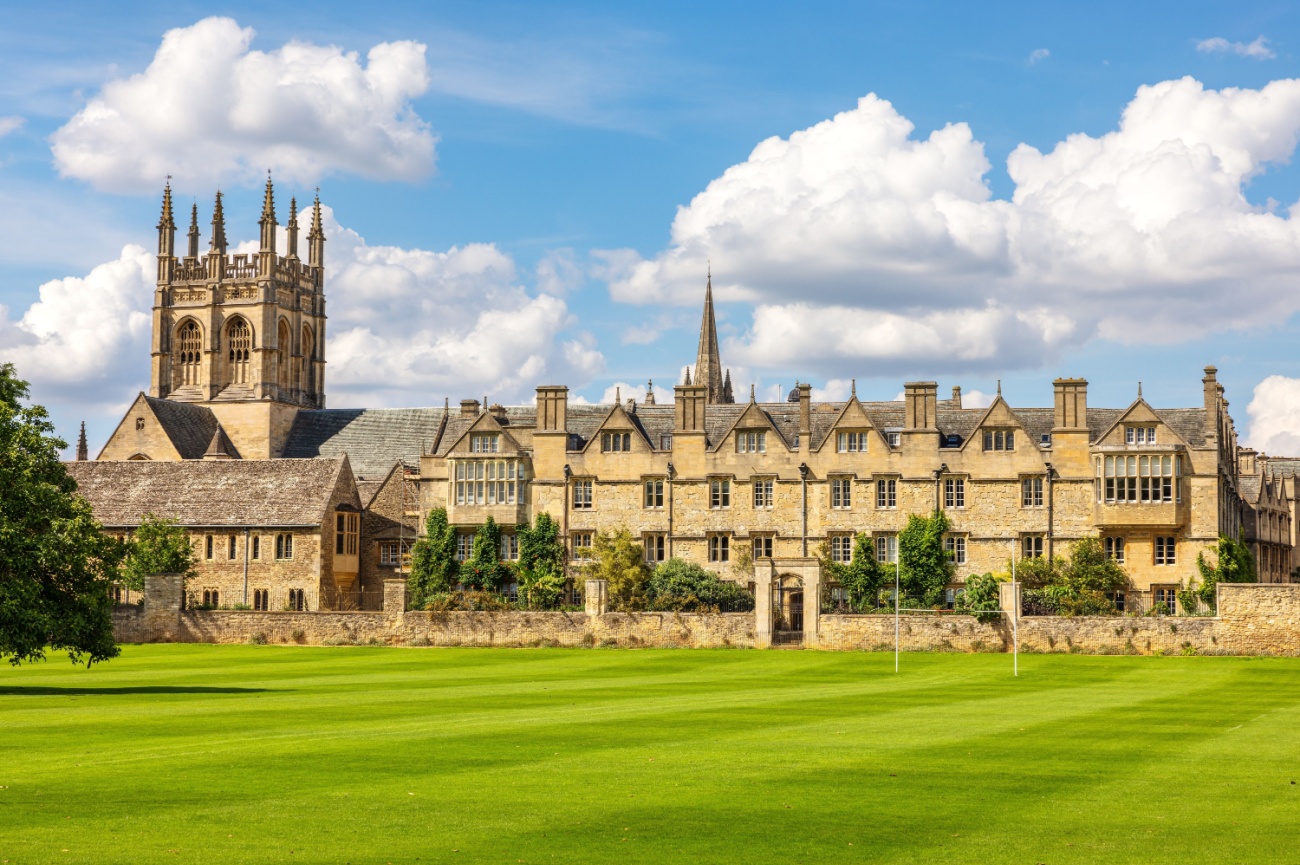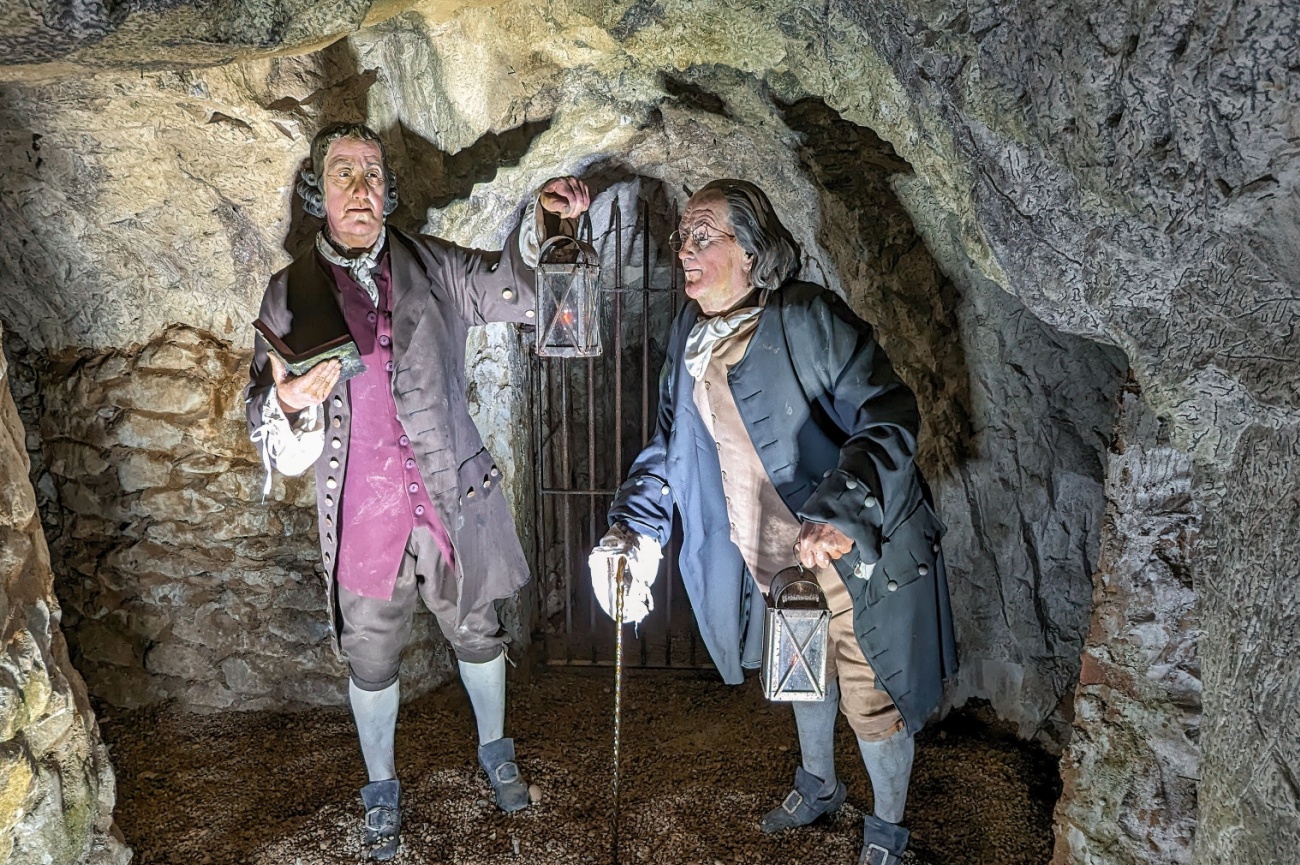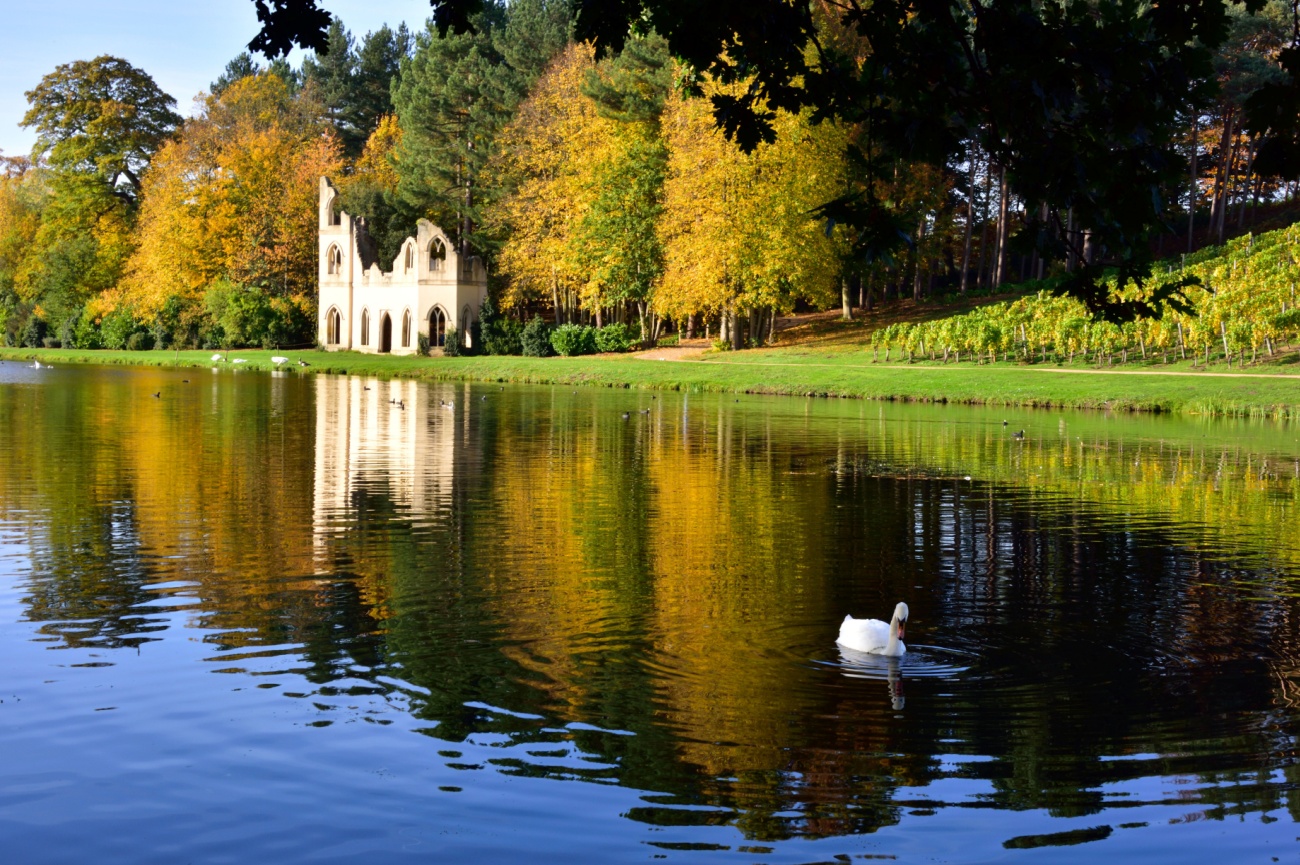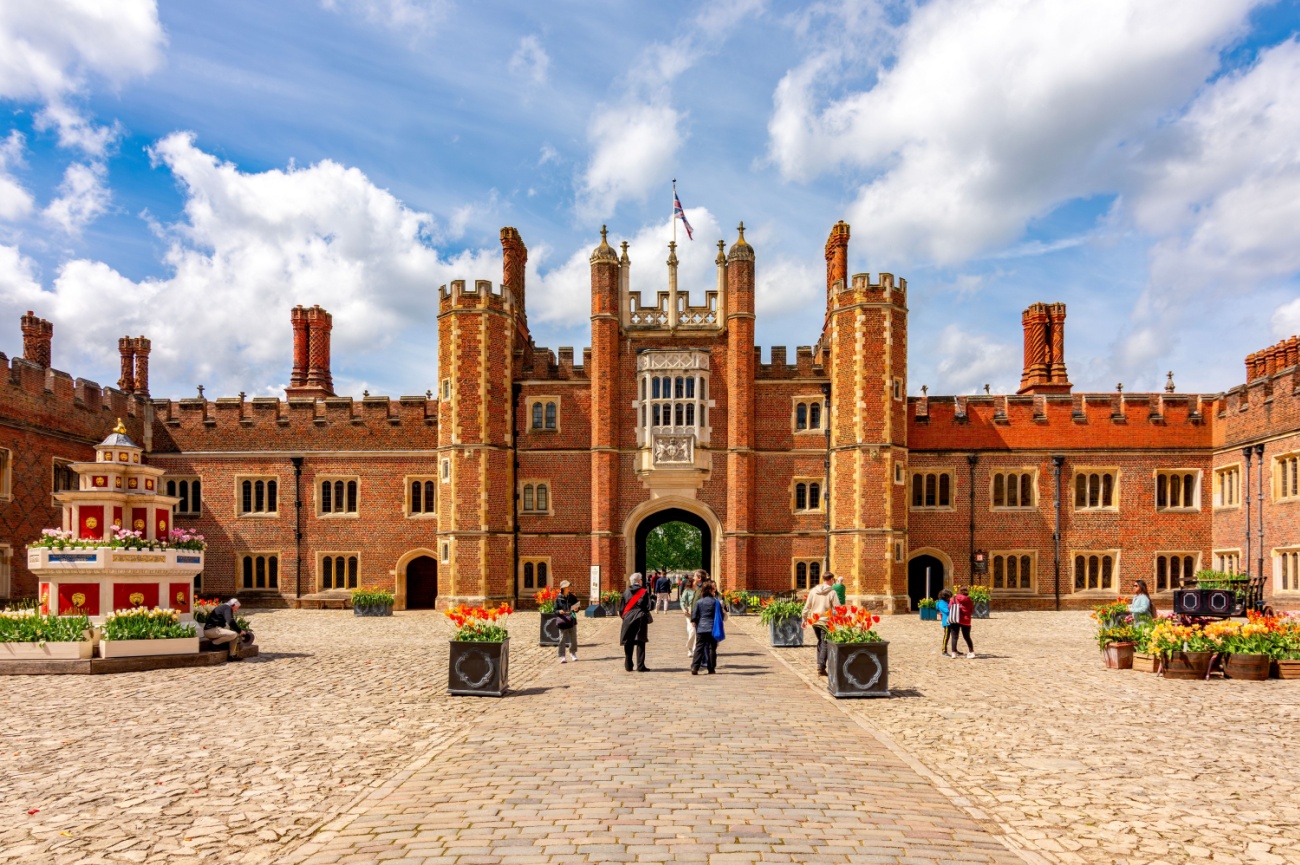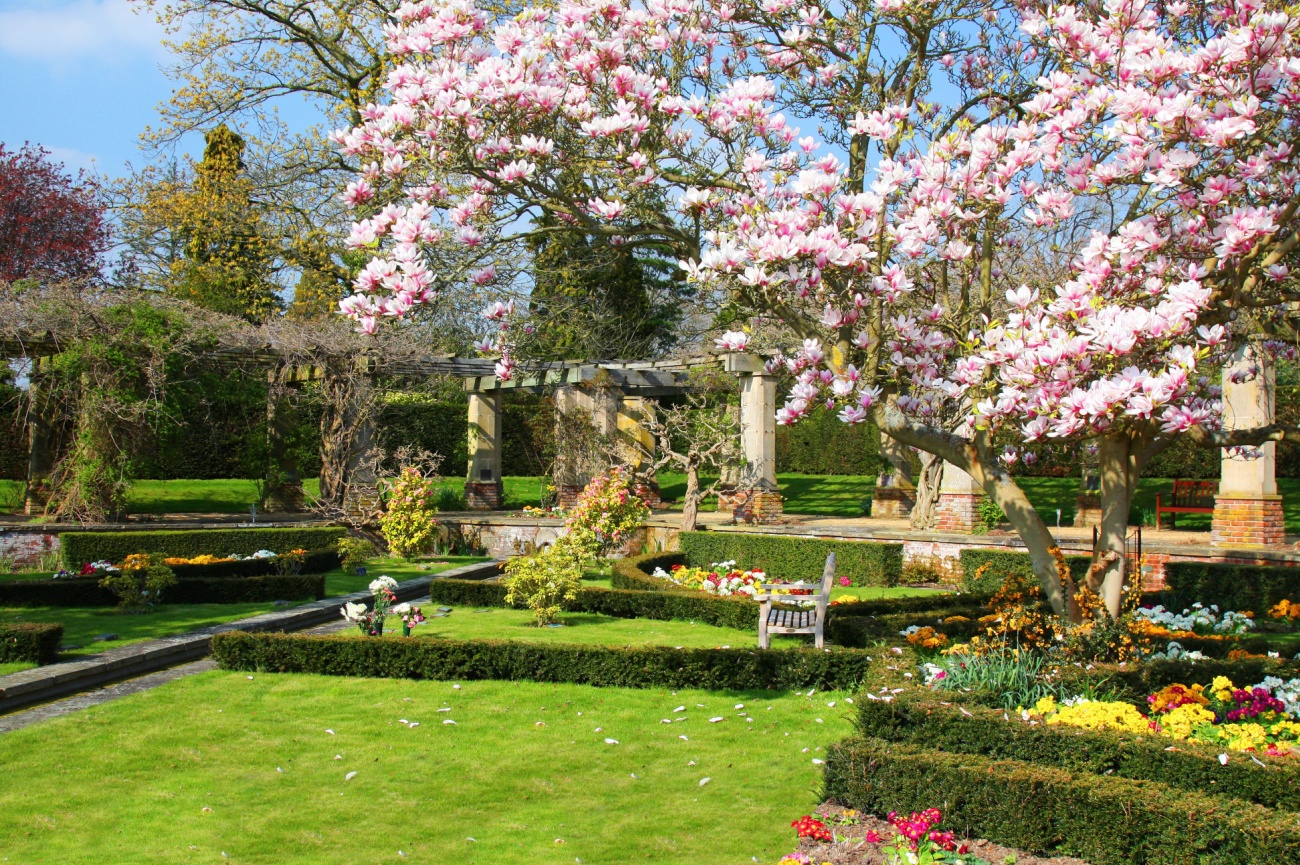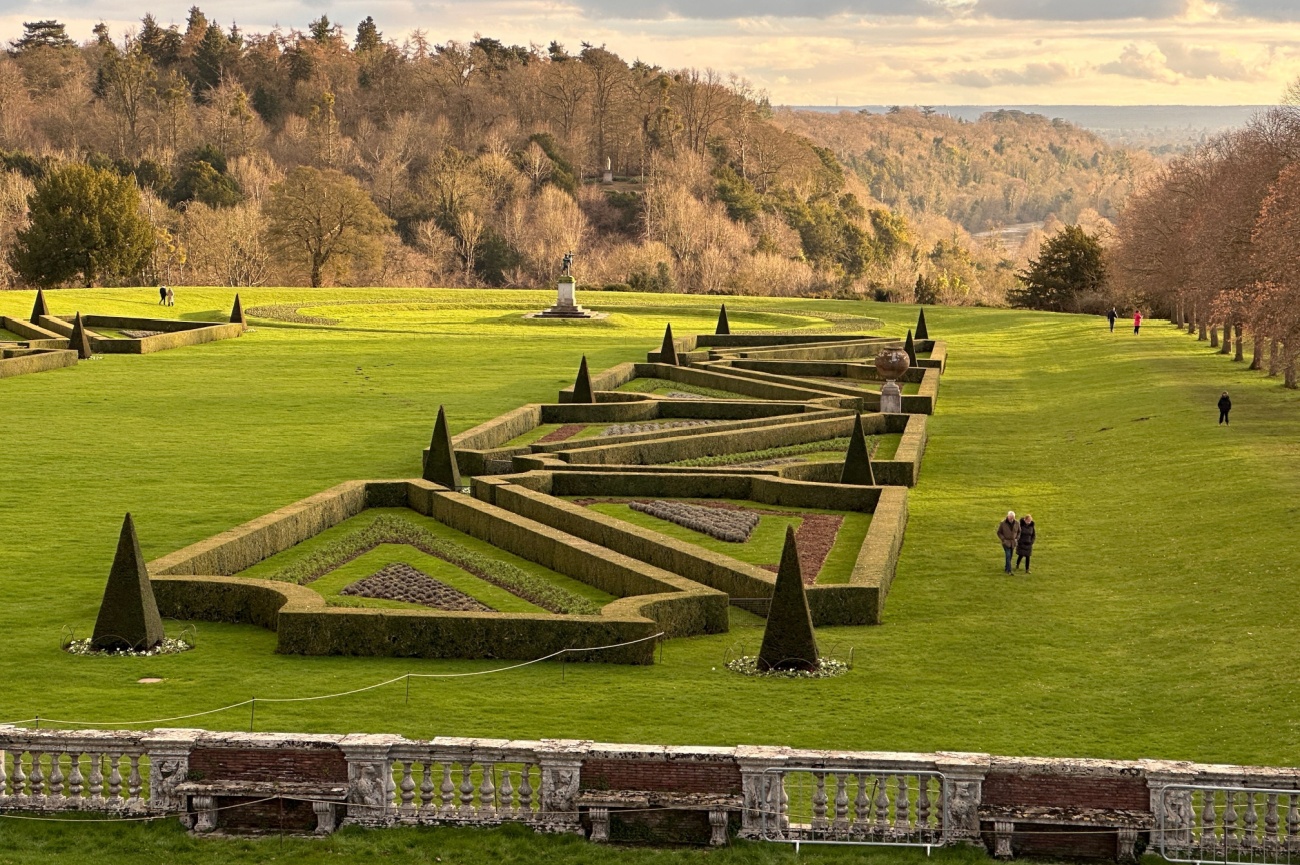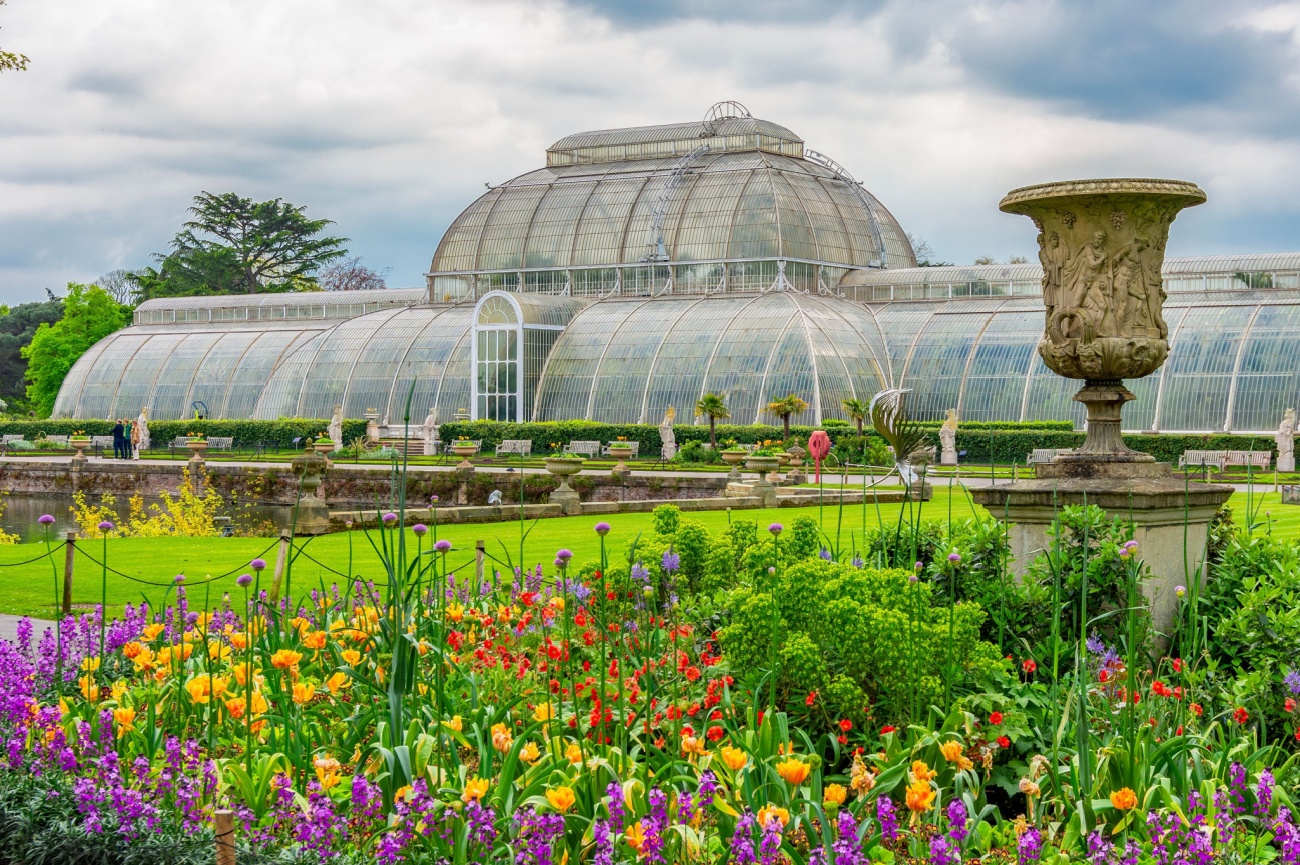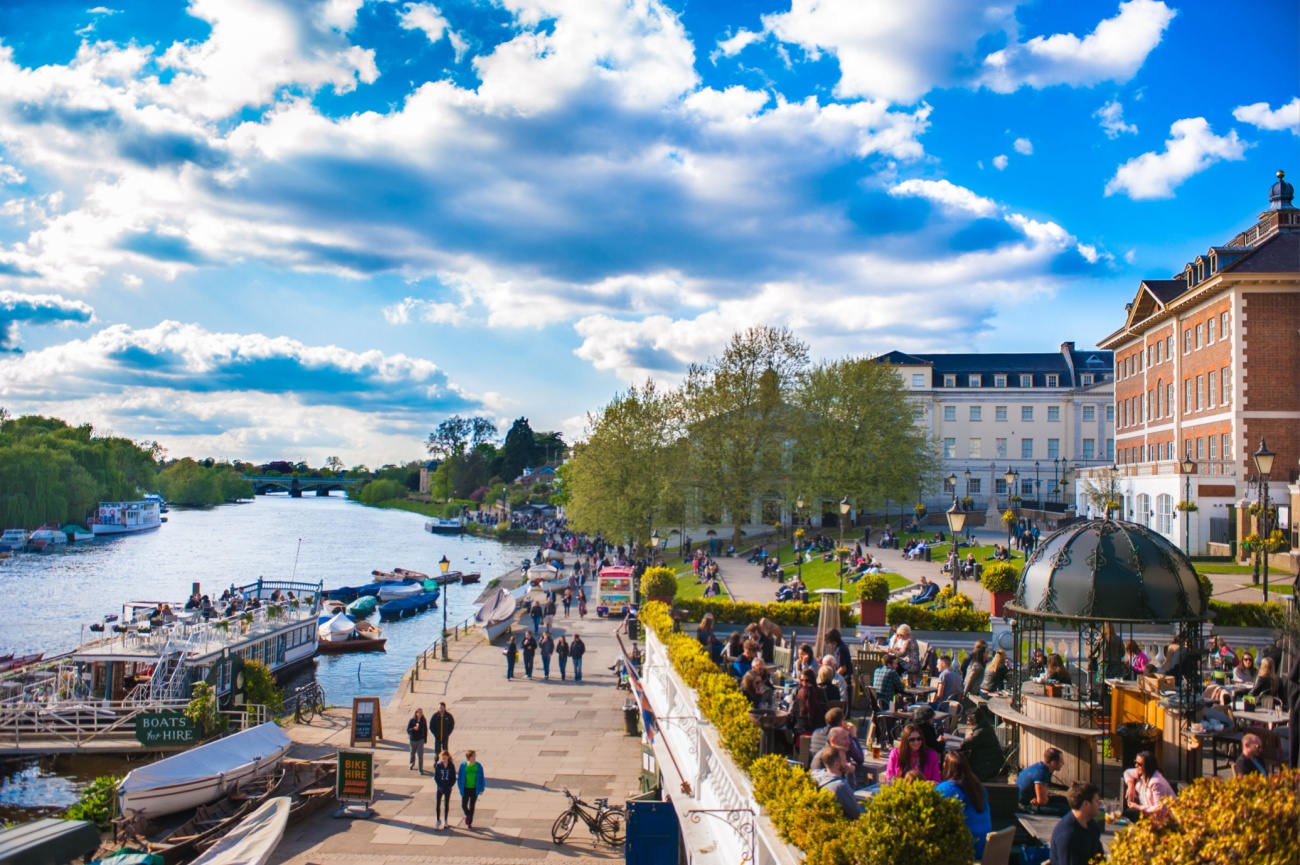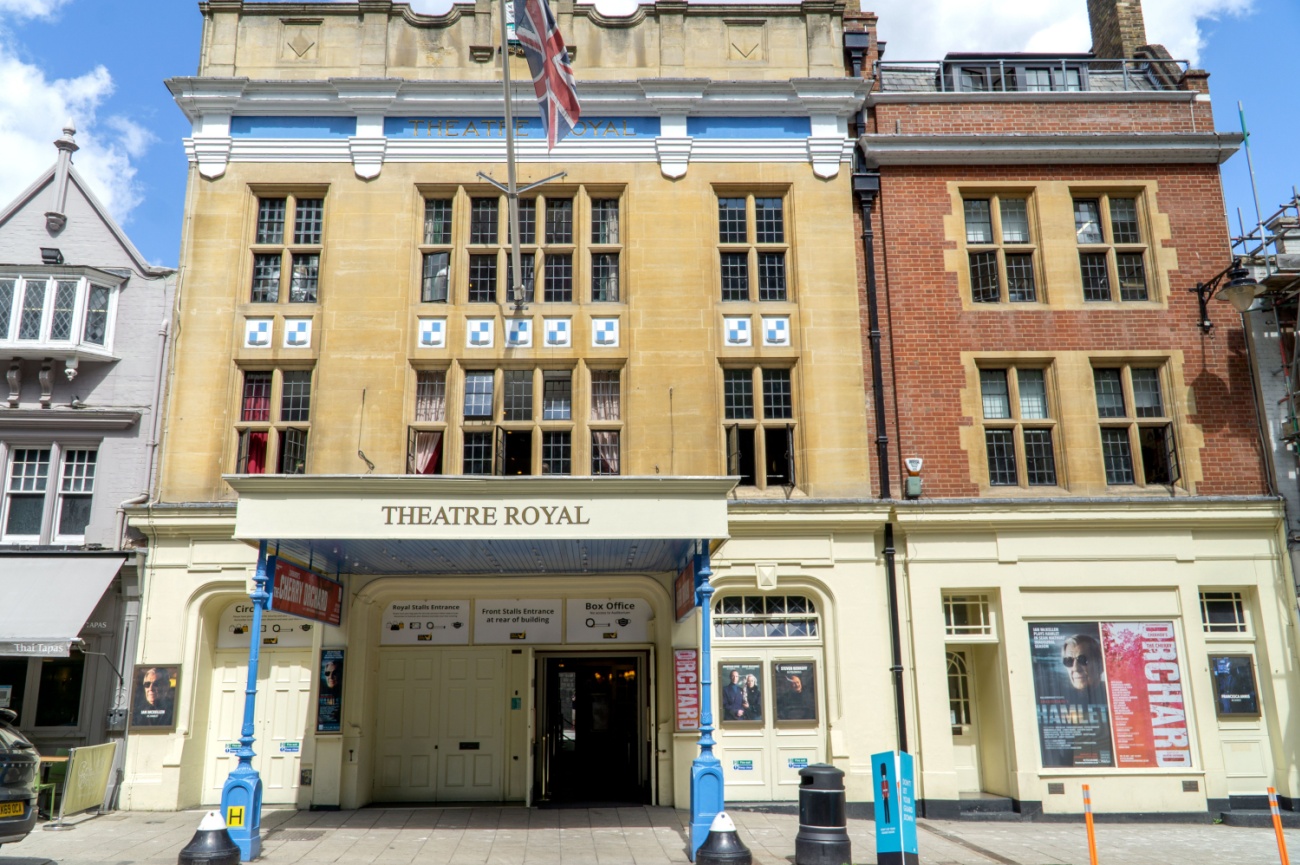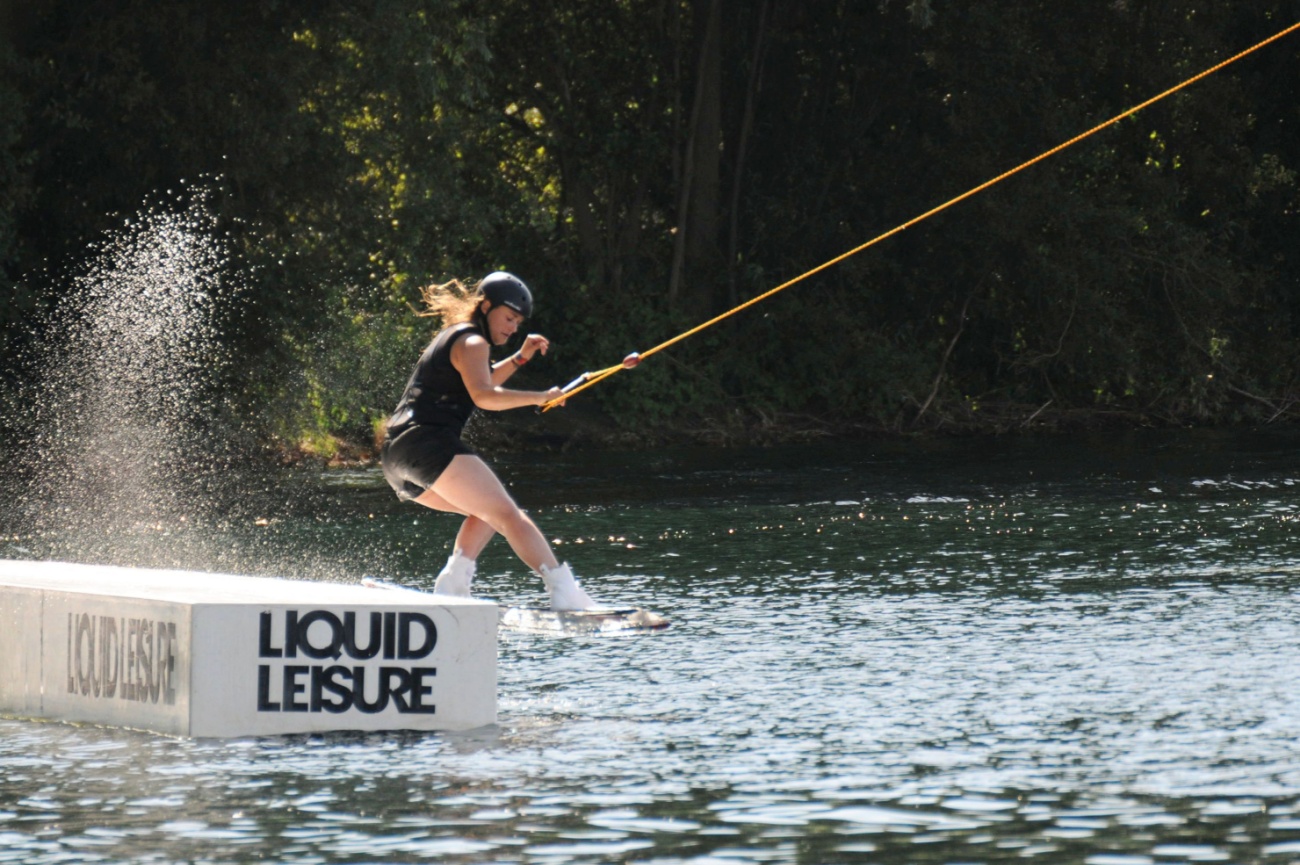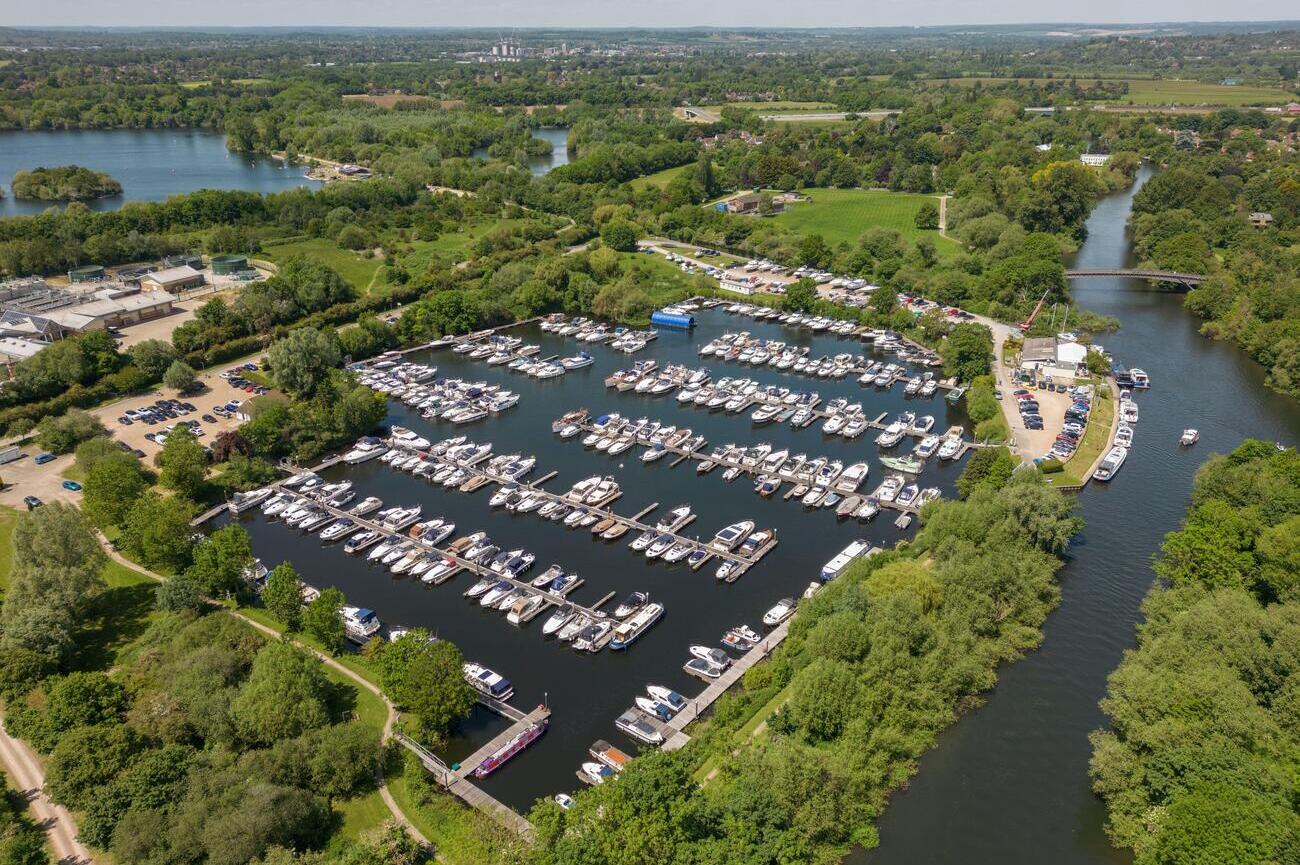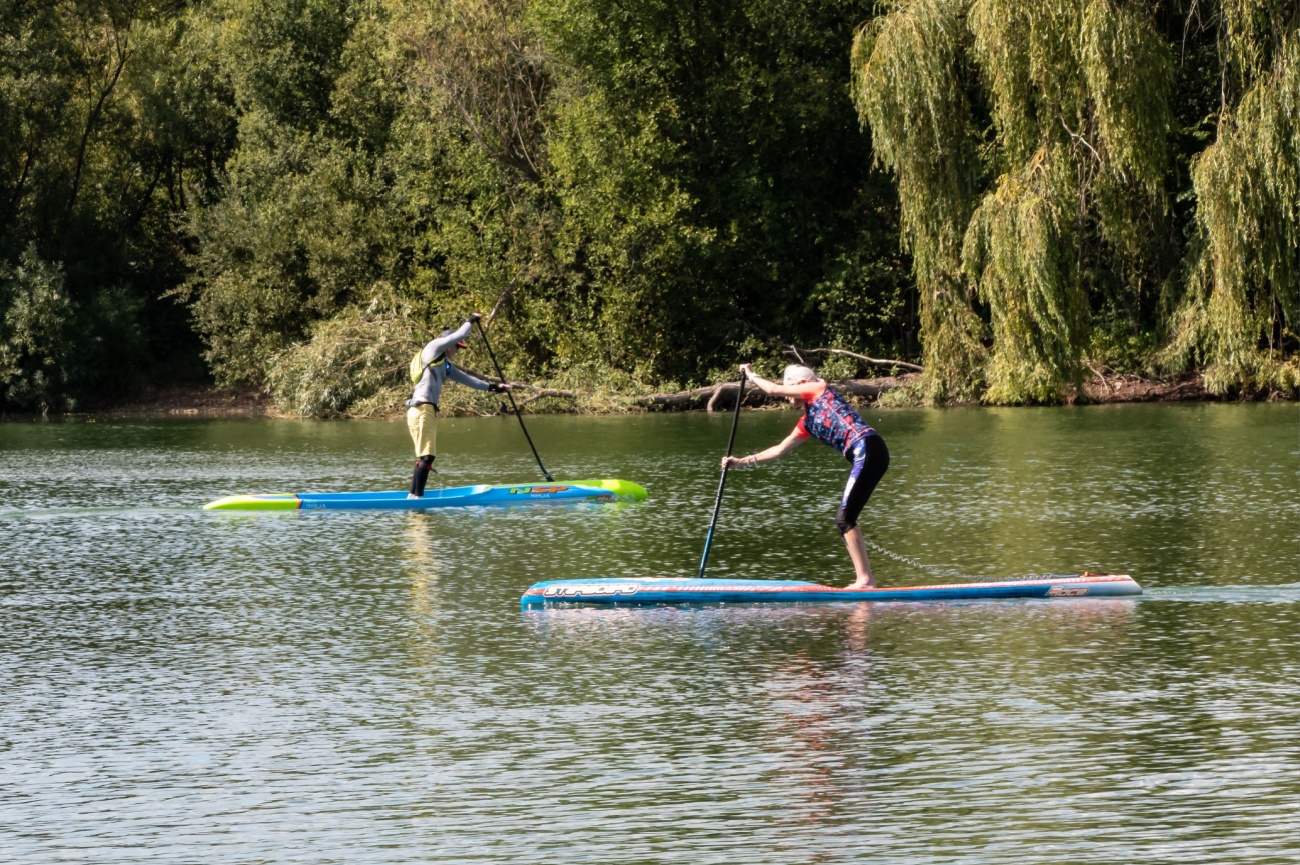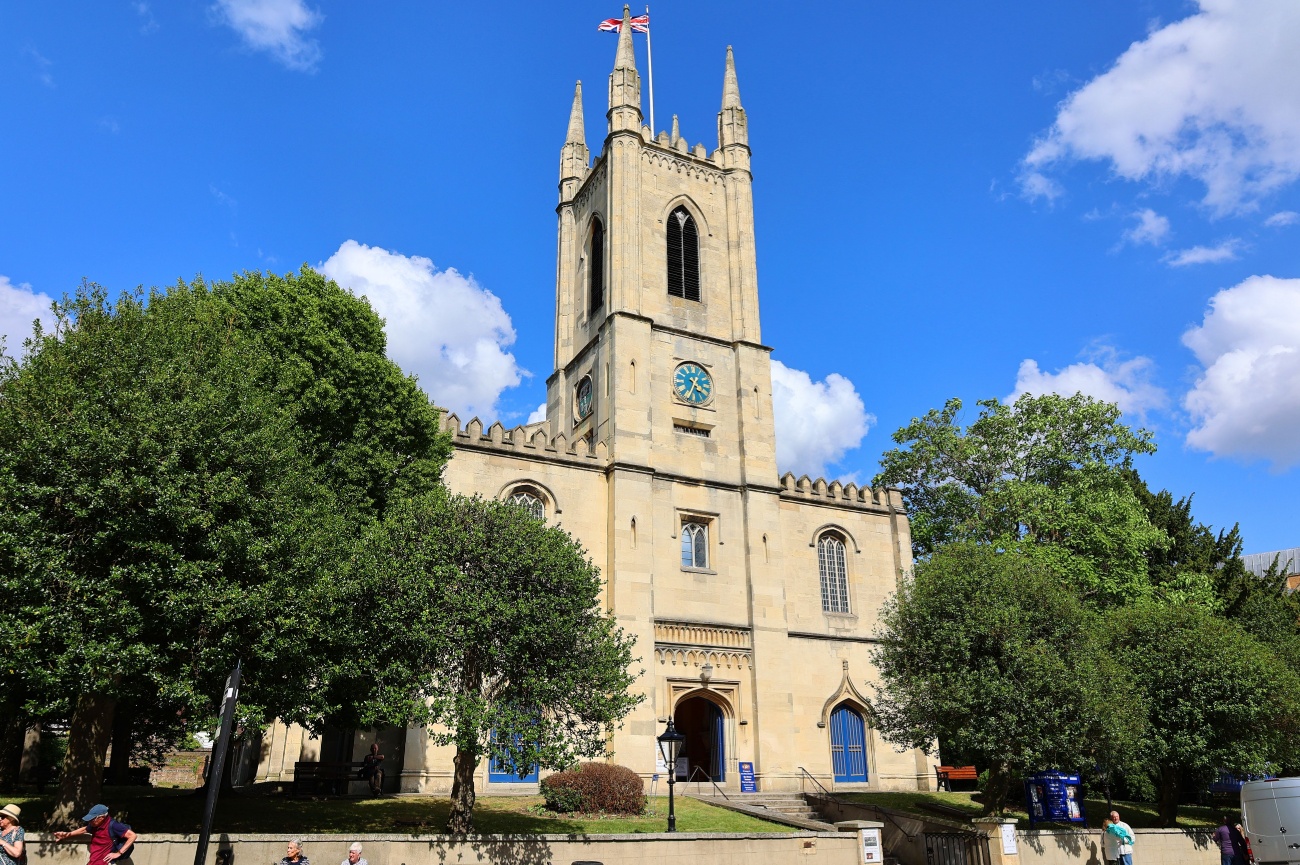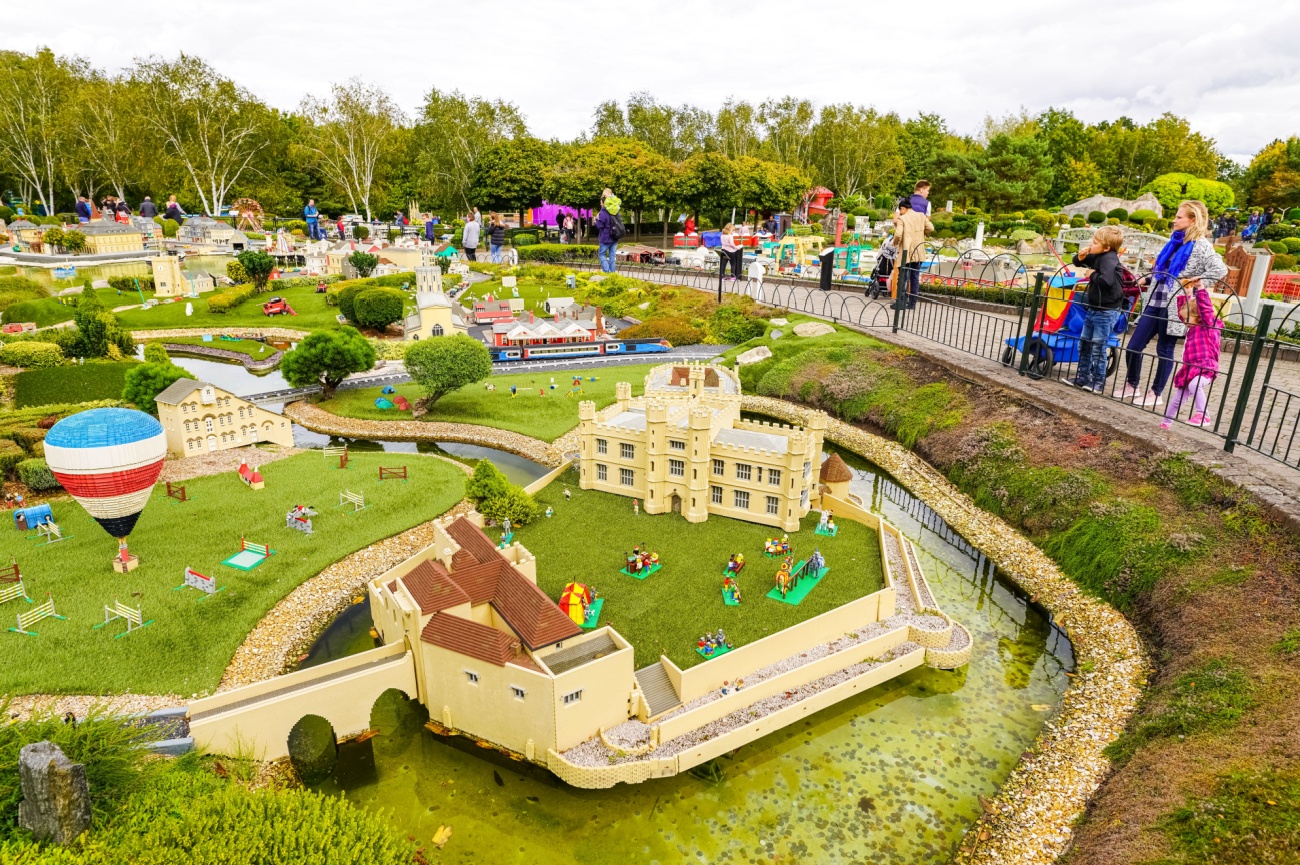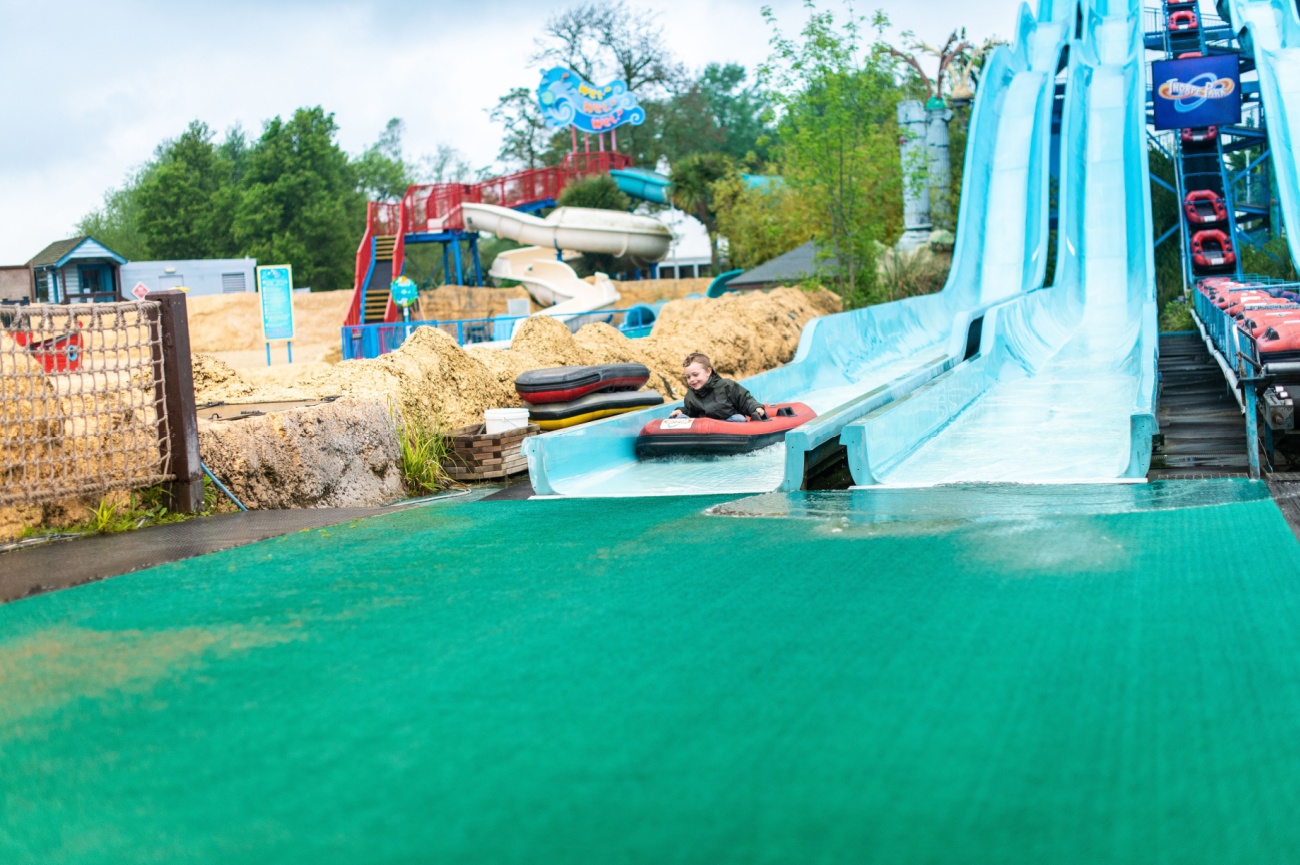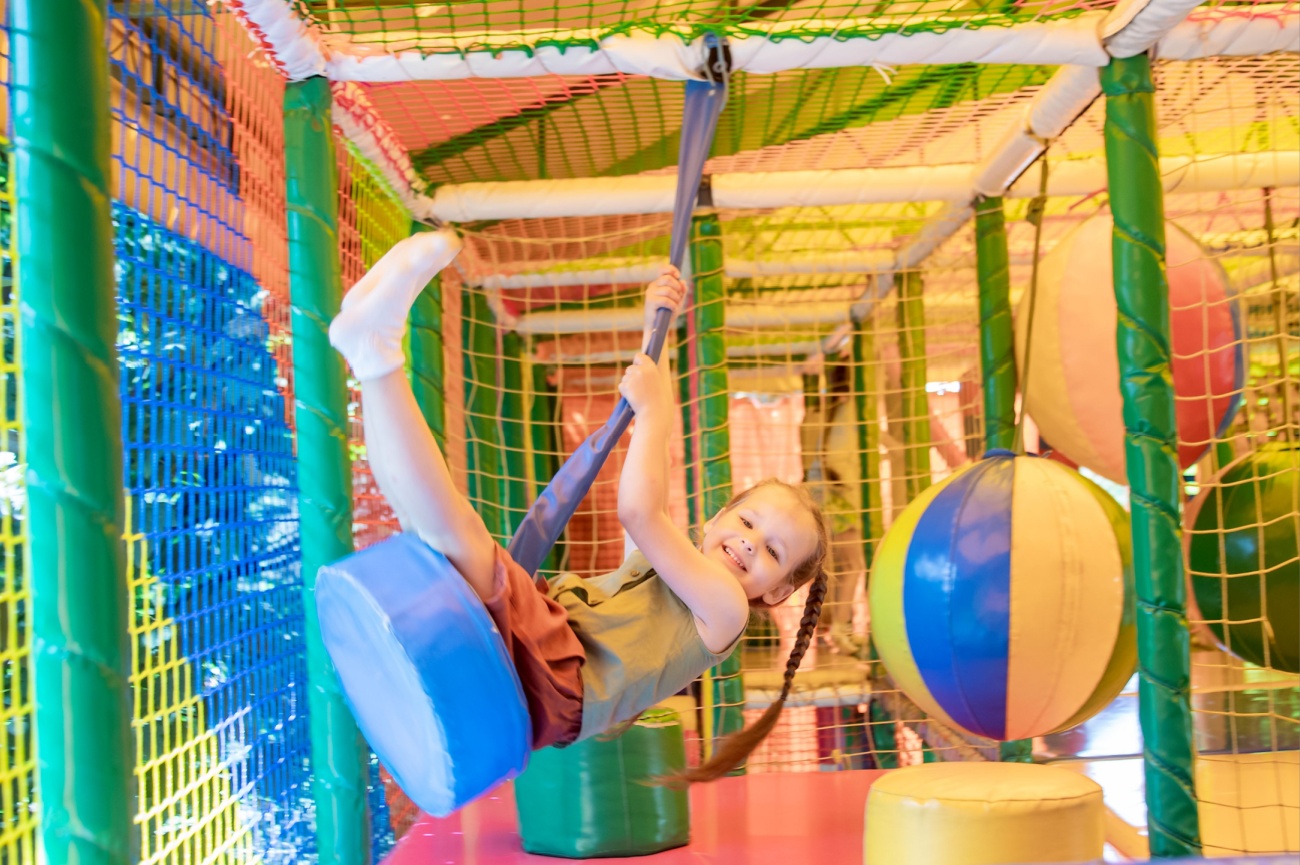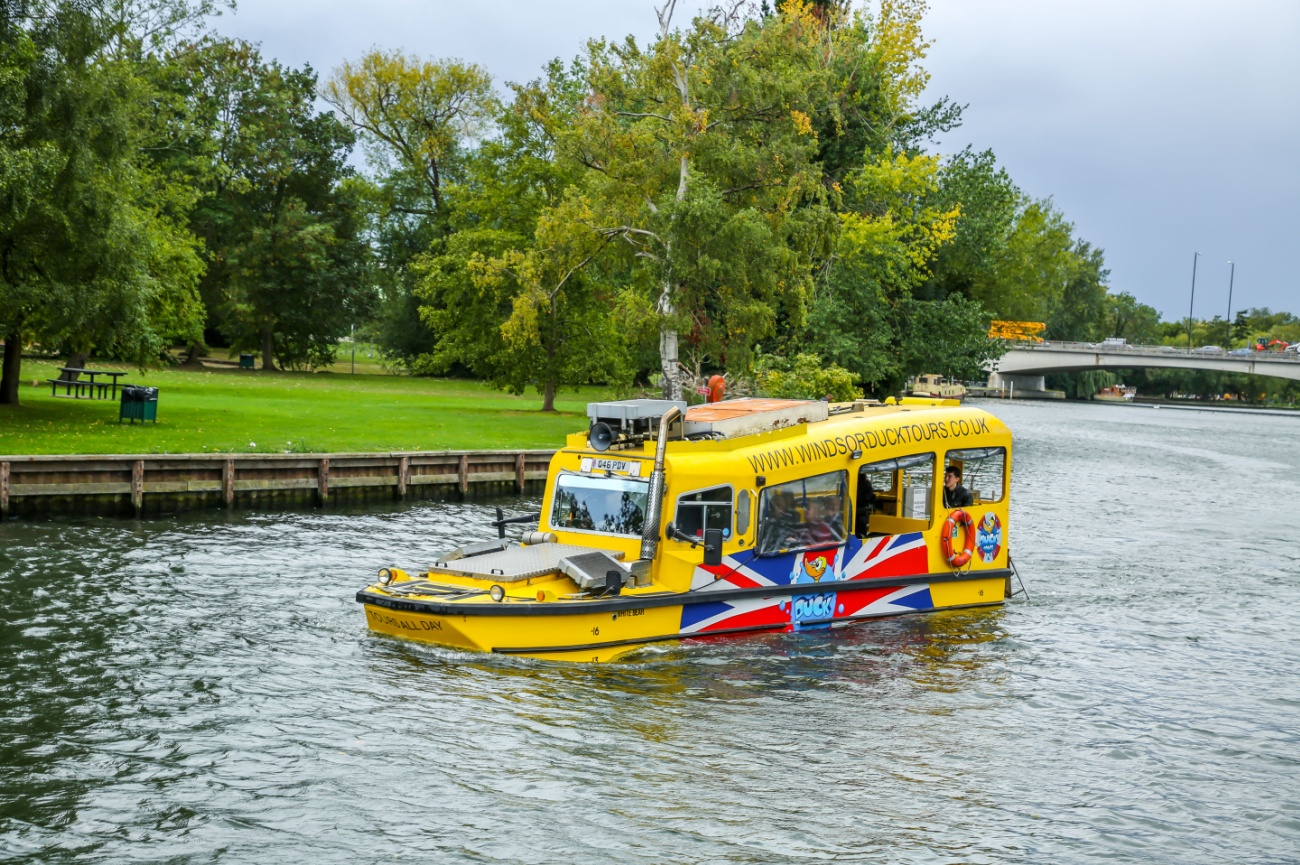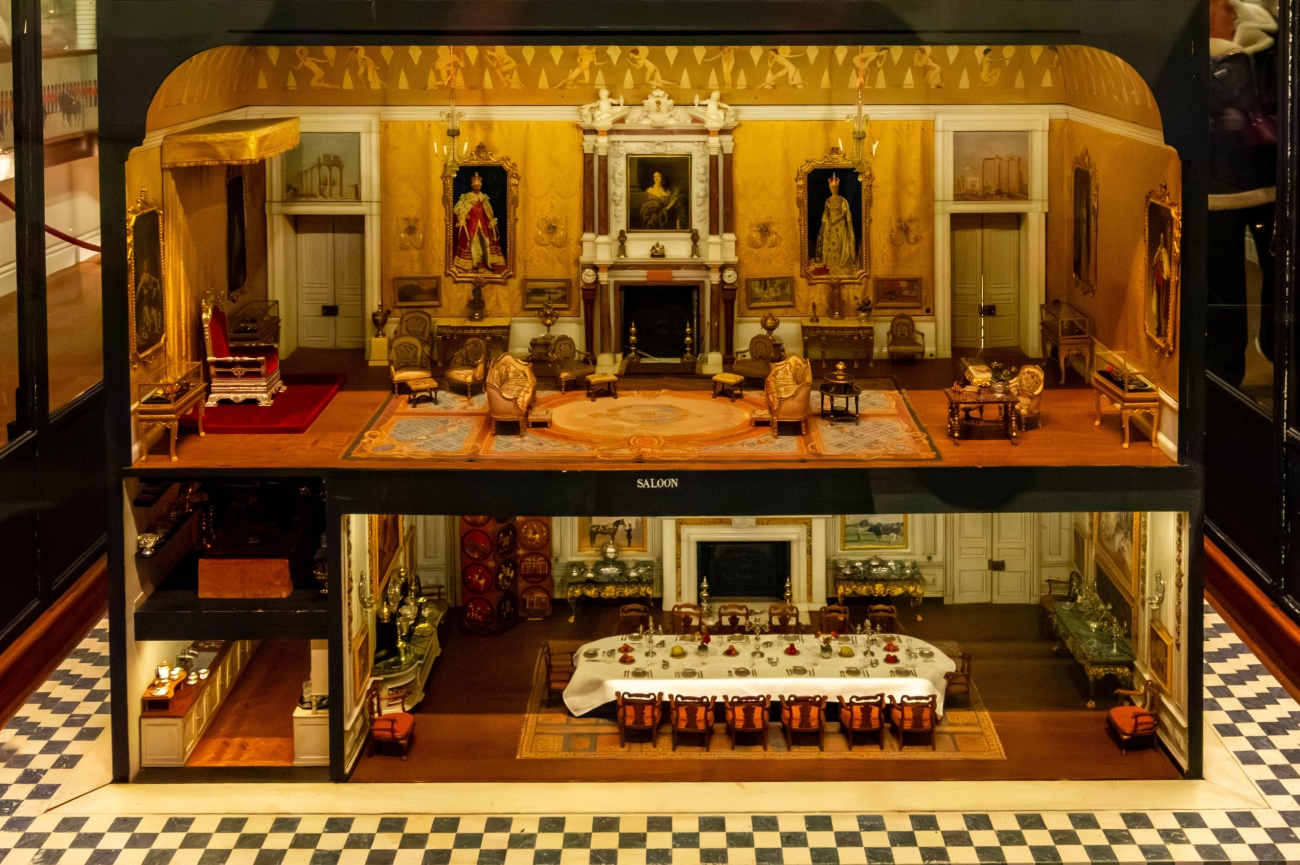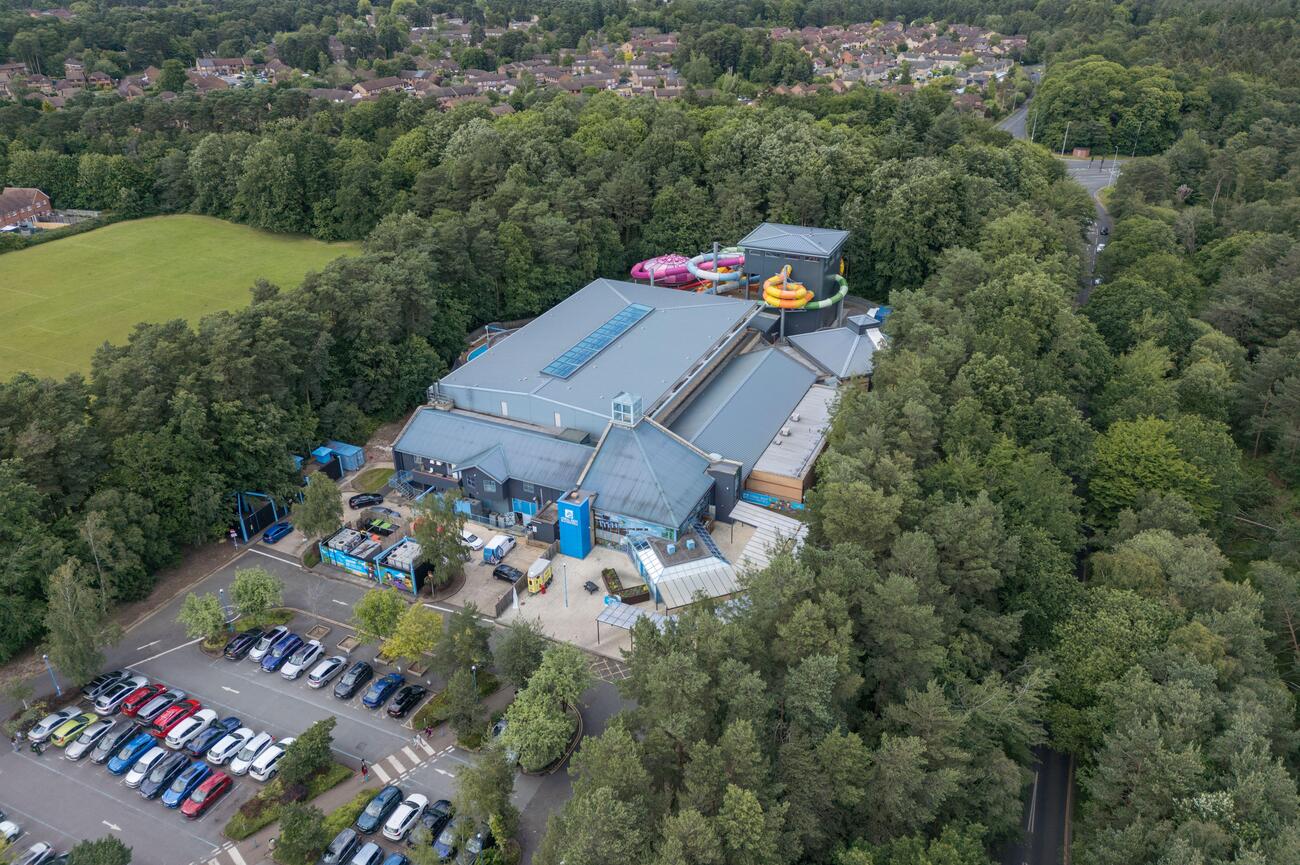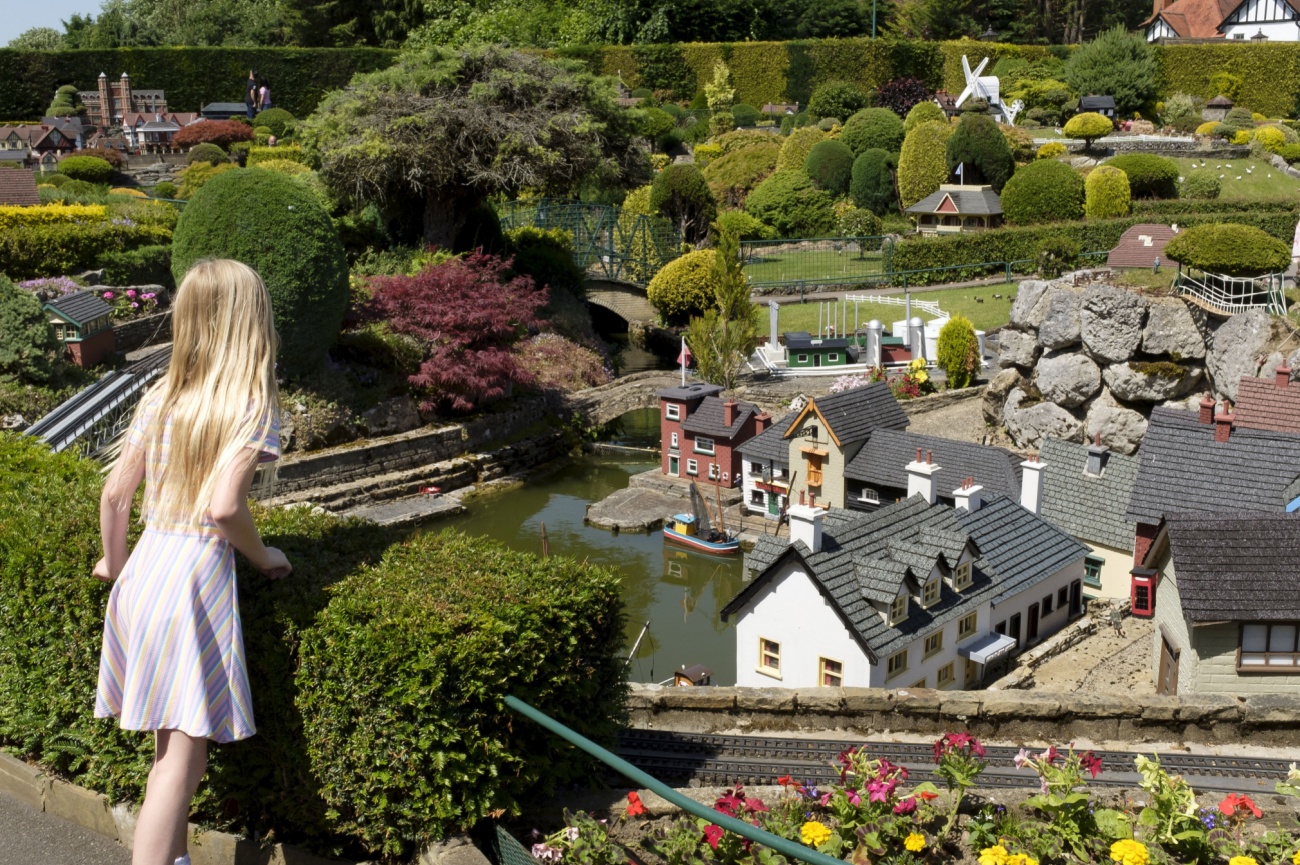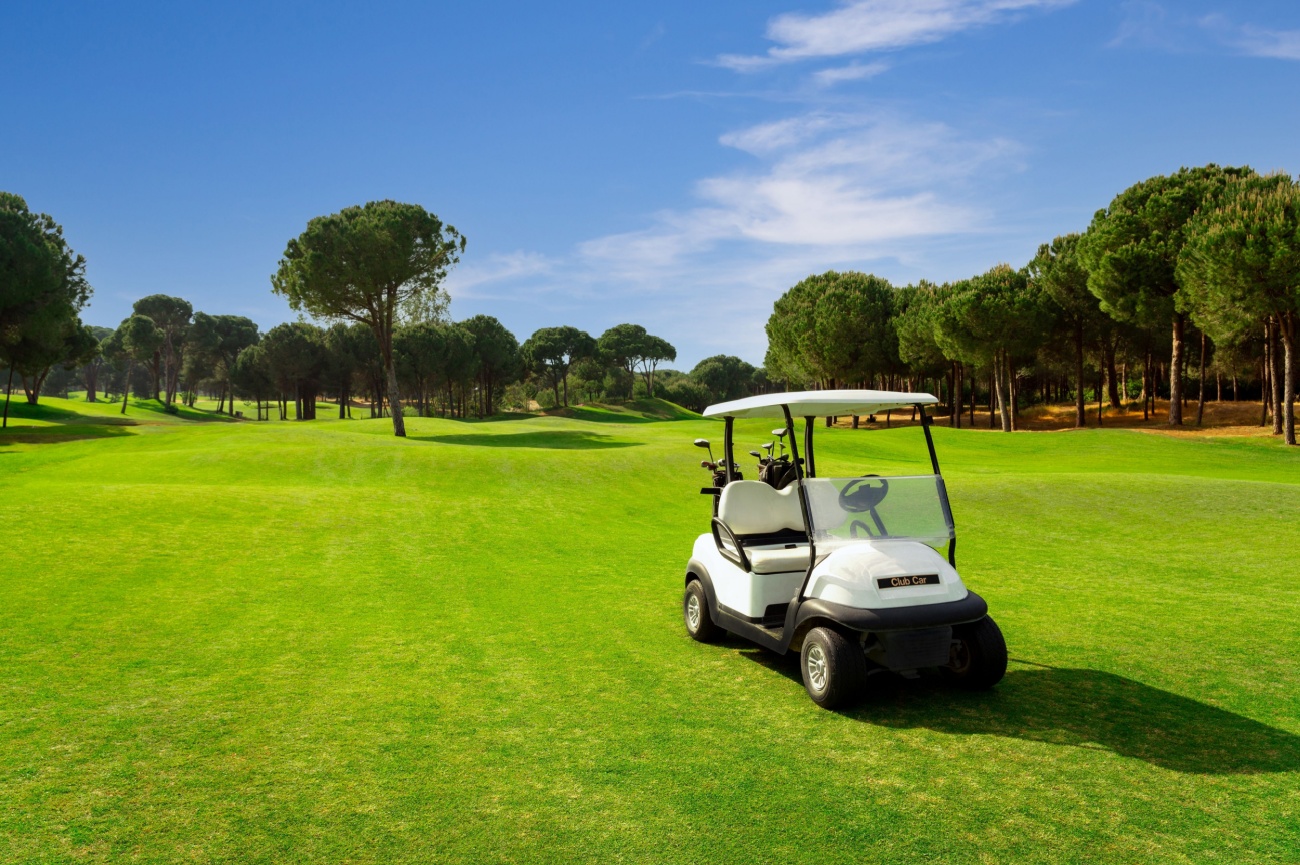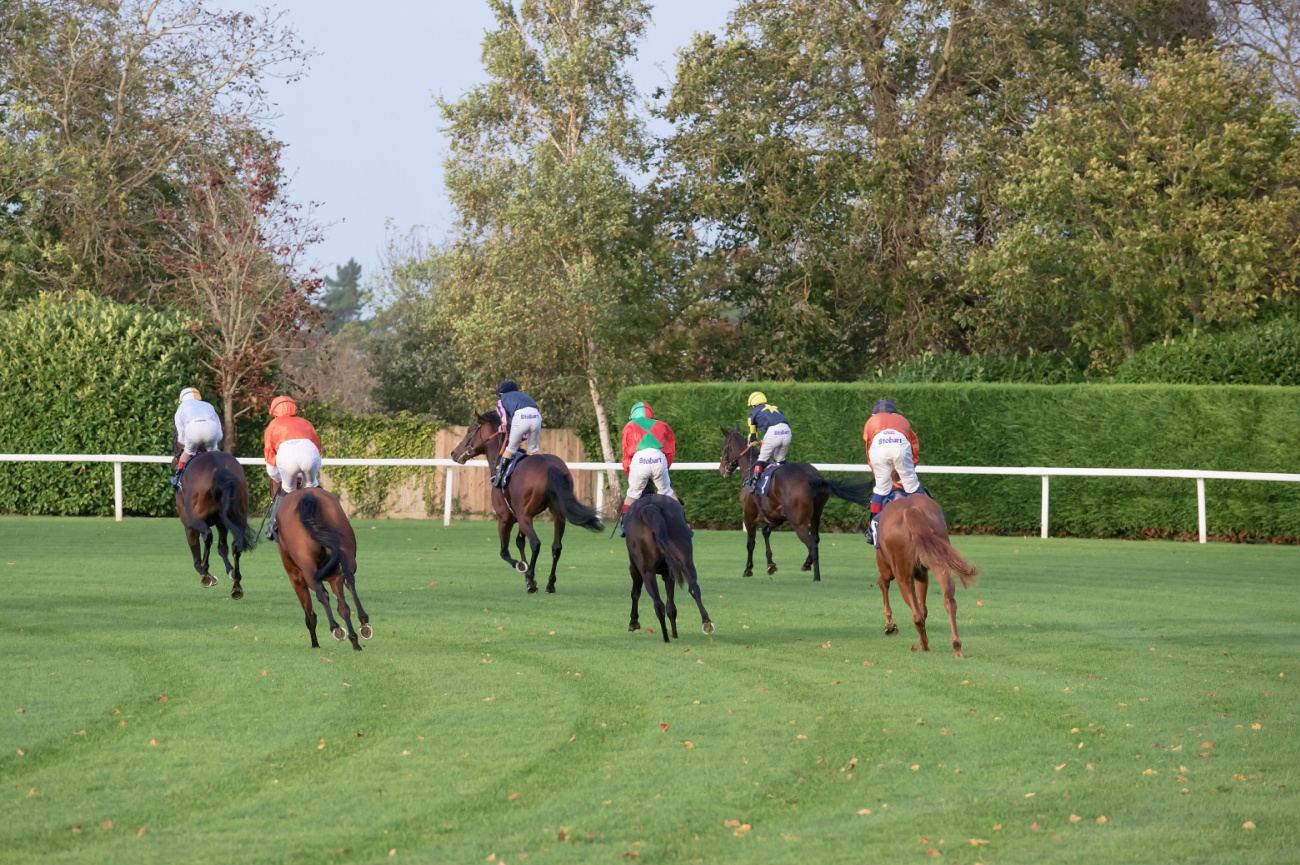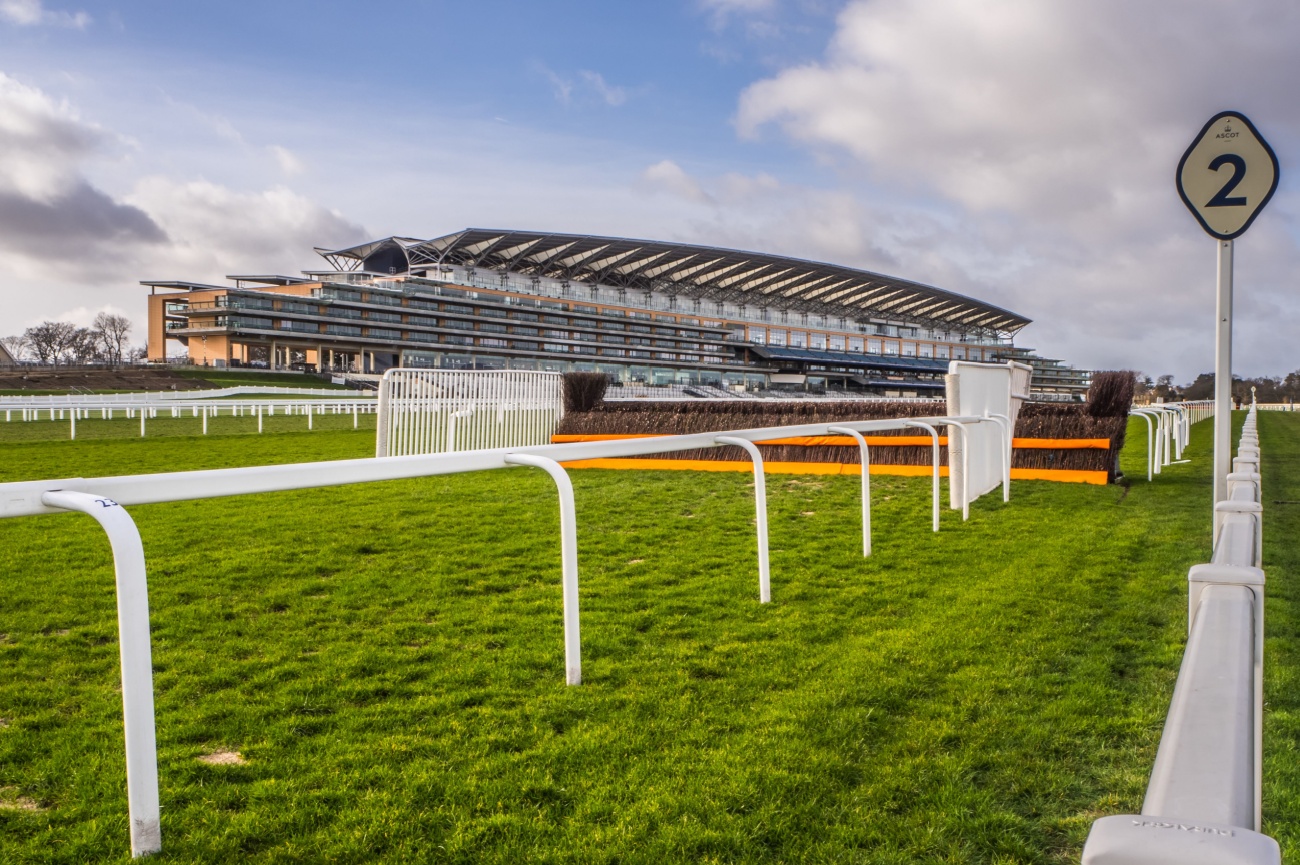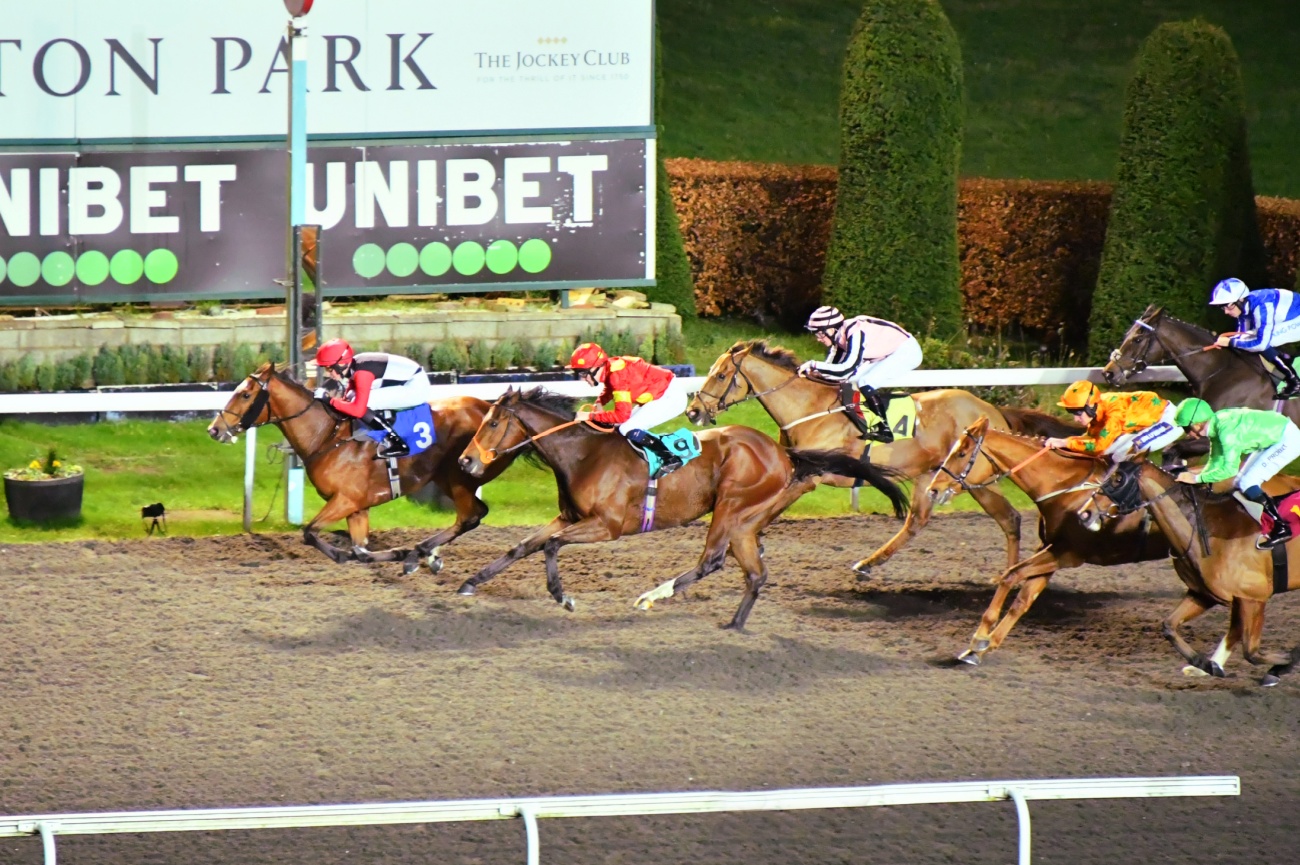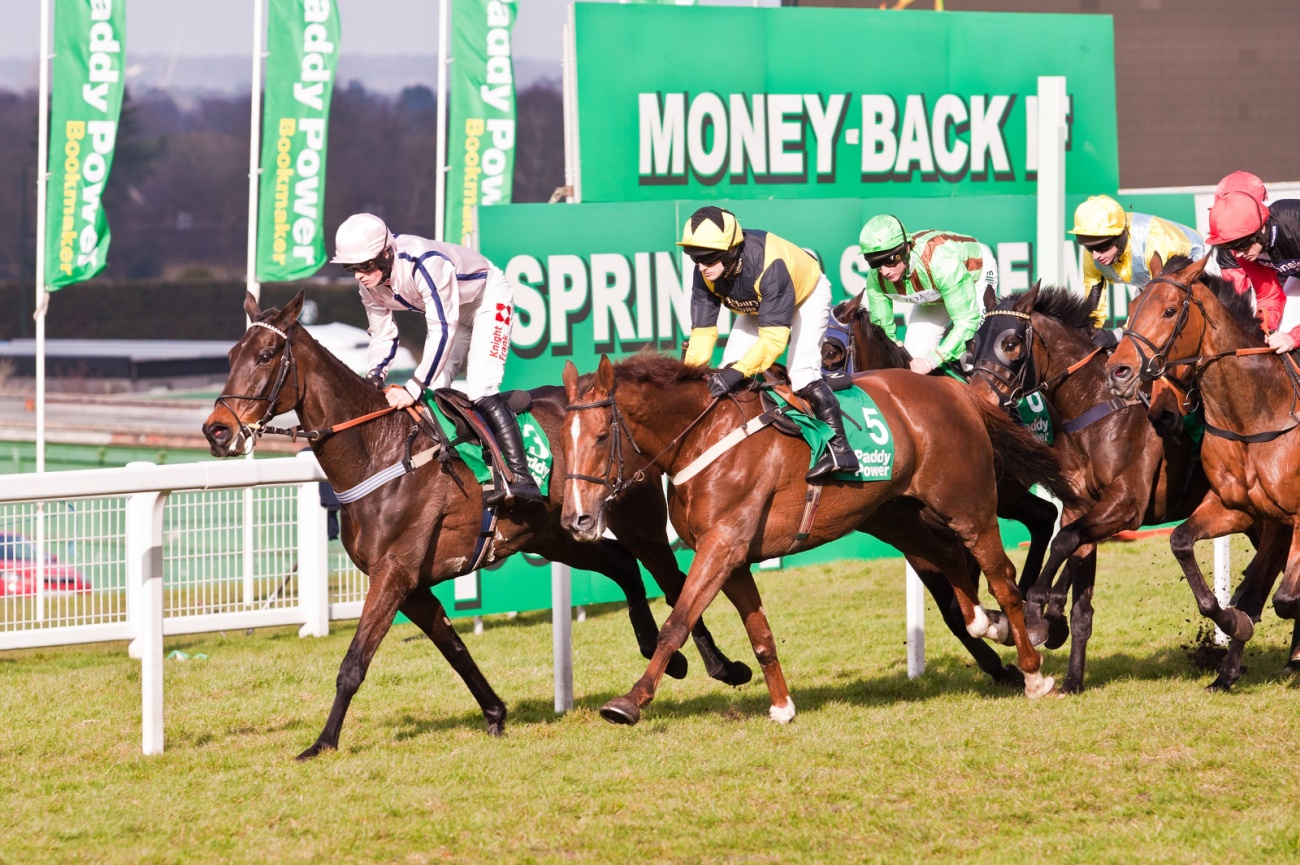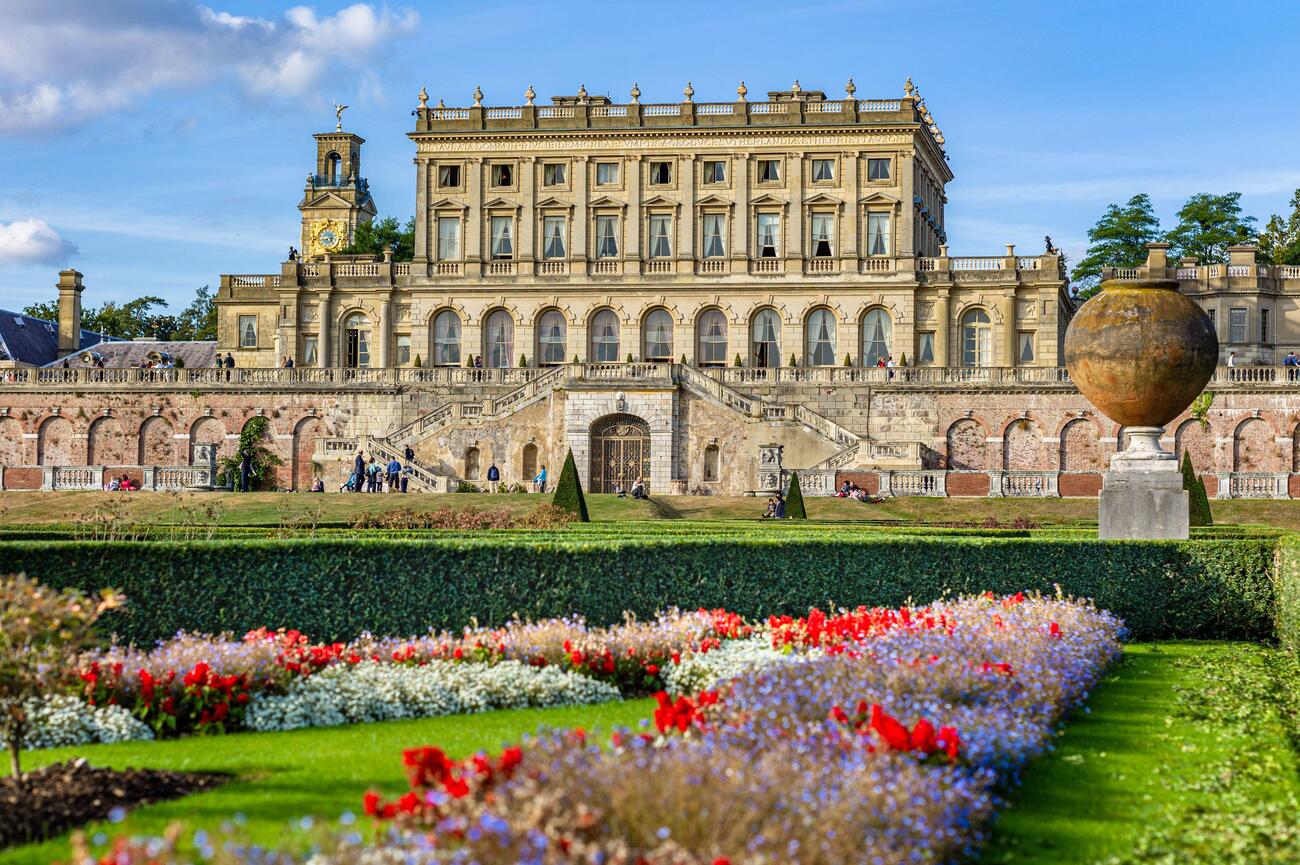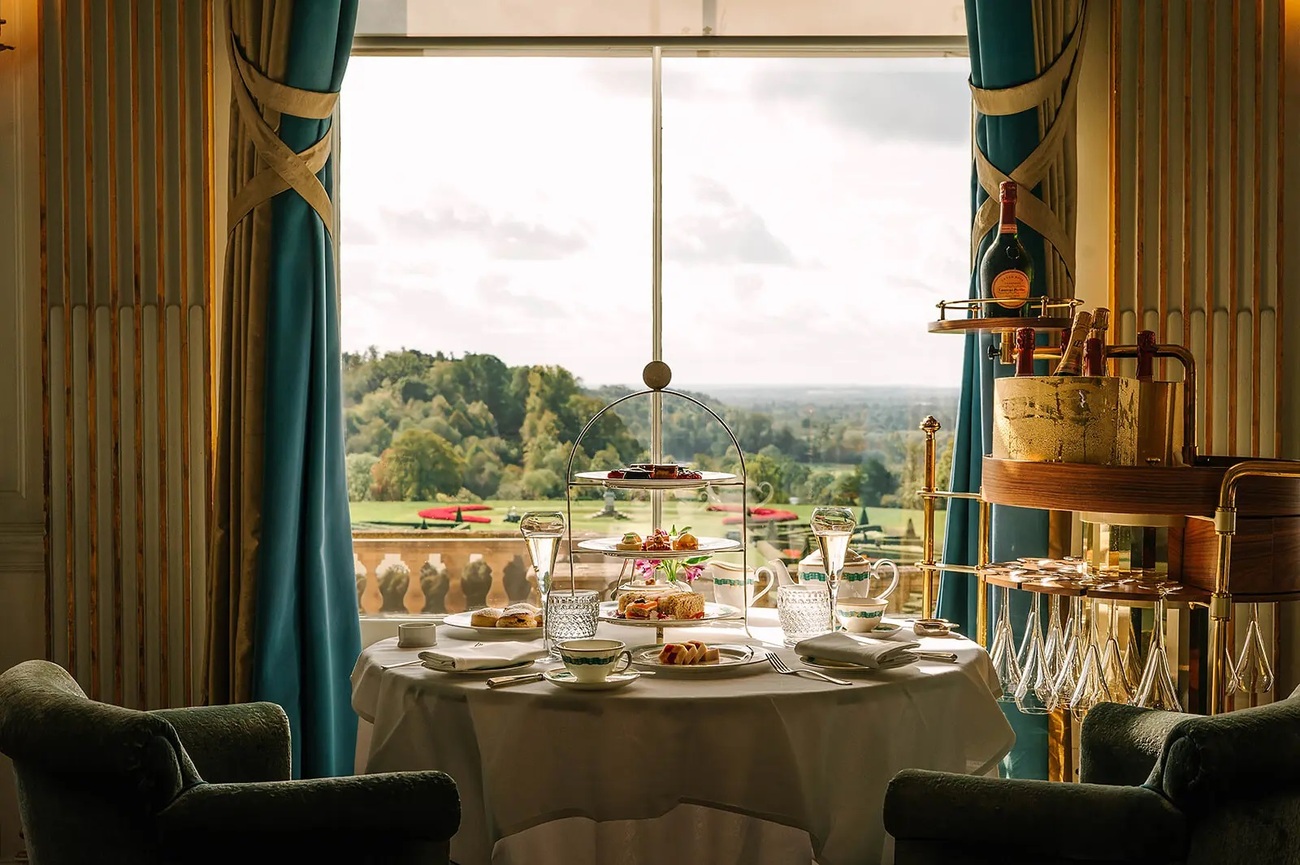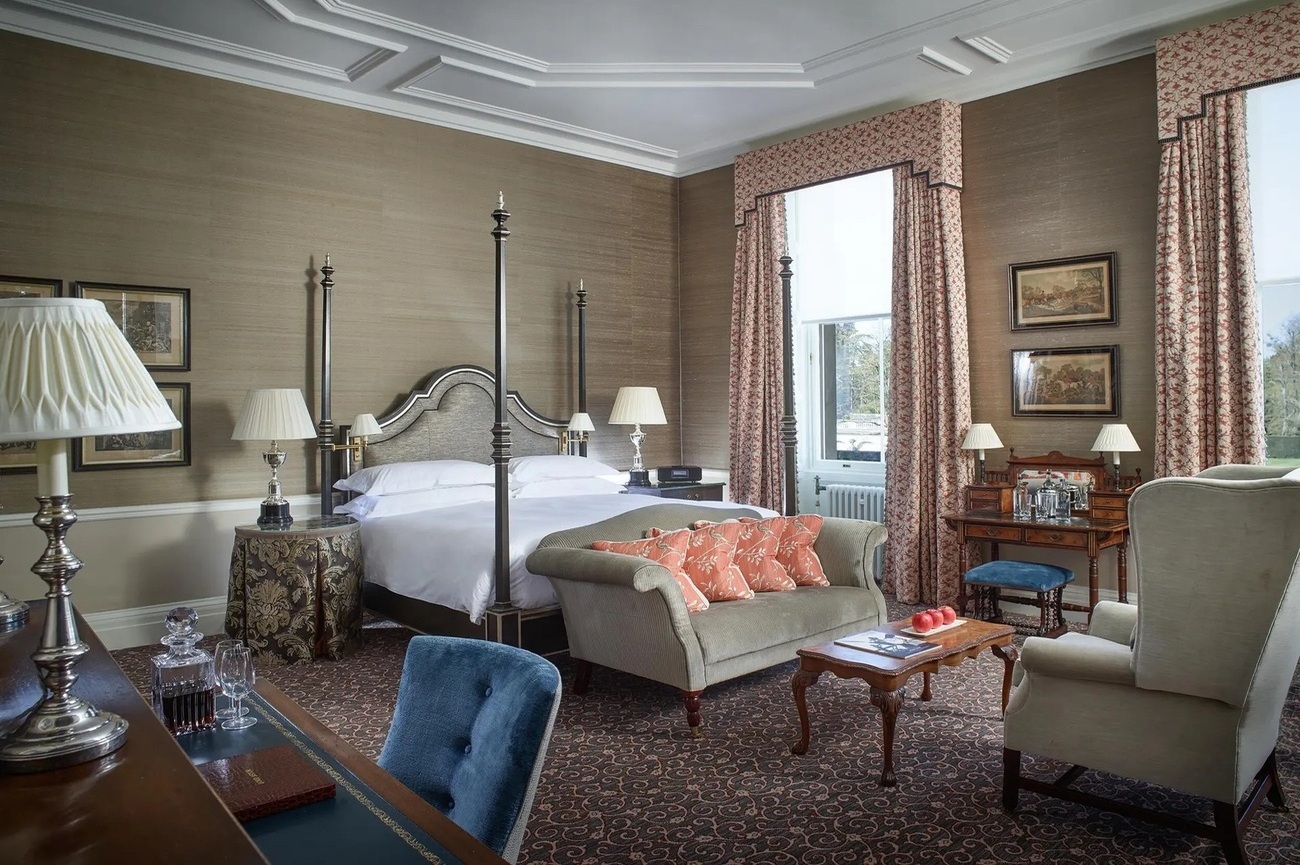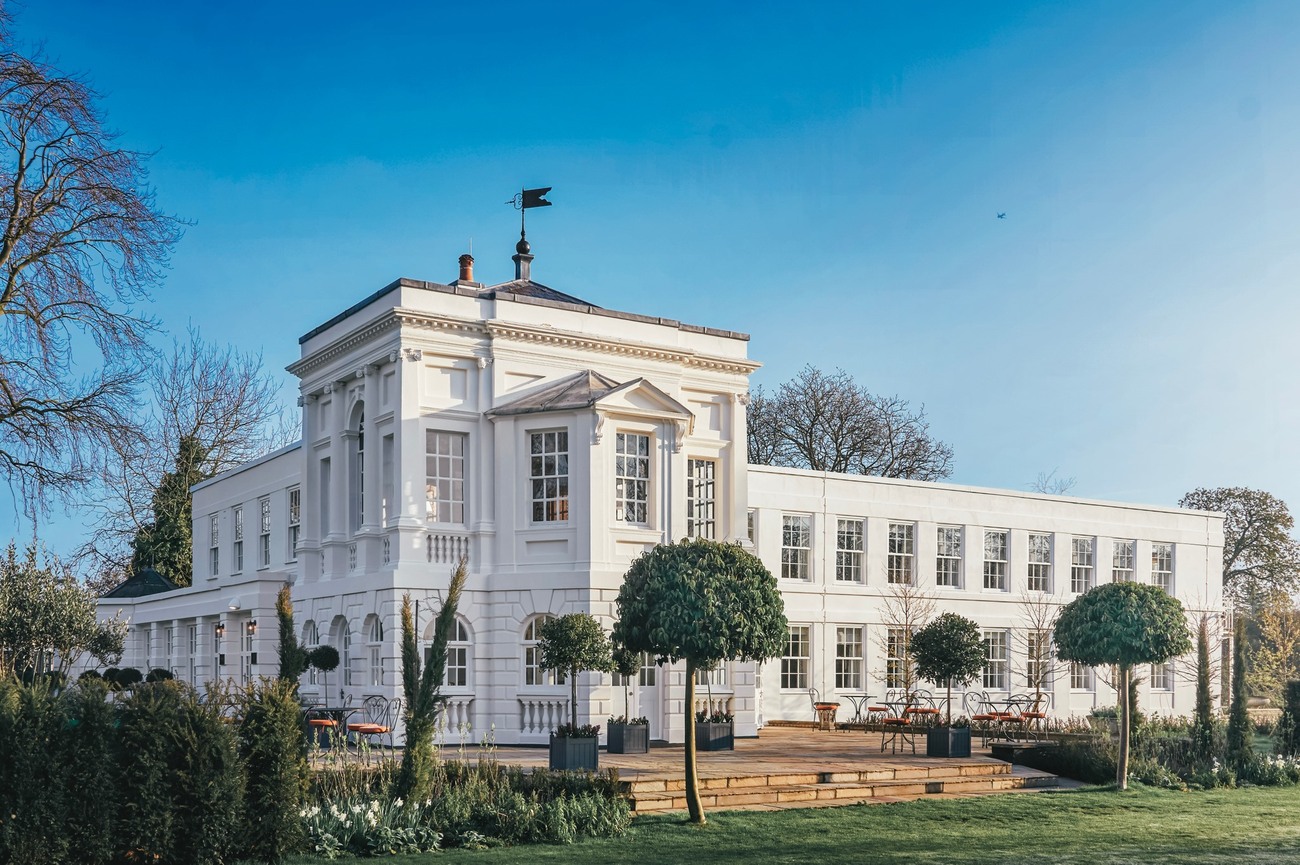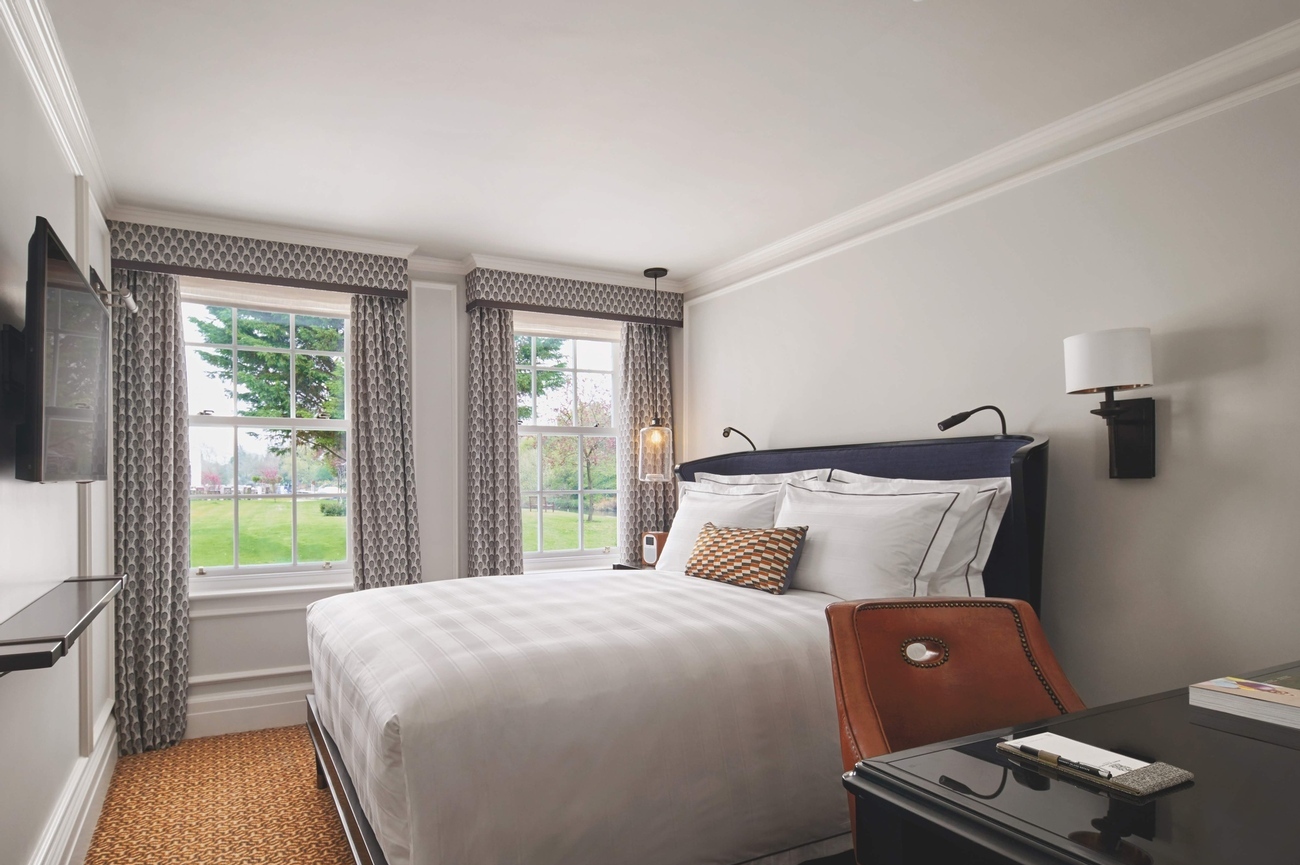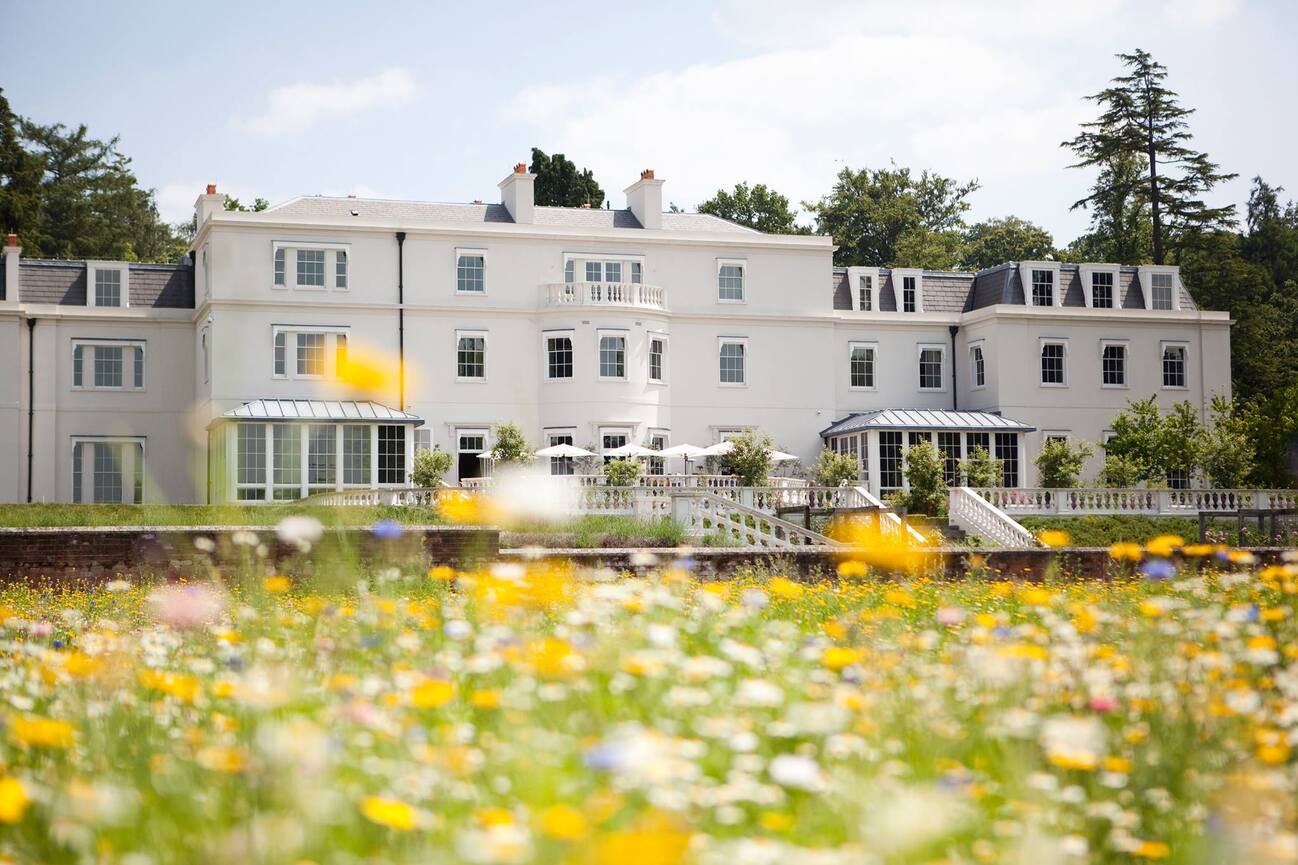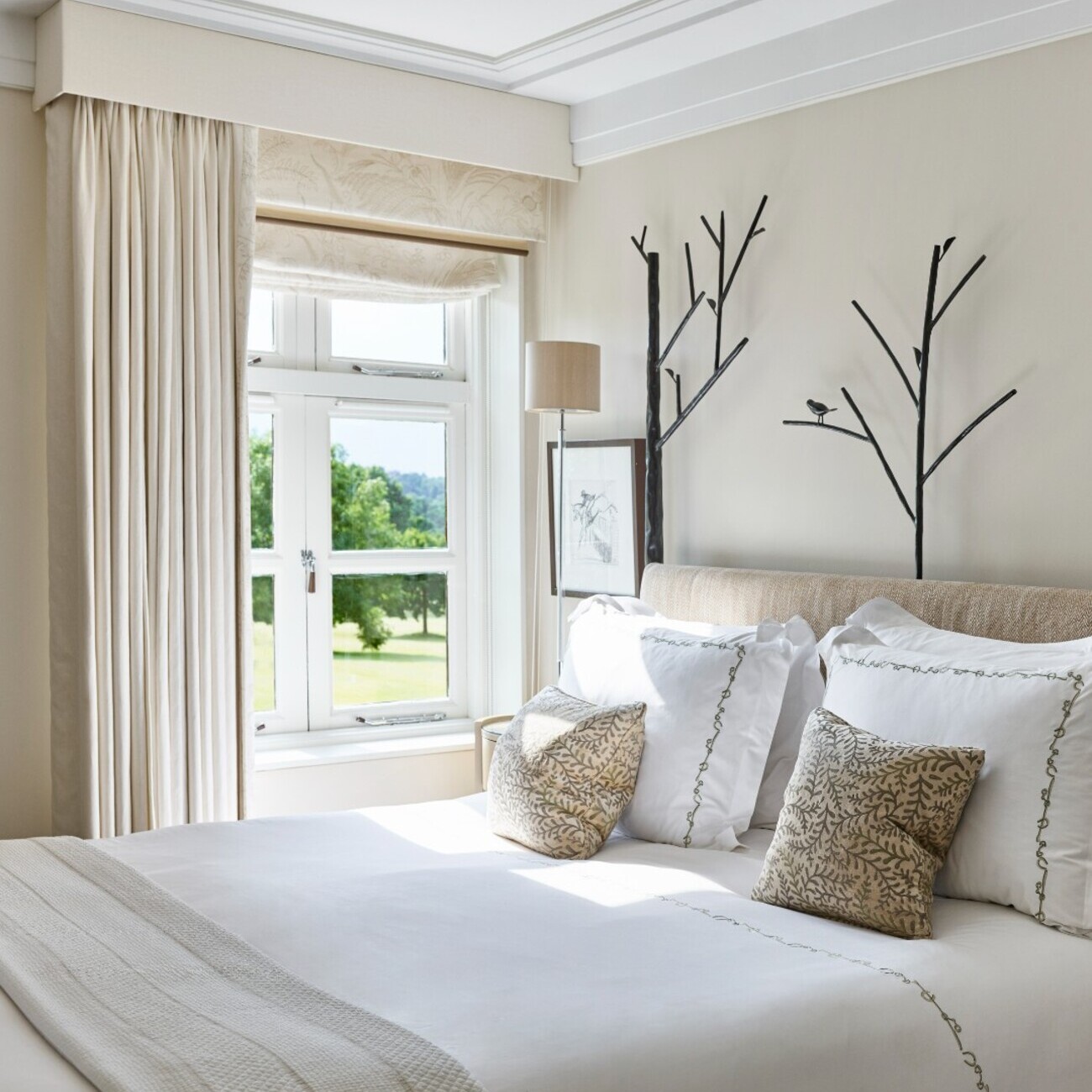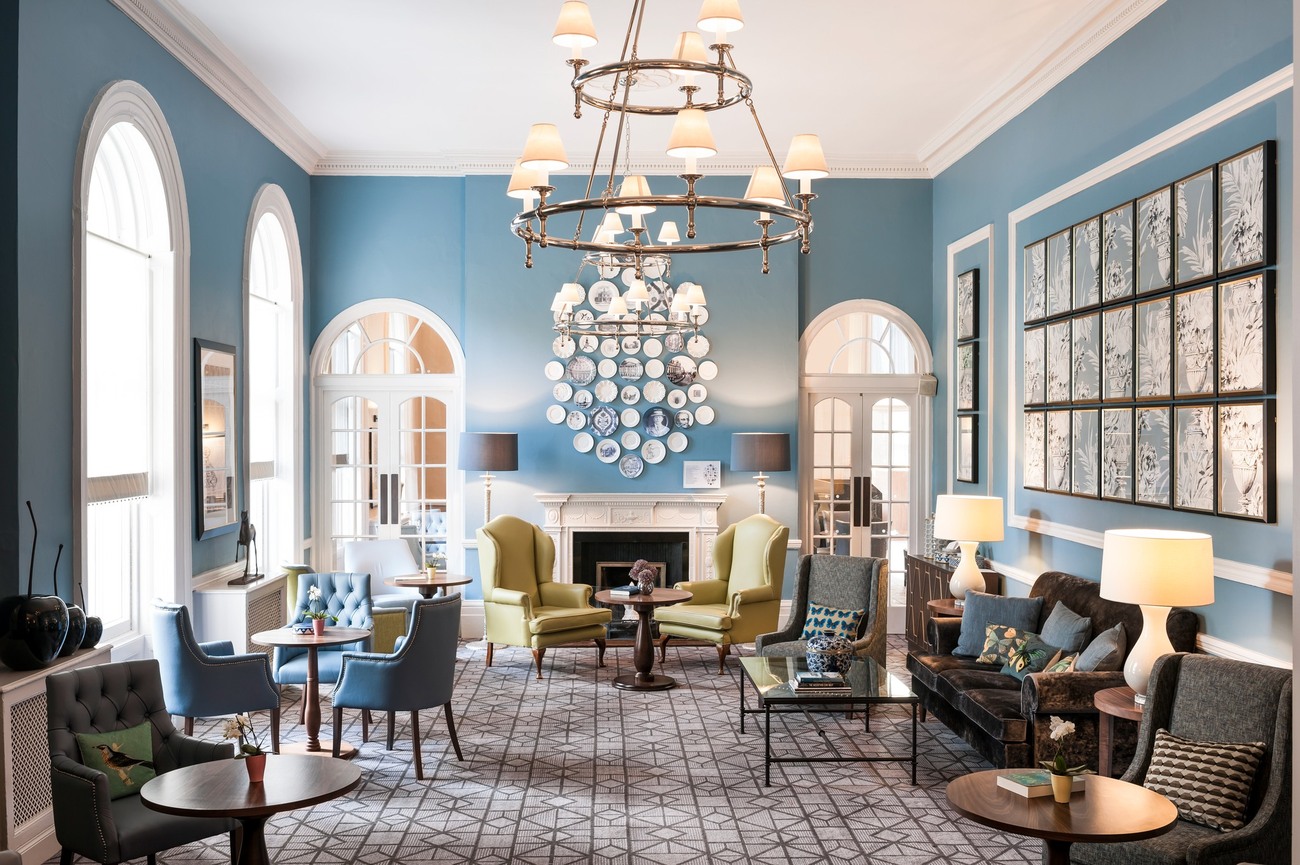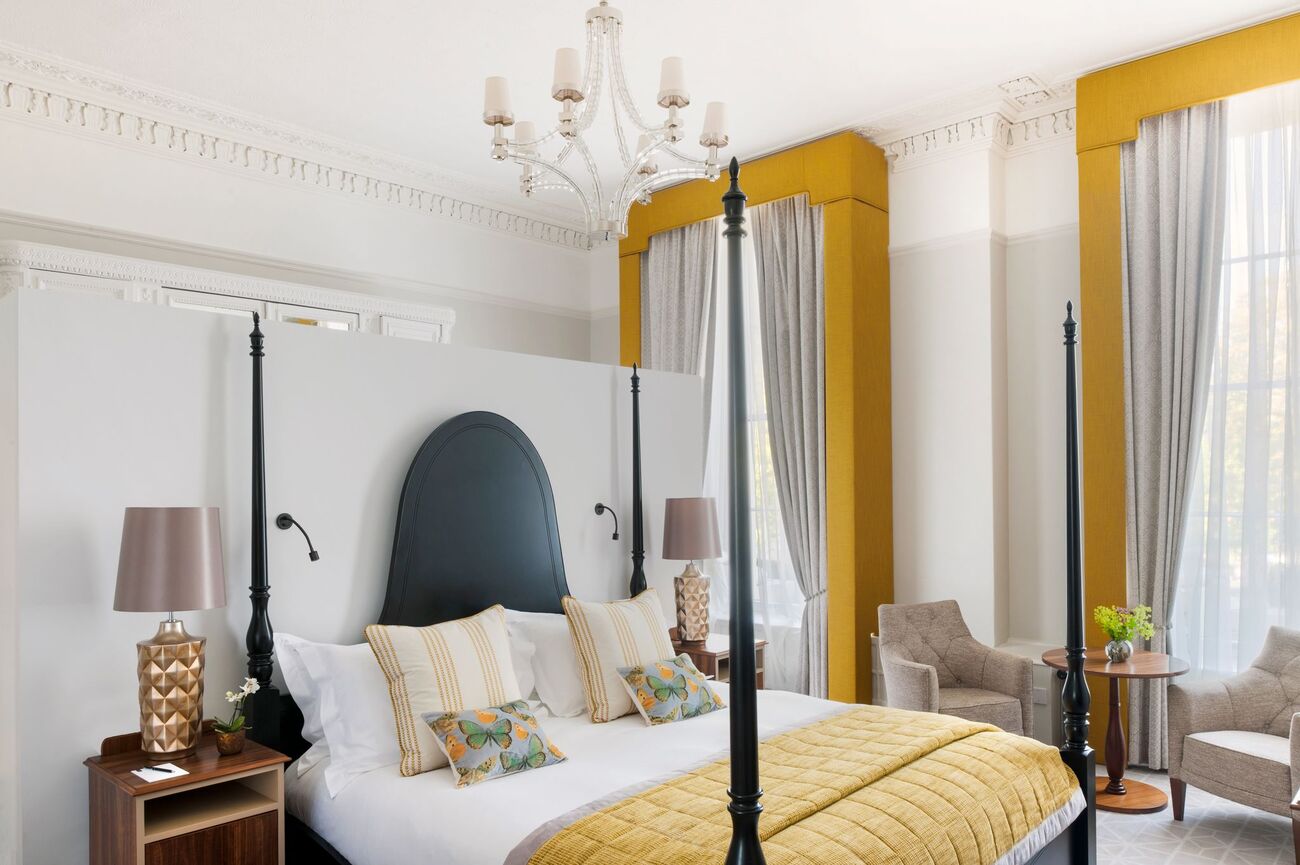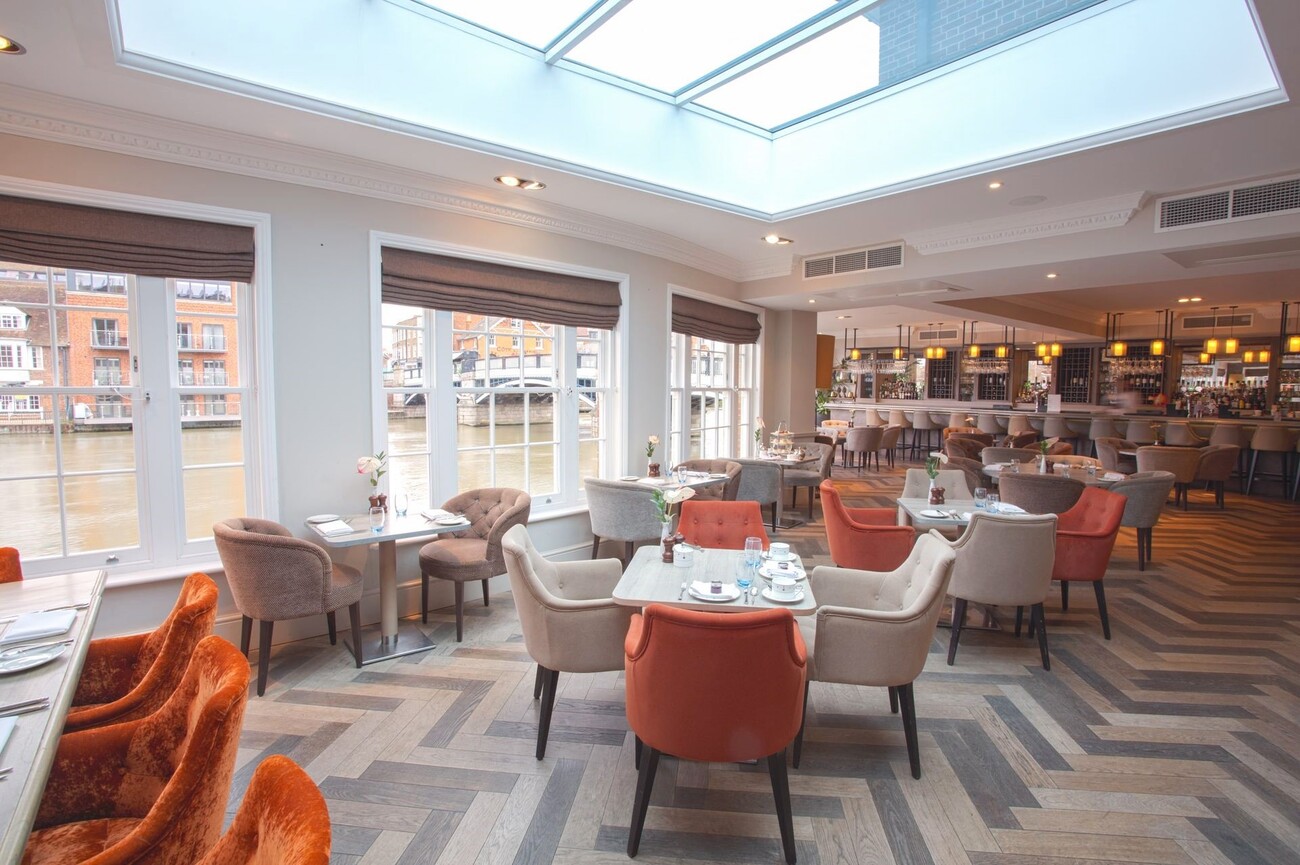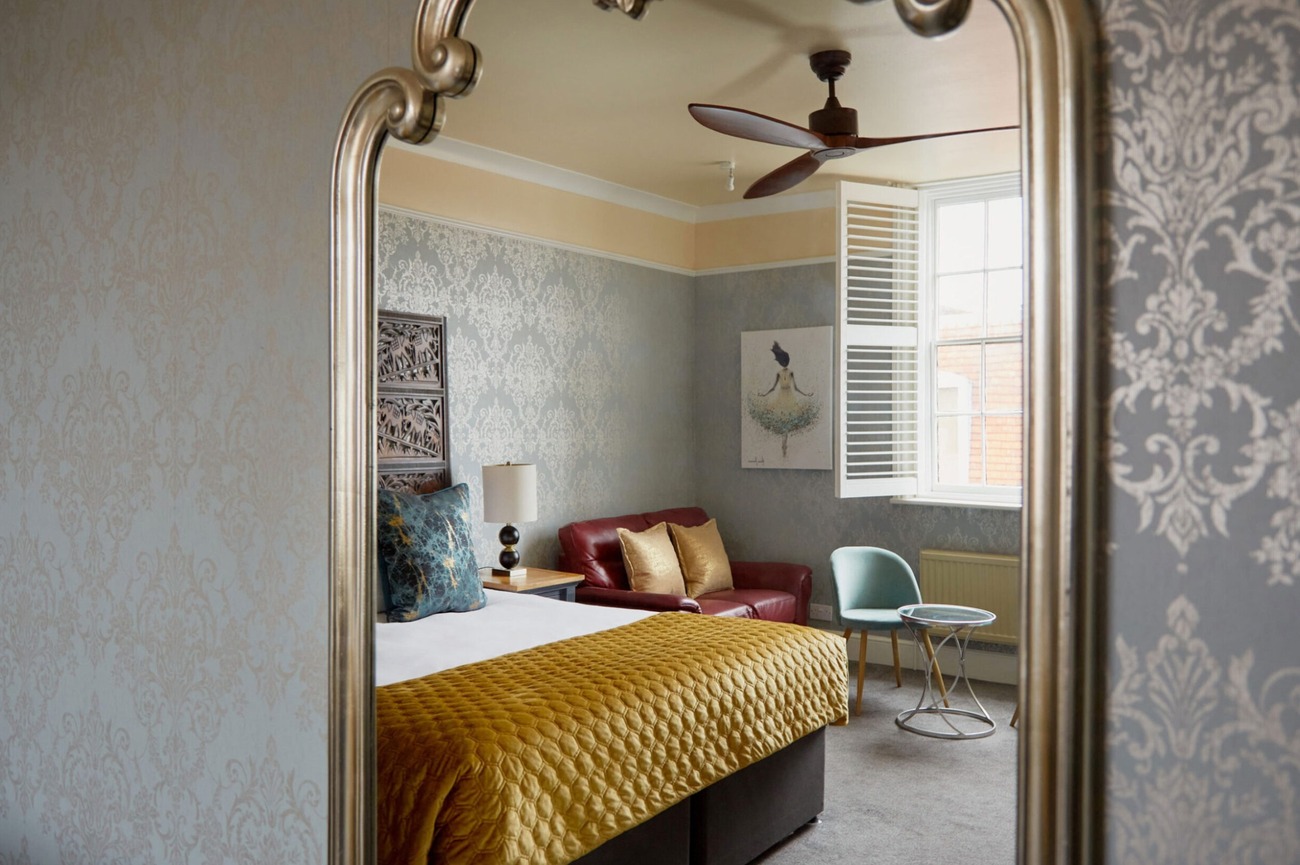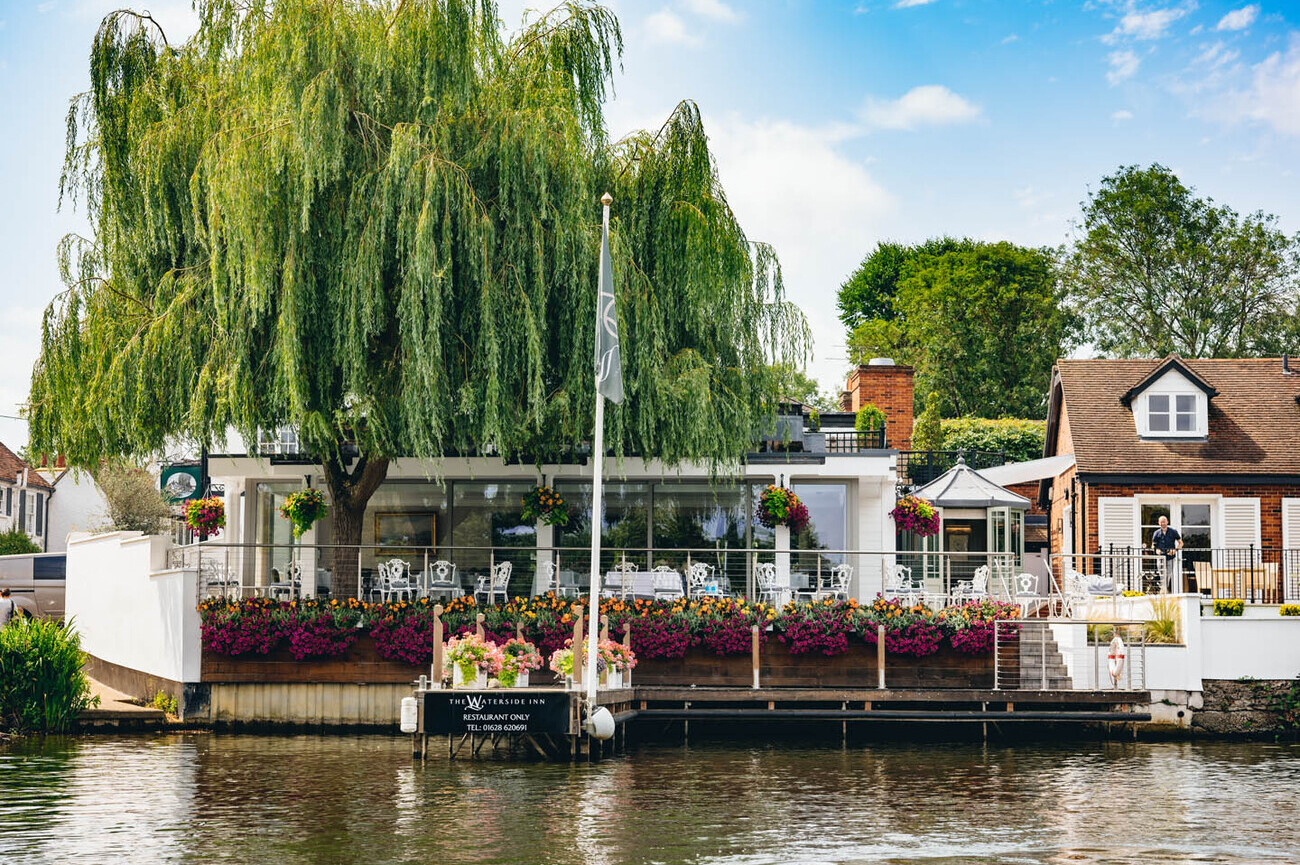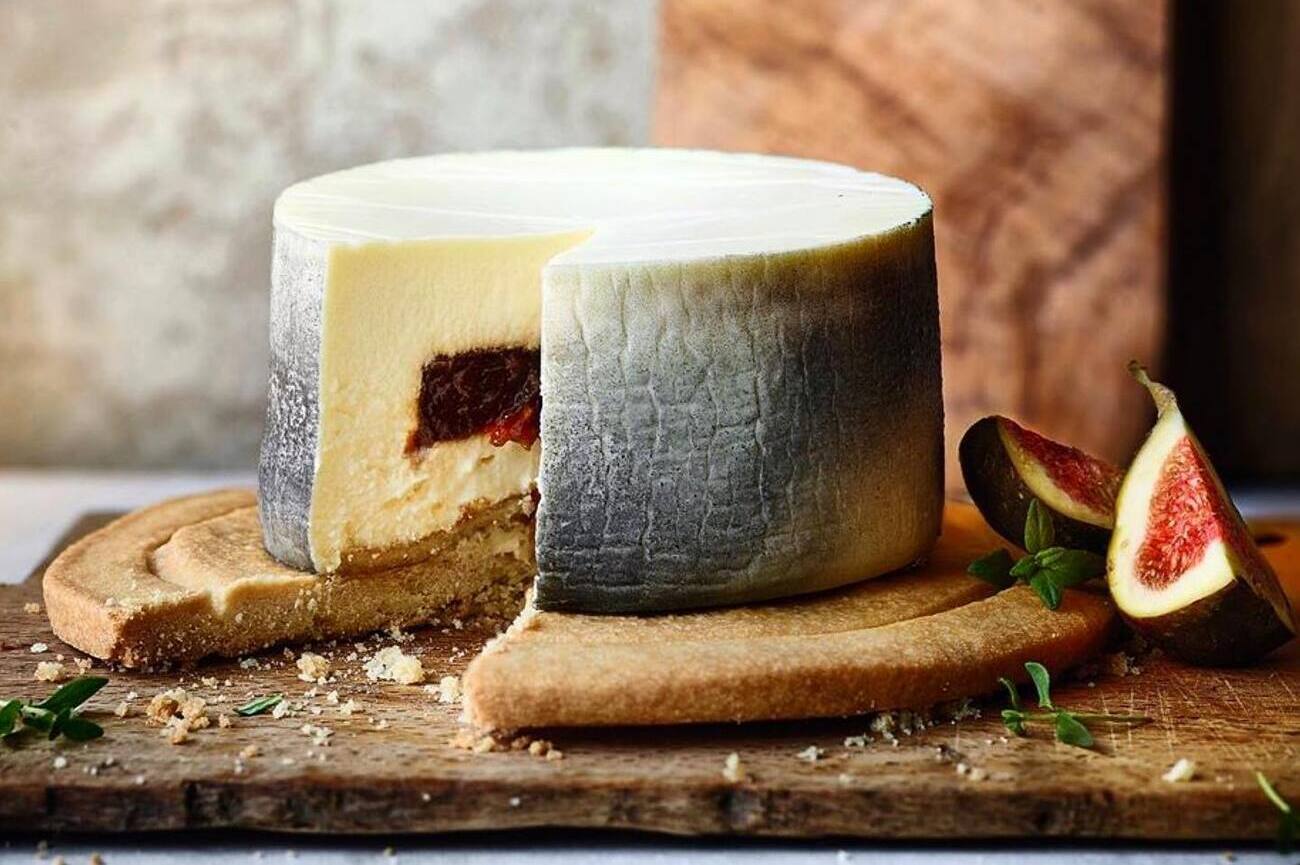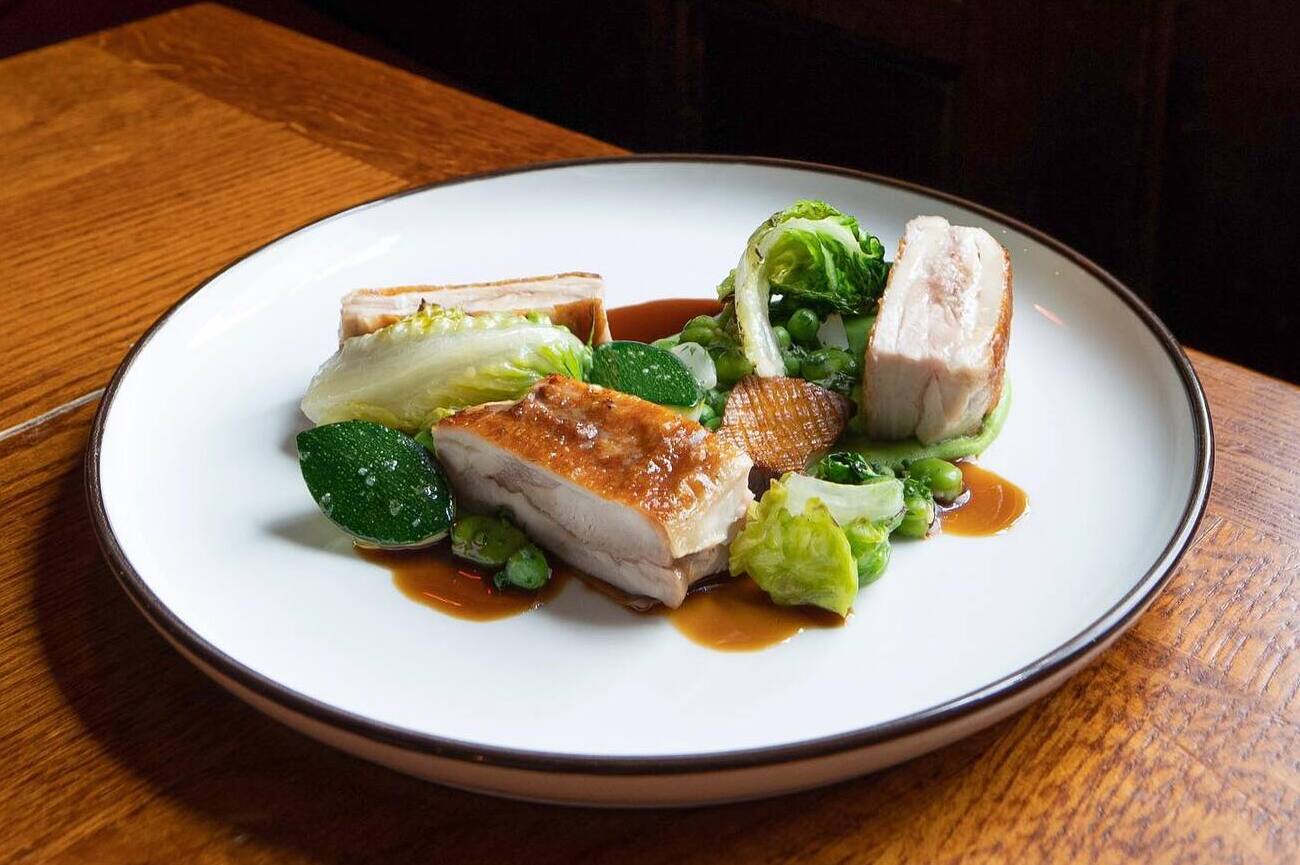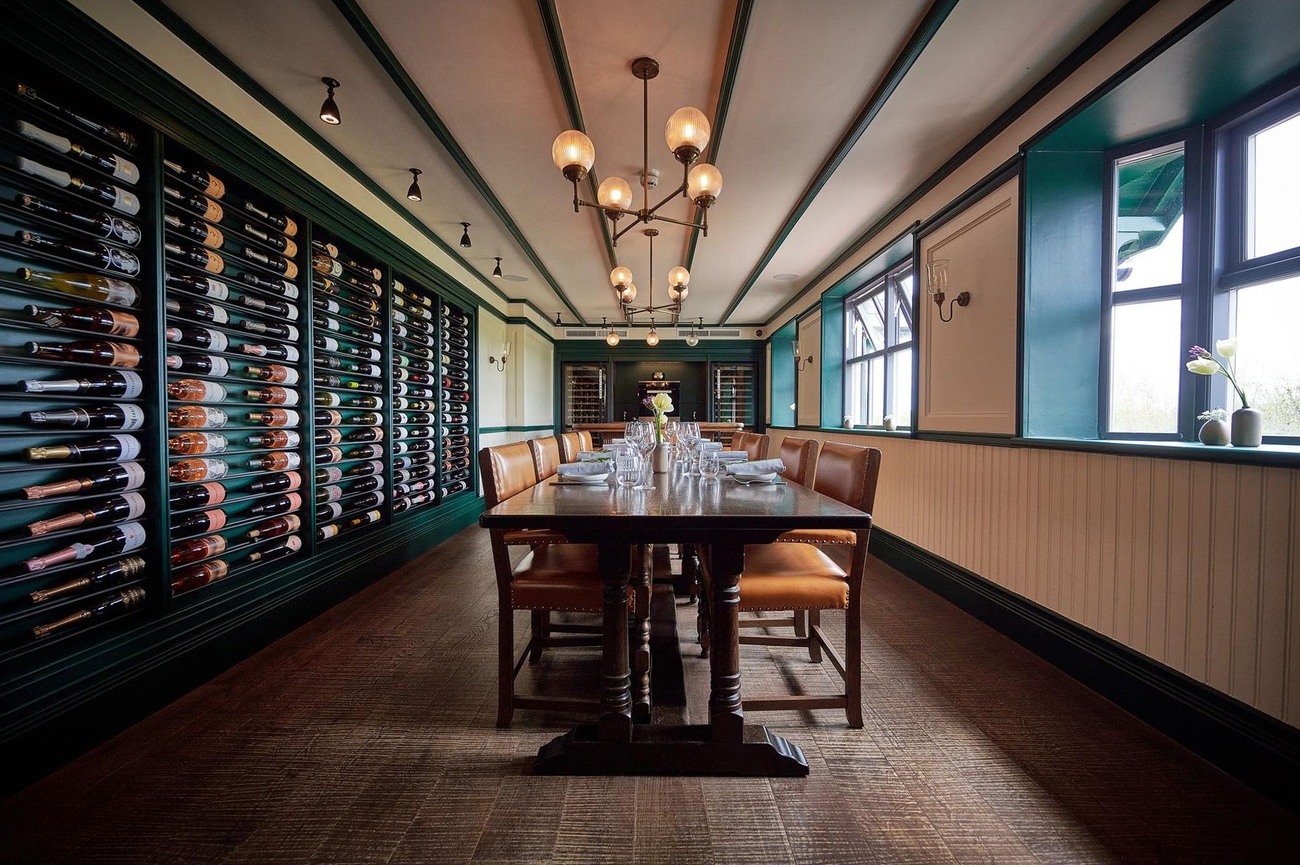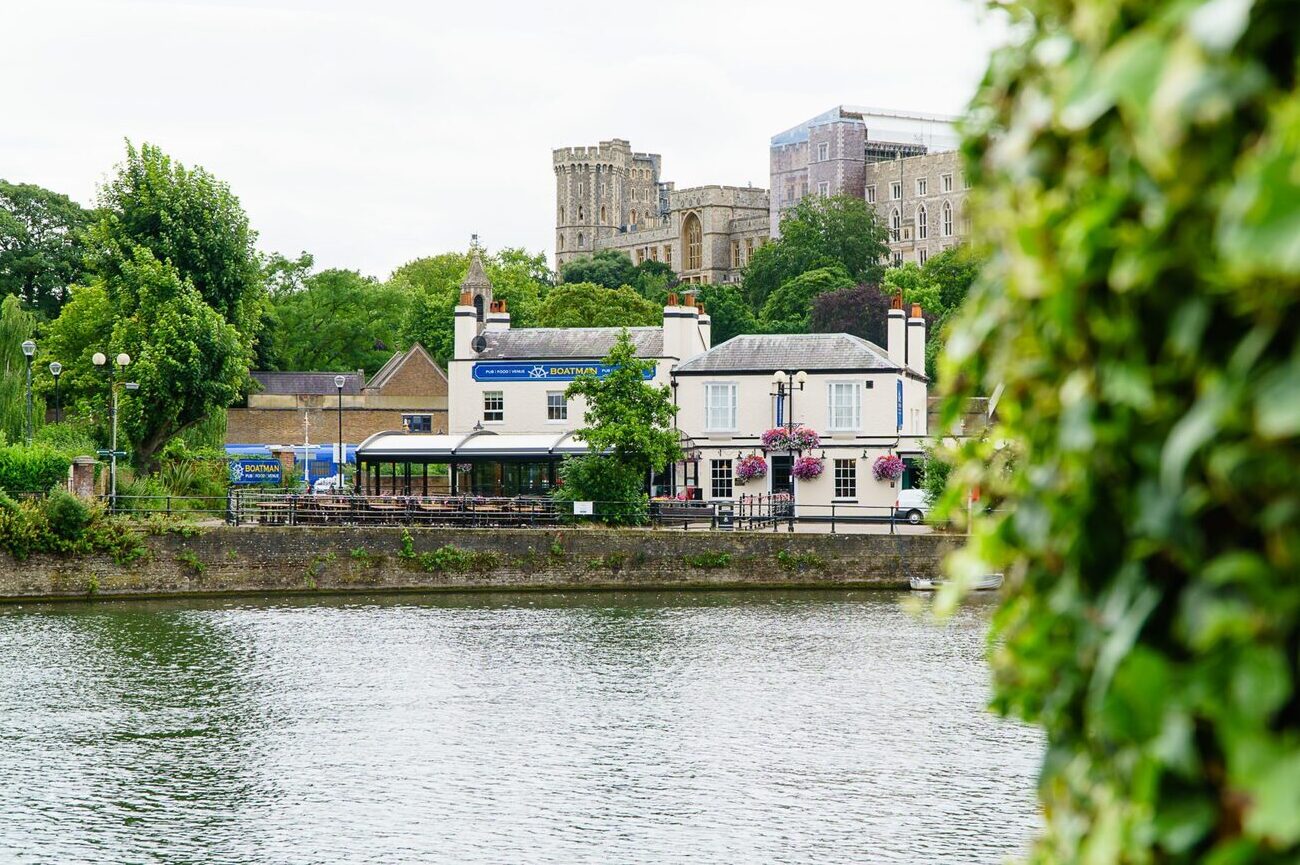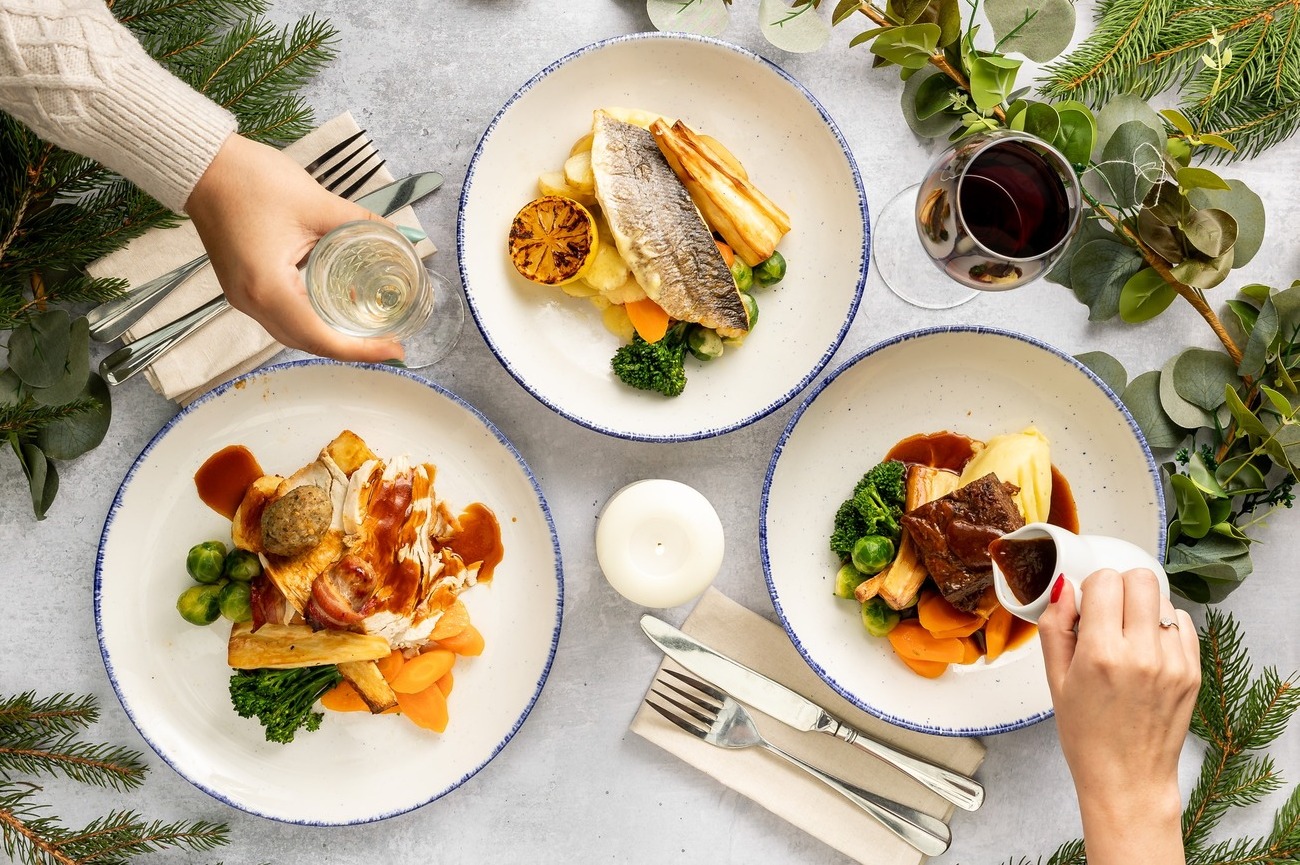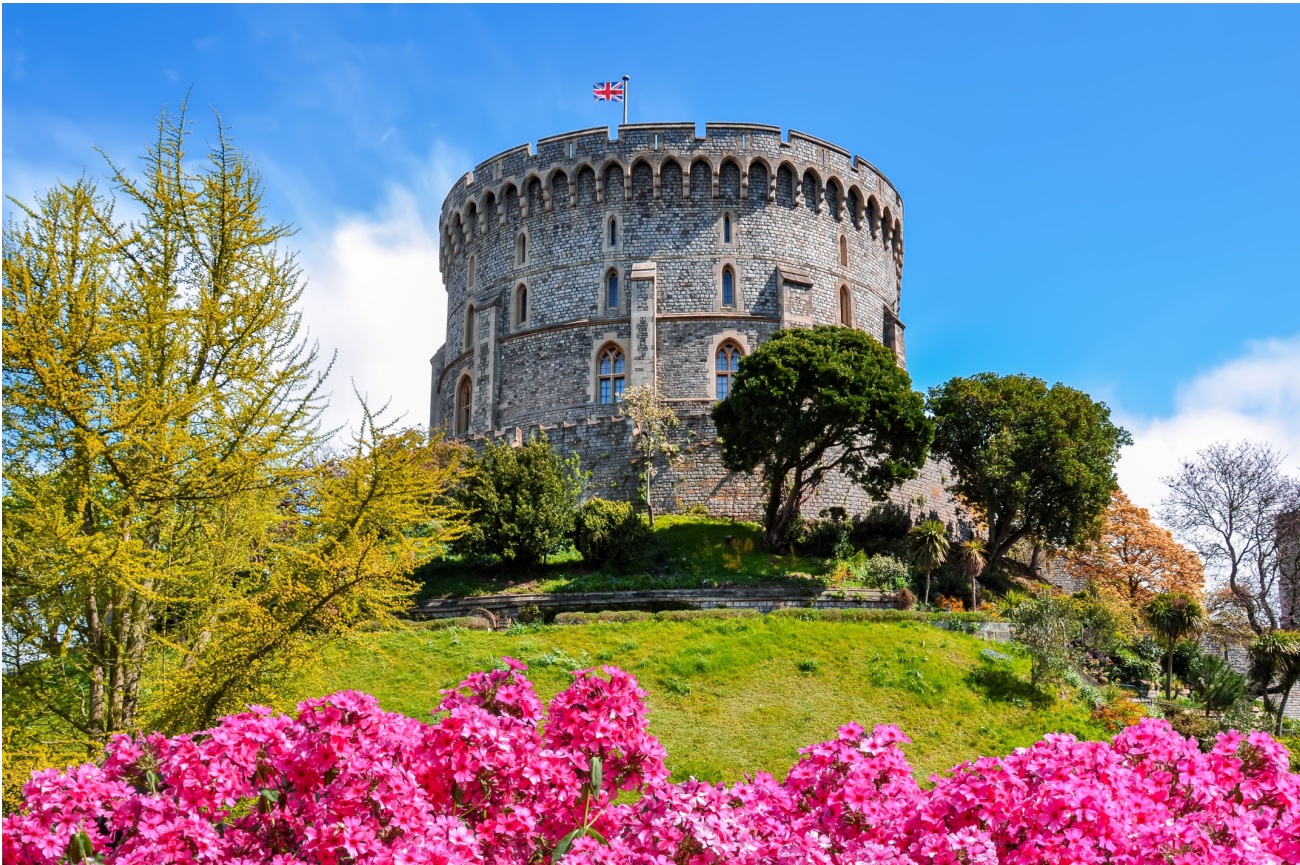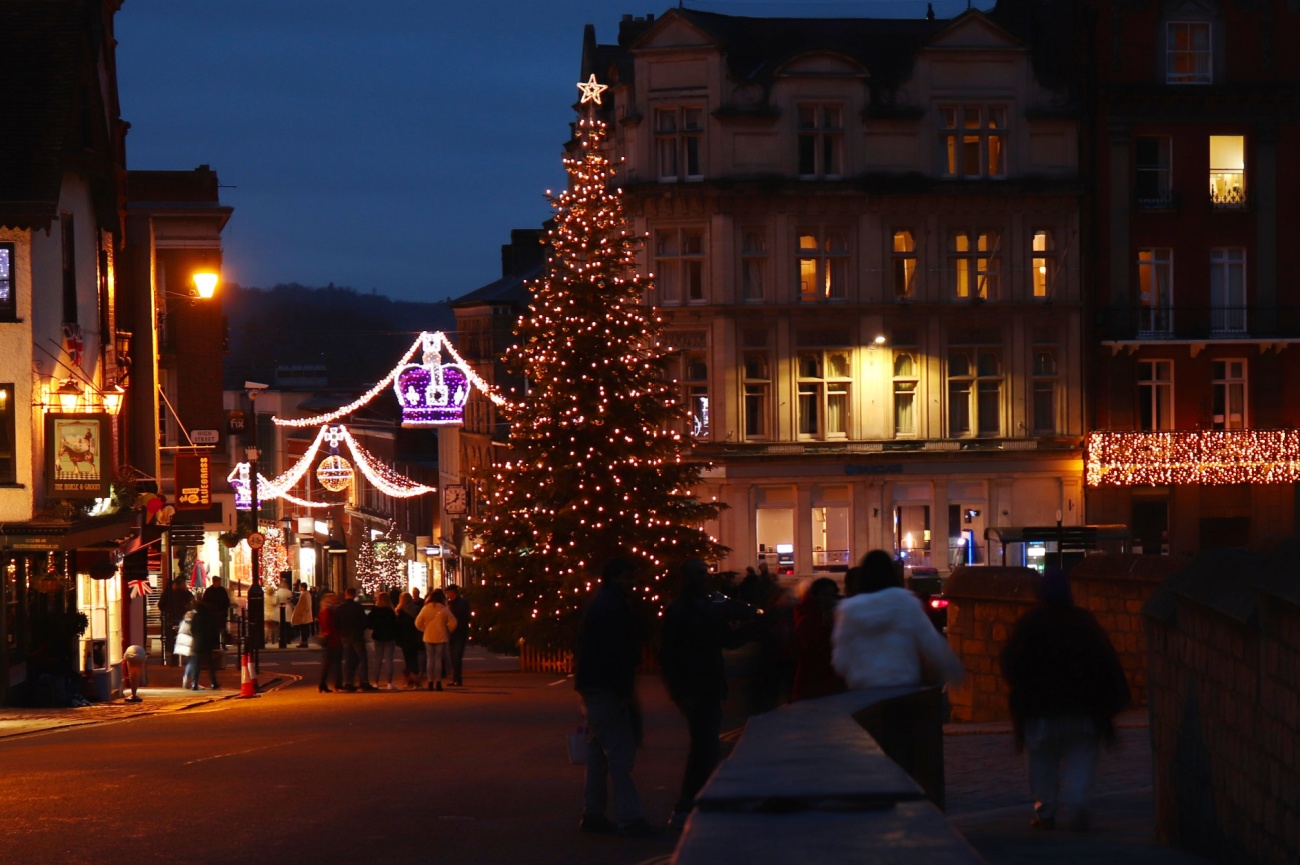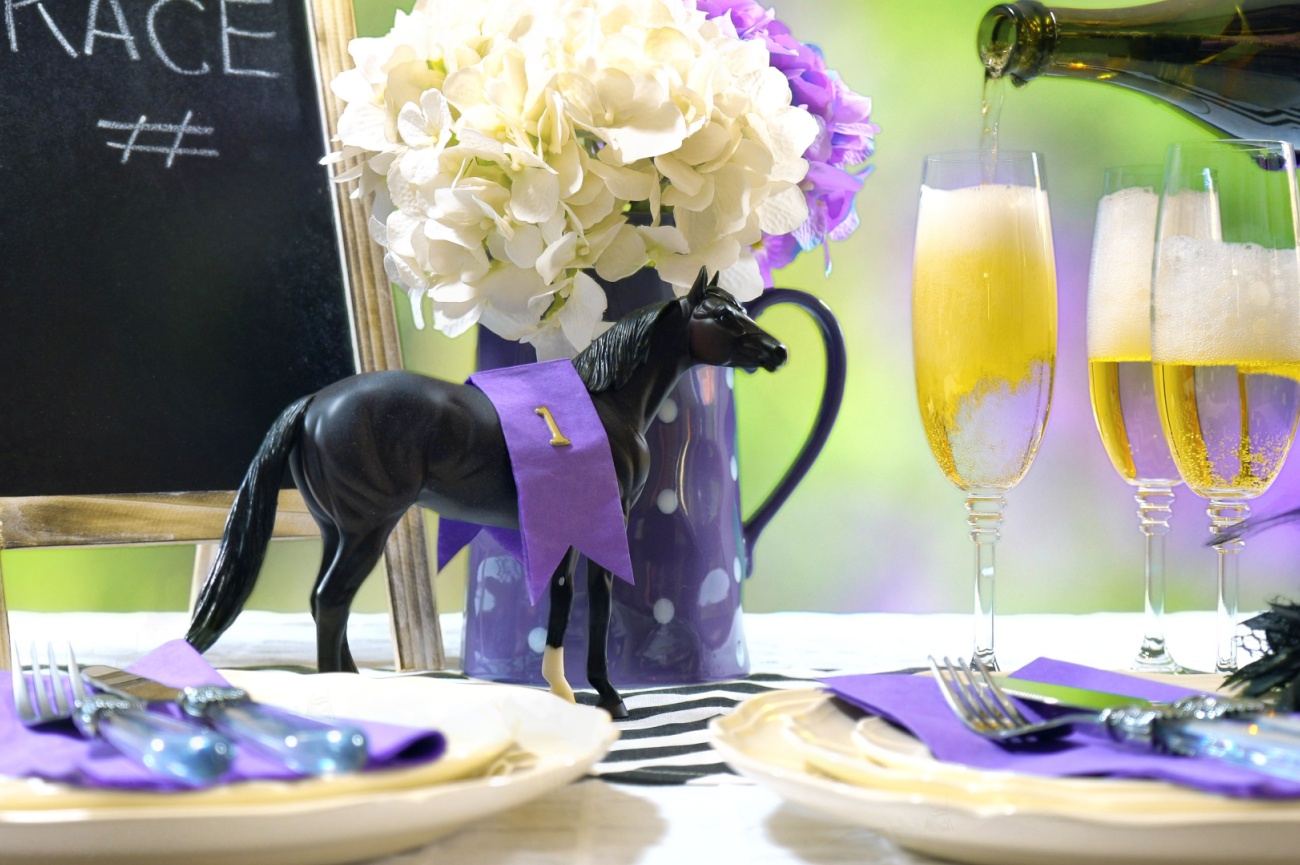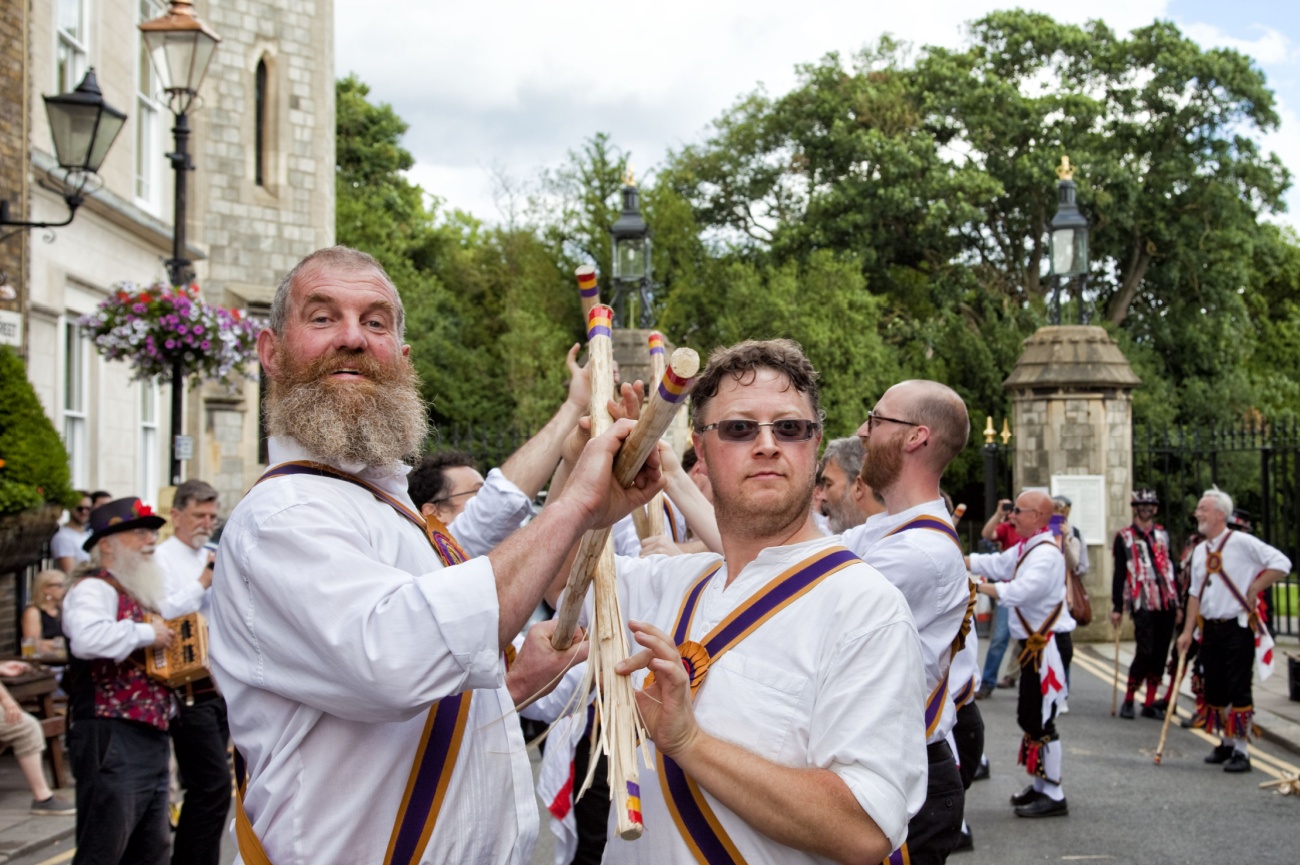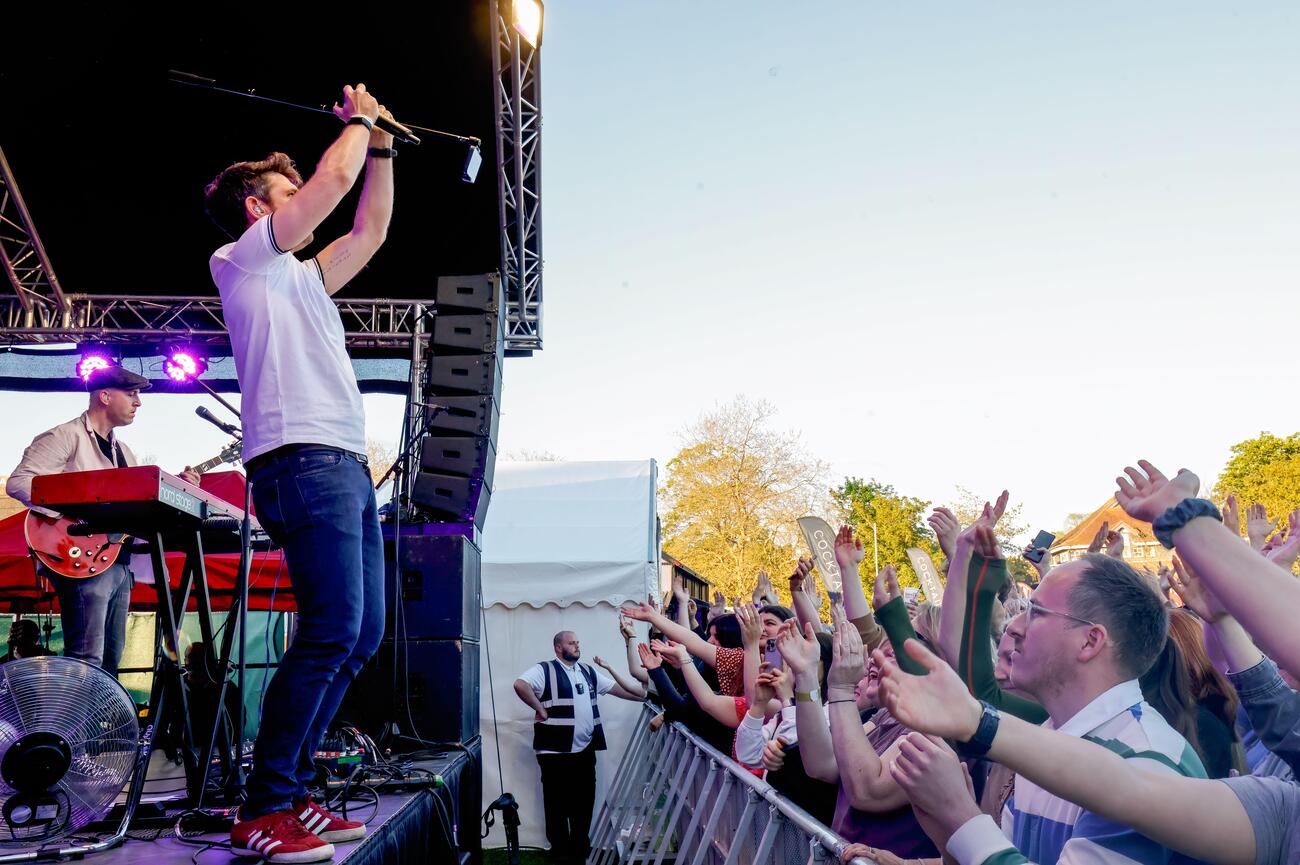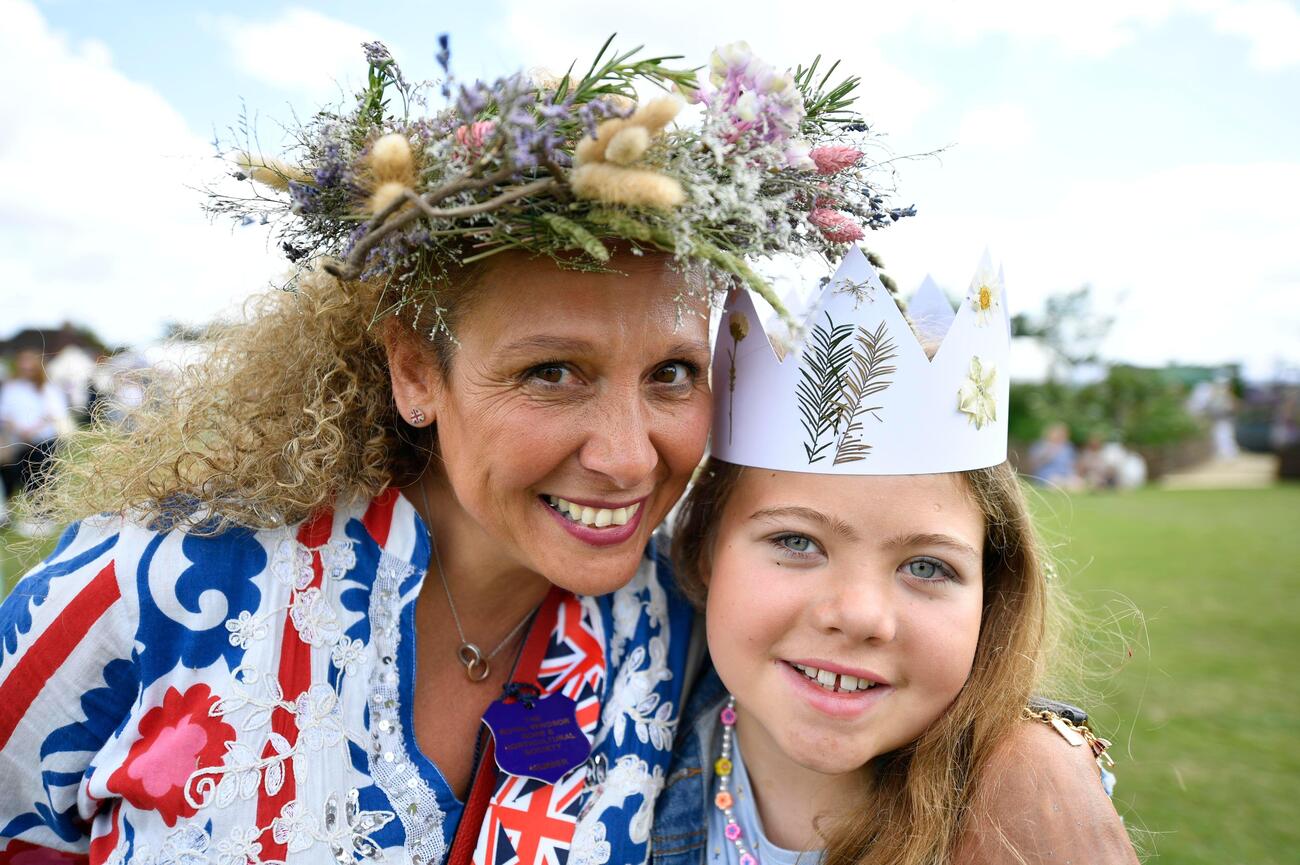Things to Do in Windsor: 3-Day Itinerary
The royal town of Windsor beside the River Thames is synonymous with the British Monarchy and British culture. It is steeped in pre-Norman and pre-Saxon history. The grand Windsor Castle, Windsor Great Park, and Old Windsor tell the stories of the first royalty in England. Across the river in Eton is one of the oldest private and elite boarding schools founded in the Middle Ages. Stroll along cobble streets, admire monuments at every corner and step inside creaking Tudor, Medieval, Georgian, and Edwardian town buildings.
Day 1

Morning: Alexandra Gardens
Start your discovery of Windsor at an Edwardian riverside park, opened by Princess Christian, the daughter of Queen Victoria, in 1902. Peaking above the park trees are picturesque views of the adjacent Windsor Castle, including its stone turrets, towers, and spires. The seasonal 110-foot Windsor Wheel is installed during the summer for aerial views of the city. There is also a Royal Windsor Maze with brick paths, a bandstand with live performances, a mini golf course, a running trail, a seasonal ice rink, and the Diamond Jubilee Water Fountains.
St. George's Chapel
Built in the Middle Ages, St. George's Chapel has hosted many royal weddings and funerals in the last 500 years. The magnificent medieval structure is part of Windsor Castle, which you can access by purchasing an entrance ticket. The construction of the Gothic chapel began 400 years after the completion of the original Saxon Windsor Castle.
Notice the elaborate Quire – the church section where the knights and canons would sit behind the singing choir. On each side hangs detailed Gothic stonework. Above that, the impressive carved vaulted ceilings. Every knight is given a wooden stall in the Quire for the duration of their life, which is why there are the personal plates of knights on display here. Hanging overhead are the helmets, flags, and swords of knights.
As a royal mausoleum, eleven monarchs including Queen Elizabeth II, her father King George VI, and Henry VIII are buried beneath St. George's Chapel.
Windsor Castle
The largest and oldest castle in the world still occupied by royalty is Windsor Castle. It was originally built in the 11th century by William the Conqueror. Since then, it has been the ancient home of 40 British monarchs. You can take in 1,000 years of British royal history by taking a tour of the castle with its staterooms, gold-decorated ceremonial rooms, elaborate and grand drawing rooms, and exhibitions telling the story of this impressive residence. You can also see Queen Mary's doll's house, a gift for King George V's wife in 1921. It even had its own architect, Sir Edwin Lutyens, and the rooms were adorned with miniature furniture and decor skillfully created by the most talented artists and craftsmen in the country.
The Long Walk
A two-and-a-half-mile straight road from Windsor Castle to Windsor Great Park is known as the Long Walk. It was the idea of King Charles II in 1682 after his stay at the Versailles Palace. Inspired by King Louis XIV's formal and opulent French gardens, Charles II expanded the parkland by buying additional land around Windsor Castle and added the Long Walk for royalty and guests to enjoy the views. The vast parkland was opened to the public in 1830. Today, the grand tree-lined avenue is perfect for a long walk. You can also take a horse-drawn carriage ride for an authentic 18th-century experience.
Frogmore House
Walk halfway down the Long Walk to reach Frogmore House, a 17th-century royal private residence owned by the Crown Estate since 1790. The house was originally constructed in 1684 as a private property for Thomas May, the nephew of King Charles II's architect, and named Frogmore after the large number of frogs that lived in the area. Its unique features include pink flower-painted rooms, paintings by princesses, gardens with ornamental ponds, glades, and 4,000 rare trees planted by Queen Charlotte. Frogmore House was later a regular retreat for Queen Victoria who added a gothic tea house and Indian kiosk in the garden. She is buried here in the Duchess of Kent Mausoleum alongside Prince Albert.
Day 1, Morning - Windsor Tour Map
Afternoon: Windsor
Guildhall
For the afternoon, head back to the centre of Windsor to visit the Grade I-listed Guildhall. It was built in the 17th century and is admired for its elegant columns beneath the first floor, where corn was sold. There are two fine statues on either side of the Guildhall, one of Queen Anne, and the other of Prince George of Denmark (the son of Christopher Wren). The building initially served as a town hall but today the Windsor & Royal Borough Museum is housed on the ground floor and an area for events and functions upstairs. It was here that Prince Charles and Camilla Parker-Bowles were married in 2005.
Queen Victoria Statue
Heading north along the High Street you will find the Queen Victoria statue. It was designed by Hungarian-born Sir Edgar Boehm, who was the official Sculptor in Ordinary to the Queen at the time. He made the statue to celebrate Queen Victoria's jubilee in 1887, choosing a base of red granite and the sculpture of the Queen in bronze.
Windsor Bridge
Walk north along Thames Street and cross Windsor's oldest bridge to reach Eton. The bridge was constructed using the latest building material of its time – cast iron. Work began in 1822 and it took two years to complete. The architect was Charles Hollis, who designed the bridge with three wide arches supported by two large granite pillars. Windsor Bridge was made pedestrian-only in 1970 after cracks were discovered in the cast iron. The original plans for the bridge design could not have predicted that it would be heavily used by 20th-century cars, buses, and lorries. By this time, two other bridges had recently been constructed to take traffic over the River Thames. Much-needed restoration work was carried out on Windsor Bridge in 2002, just in time for Queen Elizabeth II's jubilee celebrations.
Eton College Chapel
A Roman Catholic chapel was made especially for the boys attending Eton College. The founder of Eton College, King Henry VI, wished that the Catholic faith be included in the Eton education. High fan-vaulted ceilings web across the chapel's rooftop at an astonishing height. Interestingly, the ceiling was completed in 1959 to replace the original unsafe wooden roof. There are wall paintings in Flemish style and a magnificently decorated organ. The first foundation stone for the chapel was laid in 1441 and took eight years to complete. A Lower Chapel was constructed in 1890 to accommodate the increase in students. More than 500 boys meet in the Lower Chapel every weekday morning.
Eton College
Besides the chapel is Eton College. It is a private and elite boy's boarding school of the highest prestige in England. When it was founded in the Middle Ages, the King intended it to be a school for 25 poor boys to learn grammar. Only Latin was taught and later Greek as well. It was only in the mid-19th century that other subjects were added to the curriculum. Seventy students at the school received a scholarship from the King's Fund to complete their education, and this tradition is still in place. There are also 1,200 students without a scholarship, known as Oppidans, who come from England's wealthiest families. Students have included Prince William, Prince Harry, former Prime Minister David Cameron, actor Eddie Redmayne, and actor Hugh Laurie. Take a 90-minute "heritage tour" organised by Eton College to follow a guide around the campus.
Eton College Natural
History Museum
A small museum was opened in 1875 at Eton College after it was donated the Thackeray Collection of British Birds. The collection continued to grow and now houses more than 17,000 fossils, stuffed animals, 19th-century bird's eggs, and a four-footed duck. There are exhibits about Indigenous Amazonian tribes, the wildlife at Thames Valley, and Captain Cook. The museum is only open one day a week so check the opening hours before visiting.
History on Wheels Motor
Museum
Continue along Eton Wick Road to reach the village of Eton Wick. Head up Common Road and you'll find the History on Wheels Motor Museum. It is a privately funded independent museum from the personal collection of a local named Tony Oliver. On display are a mix of civilian and military vehicles from the 20th century, particularly WWI and WWII. Cars include Cadillacs from 1920-1950, Postman Pat's van, and vehicles from Indiana Jones and the Last Crusade, and Poirot. British, American, Russian, and German military motors include tanks, amphibious cars, and motorcycles. Other military memorabilia from the Royal Air Force and war bicycles are exhibited. There is also a small cinema, air raid shelter, museum shop, and cafe.
Dorney Court
Walk through Eton Wick, a village that predates the Eton College by a few hundred years. Common Road will take you west out of the village and through Dorney Common – a grassy landscape for walking and a site of special scientific interest. Eventually, you will come to Dorney Court, a private Grade I-listed Tudor manor house, which is open for free to the public at certain times of the year. A fee applies if you wish to book a private tour when there are no open days.
The name Dorney means "island of bumblebees" from early Saxon times. In fact, a manor house on this site dates back far in history as the name suggests, first mentioned in the Doomsday Book in 1086. The present Dorney Court was built in 1441 and passed down the generations, now owned and lived in by the Palmer family. The ancient wooden beams and house layout haven't changed much over the years. There is a vaulted great hall, the William and Mary dining room, kitchens, a cellar, and a ghost room. A church, stables, coach house barn, and parklands with grand old yew hedges are also on the estate.
Day 1, Afternoon - Windsor Tour Map
Day 2

Morning: Windsor and Eton Brewery
The town's brewery sits one mile from the heart of the old historic centre. It's a relatively new establishment, opening in 2010, however, Windsor had been known for its beer and brewing skills centuries before. It wasn't until 1931 that the last Windsor brewery closed and no beer was produced for 80 years. Now, the Windsor and Eton Brewery sells two million pints of bitters, golden ale, stout, and lager per year. Take a guided tour of the brewing facilities to see how the machines work in the fermenting process, and which raw materials are needed to produce a deliciously smooth flavour. There are also comedy nights throughout the week at the brewery, a shop, and a taproom to sample the beer.
Baths Island
Walk towards the River Thames and across a wooden footbridge to visit Baths Island. The island was once used for locals to swim in the river, which is the reason for the name. Until the 1960s, Windsorians swam in the river beside the island to practice the sport using a separate area for men and women. Open-air pools were constructed beside the island until 1987 when the Windsor Leisure Centre replaced them. No longer a place for much river swimming, the island is a quiet place to walk, picnic, and enjoy the views of Windsor from the riverbanks. The Bowstring Bridge on the north side is one of the longest brick viaducts in the world, carrying the Great Western Railway over the island.
Windsor Riverside Walk
Walk back over the Baths Island wooden bridge and follow the Riverside Walk footpath towards Windsor Centre. Near the island are canoes, kayaks, and bicycles to hire should you wish to explore the river with a bit more adventure. The path will take you past the Sydney Camm Memorial, which is a full-size replica of a Royal Air Force Hawker Hurricane aircraft held in the air. The memorial commemorates Sir Camm who was born in Windsor in 1893 and went on to design the notable Hurricane, Hunter, and Harrier fighter aircrafts used in the Battle of Britain.
Boat Tour
Along the riverside walk are a few places to join a boat cruise including at the Windsor Promenade. Book a trip onboard to experience an unhurried, calm, and relaxing water excursion along the River Thames. See Windsor's river wildlife such as otters, minks, swans, stalks, Chinese mandarin ducks, and Kingfishers. Take in unspoiled views of Windsor Castle, the town, and the surrounding country fields. Knowledgeable skippers provide a commentary along the route and you can order refreshments at the boat's bar. Some day trips include a hearty ploughman's lunch or an afternoon tea onboard. Stops include Runnymede, Maidenhead, Staines, Chertsey, and Hampton Court.
Windsor Royal Station
From Windsor Promenade, walk along Goswell Road through Alexandra Gardens and turn into the Grade II-listed Windsor Royal Station. Once a Victorian rail station built in 1849 by the Great Western Railway, most of it was converted into a shopping complex and renamed Windsor Royal Shopping in 1997. The station was first named Windsor, competing with the nearby rival railway station, Windsor and Eton Riverside. In 1897, the station underwent remodelling for Queen Victoria's Diamond Jubilee and a royal waiting room was constructed. The waiting room was converted into use for the British Transport Police in 1950, however, today it is part of a restaurant. Visiting the station, there are now 40 boutique shops, continental eateries and cafes with terrace seating, and an arts and crafts market, which is a great way to spend time on a rainy day.
Castle Fine Art Gallery
Within the Windsor Royal Shopping Centre is the Castle Fine Art Gallery. They have compact exhibitions with original and limited-edition art from painters, sculptors, and photographers. Browse collections from world-famous artists such as Bob Dylan, actor Johnny Depp, Billy Connolly, and Marvel comic book prints. The gallery hosts preview evenings, signings, and curated showcases.
Clarendon Fine Art Gallery
From the old rail station, follow Bridgewater Way, passing the Diamond Jubilee Monument. The sculpture depicts a tall spiral with sixty silver metal spheres, inaugurated by Queen Elizabeth II in 2012. You will reach the Clarendon Fine Art Gallery just a few steps from the royal monument. The independent and boutique gallery specialises in works of pop art and street art by Andy Warhol, Banksy, Mr Brainwash, and Marco Grassi, as well as famous original pieces by Picasso and Salvador Dalí.
Day 2, Morning - Windsor Tour Map
Afternoon: Bachelor's Acre
A public open space beside Victoria Street has green grass lawns and grounds for recreational use. Known as Bachelor's Acre since medieval times, young men used the meadow to practice their archery. In those days, a bachelor meant a young amateur knight who followed the banner of another. When long bows were no longer used, men instead practised their gun skills in this space. When the meadow was leased to farmers for pasture, it was stipulated that a pair of butts had to be accessible in the field for bachelors to use for target practice up until 1700. You will see an obelisk on one side commemorating the efforts of locals in cleaning up the field, fixing flooded ponds, and returfing after it became an eyesore with litter and waste in 1809. They celebrated in time for King George III's jubilee with a roast ox and plum pudding, which is still a tradition to this day, as you will see from the plaques. In honour of the late Queen, there is a statue of Queen Elizabeth II with her corgis called The Windsor Lady.
Soldier's Statue
Walk along Sheet Street to St Alban's Street. Here is a bronze statue to commemorate fallen Irish guardsmen. The six-foot figure stands on a plinth 15 feet above the pavement. The artist is a former paratrooper who used bronze salvaged from Iraq and cobbles surrounding the artwork from Afghanistan. The monument depicts a modern-day soldier ready to face his next mission in the Middle East. Here you can watch the Windsor Castle guards march from the Victoria Barracks along High Street to the castle for the Changing of the Guard Ceremony.
Ancient Well
Close by the Soldier's Statue is an ancient brick well with a raised timber covering. There's no plaque or information regarding the origin of the well, but it could be suggested that it was placed here after unsuccessfully trying to build a well in Bachelor's Acre. In 1847, men were sent to dig a well in Bachelor's Acre to supply water to the streets. Hundreds of locals went to defend their communal pasture, which they used for cricket and competitive sports and quickly filled up the well. When police came to stop the people, they were met with flying turf and mud, so this incident was known as the Battle of Bachelor's Acre. The well was swiftly abandoned on the pasture and it's possible it was relocated at St Alban's Street.
Victorian Green Post Box
There are a few different coloured Royal Mail postboxes in Windsor such as blue, red, and green. In 1853 the first "pillar box" postboxes appeared in the UK, however, there were no strict guidelines for their style and it was the local surveyors who chose these features. This green one is hexagonal, one of the very early styles chosen by some local areas. The first postboxes were introduced in Jersey before the mainland and were red, but in 1859, the standardised colour became dark green. Many complaints followed as people struggled to locate the green postboxes, especially in rural areas where the boxes blended in with green hedgerows and trees. Particularly on rainy days with low light, the postboxes were almost invisible. In 1874, the postboxes officially returned to the colour red. If you spot a blue postbox, these were used for airmail.
The Crooked House of Windsor
Sitting shyly beside the Guildhall is a wonderfully wonky little house. There are a couple of stories as to why the house is leaning to one side, as it wasn't always so lopsided. Interestingly, this is the second house to sit in this same small place. The first house was built in 1592 on the edge of the market square, giving it the name Market Cross House. To make space for the Guildhall's construction next door, some 100 years later in 1687, the council tore the house down. A legal battle followed and the house was ordered to be rebuilt exactly as it was. They say that the council was in such a hurry to have the house built, and unwilling to spend a lot of money, that they used unseasoned green oak. When the wood dried after construction, the timber beams began to warp.
Others say that the demolition of the adjacent buildings on either side of the house was the cause. The house sank to one side without additional support. We know it wasn't always crooked as paintings and photographs depict its early years standing straight. Although the three-storey house seems awfully unsafe, as if it may land in a heap at any moment, it is firmly in place! It has been a butcher's shop, a jeweller's, an antique shop, and a cafe.
Queen Charlotte Street
Alongside the Crooked House of Windsor is Queen Charlotte Street – the shortest street in Britain. The ancient cobbled alleyway measures a triumphant 51 feet and 10 inches (16 metres). Spot a blue wall plaque displaying the official information about the street. It features in the Guinness Book of World Records for its minuscule length.
Thames Street
The busiest and most interesting street in Windsor is Thames Street. It has old England charm, lined with shops, pubs, restaurants, cafes, hotels, and the Theatre Royal Windsor, as it flanks the impressive Windsor Castle walls. Admire the jumble of architectural styles of the three and four-storey buildings. There are 18th-century Georgian buildings with sash windows, red or brown brick facades, and decorative motifs. Tudor revival is evident from exposed timber frames and gable roofs. 19th-century Victorian structures feature bay windows, iron railings, and Gothic revival elements. Then, there are buildings with early 20th-century Edwardian origins such as larger windows and red brickwork.
King George V Memorial
Finish your stroll along Thames Street by stopping at the King George V Memorial. The fountain is a fine example of Sir Edwin Lutyens' work. The stone water fountain was crafted in 1937 with a central rectangular pool, two circular raised fountain bowls, and ornate lion-face water spouts. Across from the fountain, there is also a plaque to commemorate the Windsor Martyrs. Three protestant men from the town were burned at the stake in 1543 just North of Windsor Castle. Their supposed crime was opposing Catholic doctrines during the reign of King Henry VIII.
Day 2, Afternoon - Windsor Tour Map
Day 3

Morning: King George III and His Horse Statue
Walk down the Long Walk two miles to the remarkable towering statue of King George III and His Horse. It is often called the Copper Horse, although it is made of iron clad in bronze. The massive sculpture was placed atop a tall mound of rocks on Snow Hill in 1831 and shows King George III riding around his beloved Windsor Castle. The memorial was created at the request of his son George IV. Take in the incredible views from the foot of the sculpture as you look back towards Windsor. From this vantage point, you can see directly down the Long Walk below as it leads into the town. On a clear day, you can see a few London landmarks to the east.
Cow Pond
Continue south through green fields and past the Ox Pond. As you head into the woodland, turn eastward to reach the Cow Pond. Serene waters covered in a carpet of water lilies and surrounded by reeds and rushes date back to the 18th century. It was once a marsh used by farmers to let their cows drink water and was later landscaped in the 1740s by King George III and Queen Charlotte. The improved surroundings enhanced the views across Windsor Great Park and the parkland around the Cumberland Lodge nearby. While its initial purpose was to act as a watering place for livestock, the Cow Pond is now only an ornamental lake. It was renovated in 2012 for Queen Elizabeth II's Diamond Jubilee with the addition of an oak arbour and footbridge.
The Savill Garden
Amble south through Chapel Wood dense with Japanese maple, oak, beech, and silver birch trees. Soon you will come to Windsor Great Park's Savill Garden. There are 35 acres covering woodland, a rose garden, a Golden Jubilee Garden, a Mediterranean dry garden, and landscaped lakeside parkland. The gardens were named after Eric Savill, the deputy surveyor of Windsor, who created the Savill Gardens in 1932 by order of King George V. A garden for all seasons, the formal planting provides colour all year around with spring magnolias, crocus, daffodils, Japanese cherry trees, Hydrangeas, rhododendrons, winter jasmine, snowdrops, purple heather, Mahonias, and Daphnes. The Queen Elizabeth Temperate House is home to exotic plants, ferns, and palms from around the world.
Heather Garden
Pass by the tranquil Obelisk Pond and 85-foot Cumberland Obelisk to see the Heather Garden. Many heather varieties cover 2.5 acres in all shades of pink, yellow, white, red, and purple. Neatly arranged large heather beds are immaculately presented beneath hulking evergreens and pine trees.
The Valley Gardens
Two hundred and fifty acres of undulating valleys above the Virginia Water were established as formal gardens in the 1940s. The beautiful work of Eric Savill artfully cleared certain wooded areas to highlight views across the waters and other viewpoints. Footpaths and horse riding trails were crafted through Scots Pine, oak, maple trees, azaleas, and Himalayan and Chinese birches.
Virginia Water Lake
Three hundred years ago, Virginia Water was just a humble pond. As the park ranger of Windsor Great Park in the mid-18th century, King George II's son had the idea to transform the pond into a grand lake. He worked with the architect Henry Flitcroft in 1752 to begin the work, however it took 40 years to complete. It was the first artificial lake before reservoirs were commonplace in England. A vessel rested on the water from 1750 to 1780 as a decorative element. It was an old ship redecorated as a Chinese Junk but it supposedly sank before 1800. Walking around the lake today, you can visit the Virginia Water Pavilion, a 30-foot waterfall named the Cascade, and the Leptis Magna Ruins. The ruins are real Roman ruins taken from Leptis Magna in Libya. They were placed beside the lake in 1826 after spending a short time in the British Museum.
Five Arch Bridge
A stone five-arch bridge lies on the western side of Virginia Water. Originally a wooden high bridge, it was replaced with stone construction in 1790. It was rebuilt again by Sir Jeffry Wyatville's design with its famous five grand arches in 1829. The stonework is stunning from any angle you find it. There are usually delicate water lilies, ducks, and swans around the bridge's pillars that sit in the lake.
Day 3, Morning - Windsor Tour Map
Afternoon: Old Windsor
An ancient 9th-century Saxon village two miles southeast of Windsor is Old Windsor. Until recently, Windsor was referred to as New Windsor to distinguish between the two places. Old Windsor dates back to 4100 BC and was a Roman settlement during the rule of the Roman Empire. The Saxons developed this village where they built a royal palace and a seat of government. The Normans followed and it became the seat of Edward the Confessor. Old Windsor became much less important once Windsor Castle was built upstream. Today, you can walk through the village and visit the old Saxon Palace Site, Grade II-listed St Peter and St Andrew's Church with its ghost arch, and walk along the riverside Thames Path. You can see clues of the village's long history in the street names such as Saxon Way, Tudor Lane, and The Friary.
The Jurors
Walk along the riverside to reach the National Trust Runnymede. The countryside, woodland, Langham Pond, Cooper's Hill, Ankerwycke, and ancient meadows around Runnymede are under the care and protection of the National Trust. This includes the sculptures of the Jurors, the John F Kennedy Memorial, the Magna Carta, and Writ in Water. Runnymede is a field used for outdoor council meetings since ancient times, probably since the Saxon period, if not earlier. The Magna Carta was sealed here, making this meadow a historically important site as the birthplace of the modern legal system, democracy, and individual rights. The Jurors are the first sculpture in the north part of the meadow made up of twelve bronze chairs with symbolic artwork. It references Clause 39 of the Magna Carta, which states that no man can be imprisoned “except by the lawful judgment of his equals or by the law of the land.”
John F Kennedy Memorial
Follow fifty steep steps each representing an American state, to reach the JFK Memorial. A great piece of Portland stone, weighing seven tonnes, stands amidst the Runnymede woodland. Etched into the stone is the inaugural speech given by President JF Kennedy in January 1961. The site of Runnymede was chosen for the American memorial as the Magna Carta heavily influenced the constitution created for the people of the USA. This ties in with the themes of freedom and democracy shared by the late President. Queen Elizabeth II gifted the one-acre portion of land around the stone to the USA when she opened the memorial in 1965. So, as you stand next to the memorial, you are stepping on American soil. Head to the viewing point further up the hill for amazing vistas over the riverside meadow.
Magna Carta
A stone gazebo with a star-studded ceiling and a stone carved with a dedication to the Magna Carta lies along the meadow. At this very place in 1215, the Magna Carta was given the King's seal to show his agreement with the document. The writing was called the Magna Carta, or the Magna Charter – meaning Great Charter – a peace treaty between King John and a group of rebellious barons. It came at a time when the King of England was criticised for not obeying the law, for throwing citizens into prison for no reason, abuse of power, and authoritarian rule. The Magna Carta outlined the foundation for legal and constitutional systems that allow democracy to reign. Surprisingly, the Magna Carta memorial was commissioned by an American heiress, Lady Fairhaven, alongside two lodges, two kiosks, and another stone monument with an urn. She had paid for the purchase of the Runnymede land in 1929 after it came under threat of development, donating the site to the National Trust.
Writ in Water
A circular concrete building sits at the foot of Cooper's Hill. It is an architectural artwork installation known as Writ in Water. The structure is made of rammed earth using crushed locally sourced stone and sand, giving the walls their texture. Inside is a single chamber with a circular stainless steel water pool. Reflected in the still water, you can read an inscription taken from the Magna Carta. Above, there is a partially open roof made of Douglas Fir timbers. The artist behind the design is Mark Wallinger, who wanted the structure to be where visitors reflect on the fragility of human rights.
National Trust Ankerwycke Yew
On the other side of the River Thames is a 2,500-year-old tree known as the Ankerwycke Yew. It is one of the oldest trees in the UK and takes its name from the word anchorite, meaning a recluse nun or a monk who chose to live in an enclosure similar to a prison cell. It is believed an anchorite lived at the great tree centuries ago. The site became a priory, a small Benedictine nunnery, in the 12th century, and its ruins can still be seen to this day. In the 16th and 18th centuries, a manor house stood here. In the 1930s it became a popular nightclub with a swimming pool for celebrities. The house no longer exists after it was abandoned.
Runnymede Air Forces
Memorial
Designed by the architect Sir Edward Maufe in 1953, the Runnymede Air Forces Memorial sits on Cooper's Hill on the edge of the National Trust field. It is a cemetery to pay tribute to those who served in WWII in the Royal Air Force but have no graves. 20,000 names of men and women are carved into the memorial. There is a sculpture, engraved glass, painted ceilings, and a poem on a gallery window.
Deer Park
Continue walking west and pass the village of Bishop's Gate. You will come to the deer park belonging to the Windsor Great Park. The deer are a reminder of the origins of the parklands as a Norman hunting forest. Over the centuries, it continued to be a favourite royal hunting and riding ground. Around 500 red deer and stags live in the park, the descendants of the deer introduced in 1979.
Day 3, Afternoon - Windsor Tour Map
Day Trips from Windsor
- London: 25 miles from Windsor is the UK's capital city, London. It's a 45-minute drive or a 45-minute train ride to Central London, where you can explore countless museums, visit some of the world's most famous landmarks, see royal palaces, and soak up more British culture.
- Surrey Hills National Landscape: A majestic area of natural beauty (AONB) covering 163 square miles of English countryside, parks, gardens, farmland, towers, lakes, and hills. Hike the Devil's Punch Bowl, climb 74 steps inside the 18th-century Leith Hill Tower, amble around the 13th-century Fresham fishing ponds, visit the Rural Life Living Museum, and tour the local villages. It is just over one hour's drive from Windsor.
- Reading: Head west 35 minutes by car or one hour by train from Windsor to reach the town of Reading. Discover the ruins of a 12th-century abbey and the Victorian Forebury Gardens. Other popular attractions are the Thames Lido Pool, Caversham Court Gardens, 19th-century St James' Church, and Basildon Park.
- Colne Valley Regional Park: 40 square miles of countryside and reservoirs are 25 minutes by car or two hours by bus from Windsor. Northeast near Uxbridge, the park offers 60 lakes and 124 miles of rivers and canals. There are walking trails, canal boat tours, woodland cycle paths, golf, and fishing.
- Maidenhead: A pretty market town beside the River Thames dating back to the Stone Age. For history, visit the Maidenhead Heritage Centre and for arts and culture, visit the Norden Farn Centre. To enjoy some green space, head to Ray Mill Island. Maidenhead is just an 18-minute drive or 30-minute train ride from Windsor.
- Oxford: An hour's drive or one hour and a half by public transport northwest from Windsor. The city is famous worldwide as the home of the prestigious Oxford University, dating back to the 12th century. The medieval city centre is full of quaint cafes, shops, and pubs.
- High Wycombe: Half an hour by car or one hour twenty by bus from Windsor. This market town lies in the River Wye Valley on the edge of the Chilterns National Landscape. Notable attractions include the manmade Hellfire Caves, the National Trust Hughenden Manor, and the Wycombe Museum.
- Painshill: An award-winning 18th-century landscaped garden with crystal grotto, Serpentine Lake, ruined abbey, Gothic temple, and a Turkish tent. Drive (45 minutes) or take public transport (two hours) to reach Painshill from Windsor.
- Hampton Court Palace: A Baroque Grade I-listed royal pleasure palace in London built in 1514. It later became the home of King Henry VIII who brought six wives to the palace in the Tudor dynasty. There are lavish state apartments, a throne room, Tudor kitchens, 60 acres of gardens, and a maze to explore.
- Stoke Poges Memorial Gardens: A Grade I-listed garden built in 1934 in Slough covering 22 acres of Stoke Park. There are 500 family gated gardens, water features, flowers, ponds, and wisteria covered archways. The gardens were designed to have no buildings or monuments of a typical cemetery.
- Cliveden Gardens: 80 acres of formal gardens managed by the National Trust in Buckinghamshire. The planting has colour all year around, a rose garden, a chapel, an Oriental water garden, and a maze. Visit the 17th-century luxury country house for a tour, once the home of the Astor family, now a five-star hotel.
- Kew Gardens: Over 40,000 exotic plants live at the UNESCO Royal Botanical Gardens at Kew. There are huge 17th-century greenhouses, a treetop walking, and a library with over 750,000 volumes of botanical illustrations. It is in Richmond, half an hour driving from Windsor.
- Richmond: An affluent neighbourhood in London in southwest London by the River Thames. It is home to Ham House and Garden, ancient woodland and deer at Richmond Park, Richmond Theatre, Marble Hill House, and the Landmark Arts Centre.
Other Things to Do in Windsor
- Theatre Royal Windsor: View a play or take a guided tour of an Edwardian theatre beside Windsor Castle. A playhouse has stood on this site since 1815 and in fact, the current theatre today is the second building. The first one was destroyed by fire and the second theatre was constructed in 1910.
- Liquid Leisure Wake Park: Between the Queen Mother Reservoir, the River Thames, and the village of Datchet is a water activity park. For the energetic and the adrenaline junkies, there is a floating inflatable water obstacle course, wakeboarding, open-water swimming, and speedboat rides.
- Bray Marina: Located at Bray, near Maidenhead, is a 400-berth marina. Take a boating lesson, get to know the boating club, or dine at the Mediterranean bar and restaurant boasting glorious riverside views.
- Bray Lake: Try some adventure by spending the day at Bray Lake. The watersports centre offers lessons and equipment for kayaking, canoeing, sailing, stand-up paddleboarding, open-water swimming, and windsurfing.
- Windsor Parish Church St. John the Baptist: The civic church of Windsor, the Church of St. John the Baptist, was built in Gothic Revival style in 1822. Before this, the church site was a religious building with Norman and Saxon origins. The Georgian church has grand interior columns, a flat-panelled ceiling, a wide nave, a fabulous 1906 organ, and a grand piano still used today in concerts. The 19th-century stained glass windows depict the angel Gabriel, King David, Windsor Castle, and Jesus' teaching. You will also see an impressive Last Supper painting and numerous memorials. Make sure not to miss concerts, organ recitals, and choir performances, which are part of the strong musical tradition at the church.
Things to Do with the Kids in Windsor
- Adventure Play at Windsor Great Park: An enchanting little wooden village and huge adventure climbing park for kids to explore. The village has wonky cottages complete with thatched roofs. The play park weaves around the woodland with turrets, tunnels, towers, slides, treehouses, and hand-carved sculptures. The adventure play park is an 8-minute drive or half-an-hour bicycle ride from Windsor.
- Legoland: There are six water rides and four rollercoasters at Legoland Windsor. The theme park lets kids and adults immerse themselves in the imaginative world of Lego with Miniland and its recreation of famous landmarks, a magical forest, a kids' driving school, and a water play park. The park is an 8-minute drive or 20-minute bus ride from Windsor.
- Maidenhead Mini Golf: A dinosaur-themed 18-hole crazy golf course at Braywick Park in Maidenhead. Travel back in time to the Prehistoric period surrounded by terrifying dinosaurs to navigate the course across little hills, a cascading waterfall, standing stones, and a mini lake. Finish with Belgian waffles in the clubhouse. The course is a 15-minute drive or 40-minute bicycle ride from Windsor.
- Thorpe Park: Brave the UK's tallest and fastest rollercoaster, Hyperia, at the family theme park, Thorpe Park. There are 30 thrilling rides including Stealth, the UK's fastest accelerator rollercoaster and Ghost Train, a horror experience with actors and special effects. Younger children will love the Rumba Rapids, Mr Monkey's swinging ship, and the water park. Thorpe Park is a 20-minute drive from Windsor.
- Hounslow Urban Farm: Pet and feed barnyard animals, see reptiles, and meet beautiful creatures such as alpacas, Shetland ponies, barn owls, chinchillas, chipmunks, and peacocks at one of London's largest community farms. It covers 29 acres of open pasture to spend time around the animals where they graze, sleep, and play. The farm is a half-an-hour drive from Windsor.
- Jump In Trampoline Park: A trampoline park is perfect for hyper-energetic kids, especially on rainy days. An 18-minute drive from Windsor to Slough, the Jump In Trampoline Park has 40 indoor trampolines, airbags, a battle beam, trampoline dodgeball, a wipe-out ring, and a soft play area.
- Windsor Leisure Centre: Indoor leisure and sporting facilities within walking distance from the centre of Windsor. There is a huge family pool with a water slide and wave machine, a multilane swimming pool, a gym, fitness classes, sauna, steam room, and hot tub.
- The Jelly Lounge: In the heart of Windsor is an indoor soft play centre notable for its vibrant crochet-style hammocks, climbing frames, and swinging chairs. There are slides, obstacle-course style platforms, and space hoppers as well as a cafe and kids' workshops.
- Windsor Duck Tours: Kids will go crazy for this Windsor tour like no other. The tour starts by road before driving straight into the River Thames in a special, bright-yellow, Duck-themed amphibious vehicle. The live commentary is fun and entertaining to engage families with young children.
- Queen Mary's Doll's House: The largest and most-famous doll's house in the world lies in Windsor Castle. It is a big hit with children who can admire the amazing detail included in this replica of an Edwardian townhouse. The doll's house was designed by an architect and even has running water and electricity.
- Coral Reef Waterworld: Water fun for families at an indoor leisure centre in Bracknell. There are five giant water slides with lights, rapids, an interactive pirate ship, an erupting volcano, and an adults-only area with a hot tub, sauna, and steam room.
- Lapland UK: Go on a Christmas adventure in a fully-immersive themed festive park. Near Ascot, the park takes you on a journey into the magical Elven World with an enchanted forest, real reindeer, a wooden village, an indoor ice rink, a toy factory, letter writing, gingerbread decorating, and of course, meeting Mr and Mrs Father Christmas.
- Bekonscot Model Village and Railway: The world's oldest model village in Beaconsfield, opening in 1929. There are six miniature fictitious 1930s villages with rivers and lakes, and replicas of well-known local buildings across 1.5 acres of gardens. A long garden model railway, a ride-on railway, and remote-controlled boats are also featured.
Windsor Golf Courses
- The Home Park Golf Course: A 9-hole course within the private grounds of Windsor Castle designed by Samuel Mure Fergusson in 1901. It is also known as the Royal Household Golf Club. It is an unassuming and less extravagant golfing site with a wooden pavilion, small greens, and strategic bunkers.
- Wycombe Heights: Two 18-hole golf courses including a short and a long course at High Wycombe. John Jacob designed the courses to make use of the chalk hills. The location is perfect for taking in the scenic Chiltern views. There are first-class facilities including a state-of-the-art 26-bay driving range.
- Huntswood: Between Taplow and Burnham, just ten minutes by car from Windsor, is a terrific golf course. It offers one 18-hole course with immaculate greens and a well-kept landscape. The clubhouse has panoramic views of the 18th fairway. It is one of the most popular golf courses in Buckinghamshire since it opened in 1996.
- Stoke Park: An 18-hole golf course at a five-star country club, hotel, and spa. In the 18th century, the grounds were originally landscaped by Capability Brown. A golf course was designed later by Harry Colt in 1908 around huge stately trees. The fairways are wide and the course overlooks an 18th-century palatial mansion designed by James Wyatt.
- Burnham Beeches Golf Park: A challenging and traditional 18-hole parkland course founded in 1891. The course was redesigned by JH Taylor in 1902. It is surrounded by a beautiful thickly wooded area near Slough.
Windsor Racecourses
- Royal Windsor Racecourse: A racecourse set in 165 acres of countryside in Windsor with royal connections and a unique figure-of-eight course. Racing began on this site before it was a formal racecourse in 1866. There are around 25 racing fixtures per year.
- Ascot Racecourse: Founded in 1711 by Queen Anne, the racecourse lies on Ascot Heath. There are 18 days of flat racing each year with around 115 races during summertime. A five-day Royal Ascot starts with a royal procession before the races, a tradition that started in 1825.
- Kempton Park: A racecourse in Sunbury-on-Thames in Middlesex. The first race took place in 1878 and today it is still home to the annual King George IV Chase on Boxing Day. There are 70 race fixtures per year.
- Sandown Park: Another old racecourse founded in 1875. It sits in Esher in Surrey and hosts five Grade One National Hunt races and one Group One flat race. Sandown Park was a favourite of the Queen Mother.
Where to Stay in Windsor
- Cliveden House (5 stars): Cliveden House, a prestigious luxury Relais & Châteaux hotel in Buckinghamshire, England, just 7 miles from Windsor, boasts a rich 17th-century heritage and has attracted notable figures, including aristocrats, royals, movie stars, and political leaders. Among its famous guests is Meghan Markle, who stayed here before her wedding to Prince Harry.
- Monkey Island Estate (5 stars): In the village of Bray, 6 miles from Windsor, lies the sumptuous Grade I-listed hotel with New York interiors by Champalimaud Design. It sits on Monkey Island in the middle of the River Thames amongst 7 acres of grounds. There are 30 fine bedrooms and suites, as well as a spa.
- Coworth Park (5 stars): A countryside retreat hidden 7 miles from Windsor in Ascot. The hotel was originally built as a mansion for a wealthy East India merchant in 1776. Now owned by the Dorchester Collection, this fine establishment is set within 240 acres of parkland and offers 71 impressive bedrooms and suites, a swimming pool, a gym, and Michelin-star dining.
- Castle Hotel Windsor (4 stars): A stately city centre hotel just a five-minute walk from Windsor Castle. The hotel was built in 1528 and originally named The Mermaid Inn. Later, it became famous for its royal connections and as the hotel where the Duke of Wellington dined after the Battle of Waterloo. There are 108 well-appointed rooms with modern decor, discounted access to a nearby gym, and perfect views of the Changing of the Guard.
- The Sir Christopher Wren (4 stars): Choose from 133 serene bedrooms, suites, and apartments on the banks of the River Thames. The hotel has a mix of contemporary, vibrant interior design, and Tudor-style rooms. The 17th-century Heritage House is characterised by exposed timber beams and original floorboards. There's also a gym and sauna.
- Christopher Hotel (3 stars): A 300-year-old boutique hotel in the heart of Eton and an 18-minute walk or 9-minute drive from Windsor. The building was originally a coaching inn established in 1711 and still features an arched entrance for horse-drawn carriages and a courtyard. There are 33 contemporary and colourful rooms and a traditional British pub bar.
Where to Eat in Windsor
- The Waterside Inn: A luxurious restaurant on the River Thames at Bray boasting three Michelin stars. The highly-esteemed chef Michel Roux opened the establishment in the 70s and is now run by his son, Alain Roux. The classic French cuisine includes lobster, red mullet, Devon crab, and raspberry souffle.
- Fat Duck: Another three-Michelin-star restaurant resides in the village of Bray. Fat Duck is the creation of Chef Heston Blumenthal and sits inside an ambient 16th-century building on the High Street. The menu is described as theatrical, imaginative, and unique with harmonious flavours and textures.
- Hinds Head: Bray has it all with its third all-star fine dining restaurant. Hinds Head on the High Street holds one Michelin star for its glorious British cuisine. Heston Blumenthal's informal 15th-century gastropub has traditional decor with low ceilings and timber beams. The food packs a punch with cult favourites such as fish and chips, oxtail and kidney pudding, and ribeye steak.
- The Loch and the Tyne: A cosy country inn set in Old Windsor with food awarded a Bib Gourmet merit from the Michelin Guide. Pub classics designed by Chef Adam Handling include Sunday lunch, posh fish and chips, butter chicken, and tatty scone. Sophisticated lobster tart and twice-baked souffle are mentioned as being divine.
- Côte Windsor: A French riverside brasserie on the banks of Eton serving British and French dishes. There is a terrace for outdoor dining on dry days where you can watch boats gently go by. All-day dining means breakfast, lunch, and dinner options are available any time you please.
- The Boatman: A top-rated 19th-century pub on the River Thames in Windsor. Enjoy hearty burgers, fishcakes, slow-cooked lamb shoulder, and crayfish linguine while looking out to the riverside views of Eton Bridge. The food is affordable and the pub is dog-friendly.
- The Duchess of Cambridge Pub: A traditional pub in the heart of Windsor with a local atmosphere. The decor is eclectic with exposed brick and floral wallpaper, yet welcoming with old fireplaces and typical wooden pub furniture. Cumberland sausage and mash, homemade pies, and ham, egg, and chips are delicious filling meals to warm you up from the cold British weather.
Best Time to Visit Windsor
- Late spring to early autumn: This is the peak time to visit Windsor. This is the perfect time to avoid winter closures, where many local attractions have reduced opening hours, avoid freezing temperatures, and experience longer days. August is usually the busiest time in Windsor with tourists crowding Windsor Castle and the restaurants. Avoid the long queues and experience a calmer, more relaxed city, by staying in May, June, and September.
- Christmas festivities: A few Christmas traditions known around the world originated from Windsor. Queen Victoria and Prince Albert started the much-loved idea of decorated Christmas trees inside the home. Tours of Windsor Castle in December are a real spectacle with huge glittering Christmas trees in every room. Pubs and hotels are decked with wreaths, baubles, and a cosy ambience with open fireplaces. Of course, don't miss the ice skating in Alexandra Gardens and outdoor Christmas markets.
Windsor Festivals
- The Big Ascot Food and Wine Festival: In early September an event boasting food stalls, BBQ displays, live music, and live displays from top Michelin-star chefs arrives at Ascot Racecourse. There are races including the Lady Amateur Jockeys Handicap Stakes.
- Norden Farm Kite Festival: At the beginning of September it is the Kite Festival hosted by Norden Farm at Boyn Grove Park. It is a free family event to finish the summer holidays with a day full of kite-flying, kite workshops, food stalls, picnics, live theatrical and gymnastic performances, and live music.
- Windsor Festival: The annual Autumn Festival runs for two and a half weeks from mid-September until the start of October. Spectacular concerts, shows, and performances are held by some of the world's best musicians, writers, and artists in various venues across Windsor.
- Maidenhead Festival: A free public event for two days every July in Maidenhead. There is a sandy beach, live music on stage, street food stalls, a fun fair, and a fireworks display.
- Ascot Beer Festival: One of the largest beer festivals in southeast England during October. It is held at the Royal Ascot Racecourse with over 160 ales, beers, ciders, and perries on offer. There is also live music and flat races.
- Windsor Fringe Festival: Two to three weeks of arts, culture, and performances from the end of September until early October. It is the second-oldest fringe festival in the UK after Edinburgh. There will be impressive comedy, dance, music, drama, and art shows.
- Royal Windsor Flower Show: A one-day event in Windsor Great Park every June. It celebrates gardening, horticulture, cooking, and crafts with a British competition marquee, stunning plant and flower displays, talks, workshops, and exhibitions.
Our offices:
